After six years on the market, the second-generation Kia Cee'd is getting ready to retire at the end of the year. Replacing it is the third-generation model, a more modern hatchback updated to the company's new design language and fitted with Kia's latest technology. On top of that, the Cee'd name was replaced with Ceed. The hatchback makes its global debut at the 2018 Geneva Motor Show in March.
Also designed, developed, engineered, and built in Europe, the new Ceed aims to account for an even greater proportion of Kia’s European sales. Specifically, the Korean brand is hoping to sell more than 700,000 units and more than 16 percent of its European sales. Kia didn't say why the Cee'd badge was replaced with Ceed, but it points out that it consolidates its reputation as "a car for the Community of Europe, with European Design." Well, I guess they finally realized that car names and badges need to be simple as possible, so I happy to see the apostrophe go.
As until now, the Kia Ceed will go against tough competition in Europe. Although both the Volkswagen Golf and Ford Focus are fairly old, they're still highly popular and in line to get redesigned versions soon. Then there's the Hyundai i30, a solid proposition in this niche. Let's see what the new Ceed has to offer.
Continue reading to learn more about the Kia Ceed.
2018 Kia Ceed
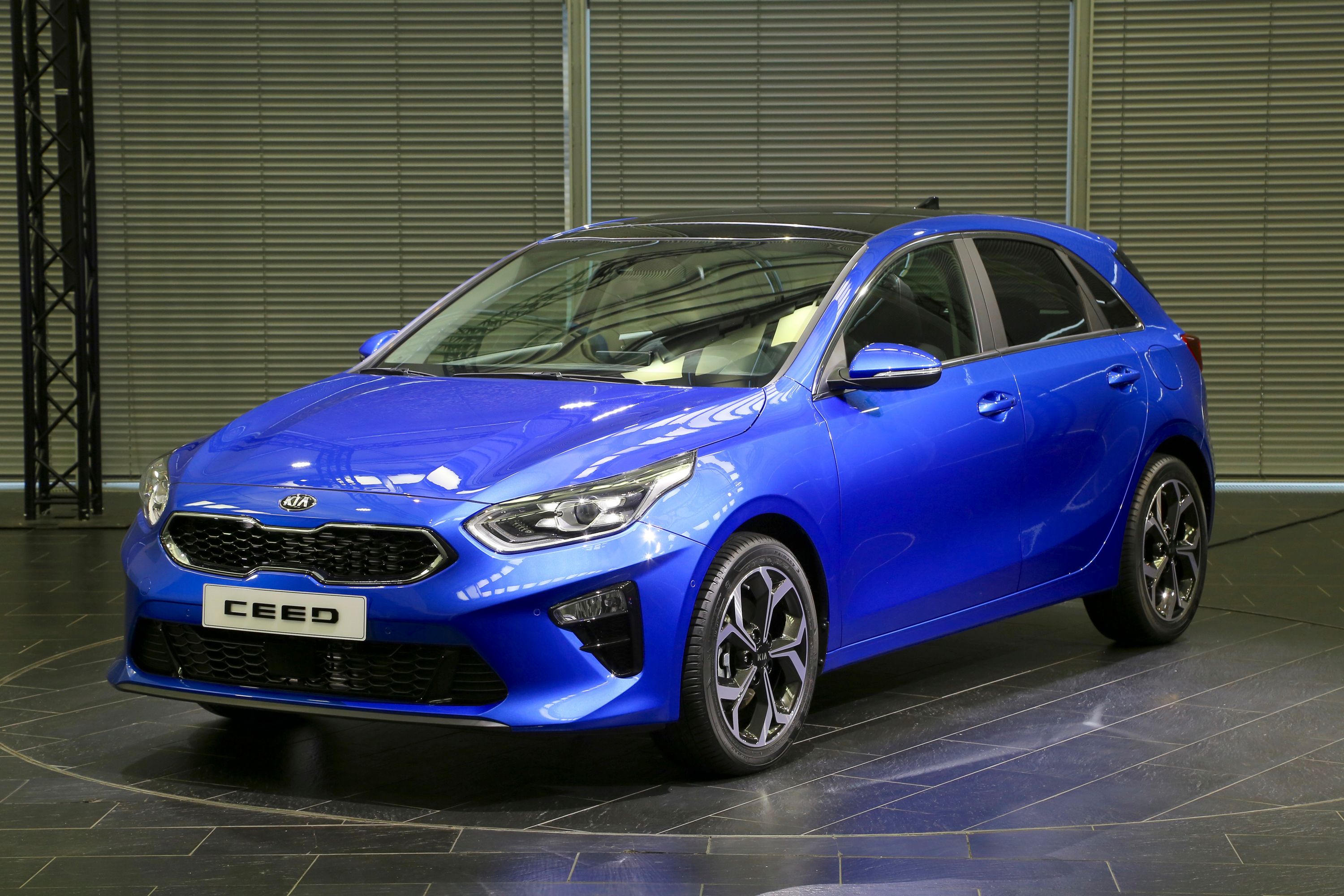

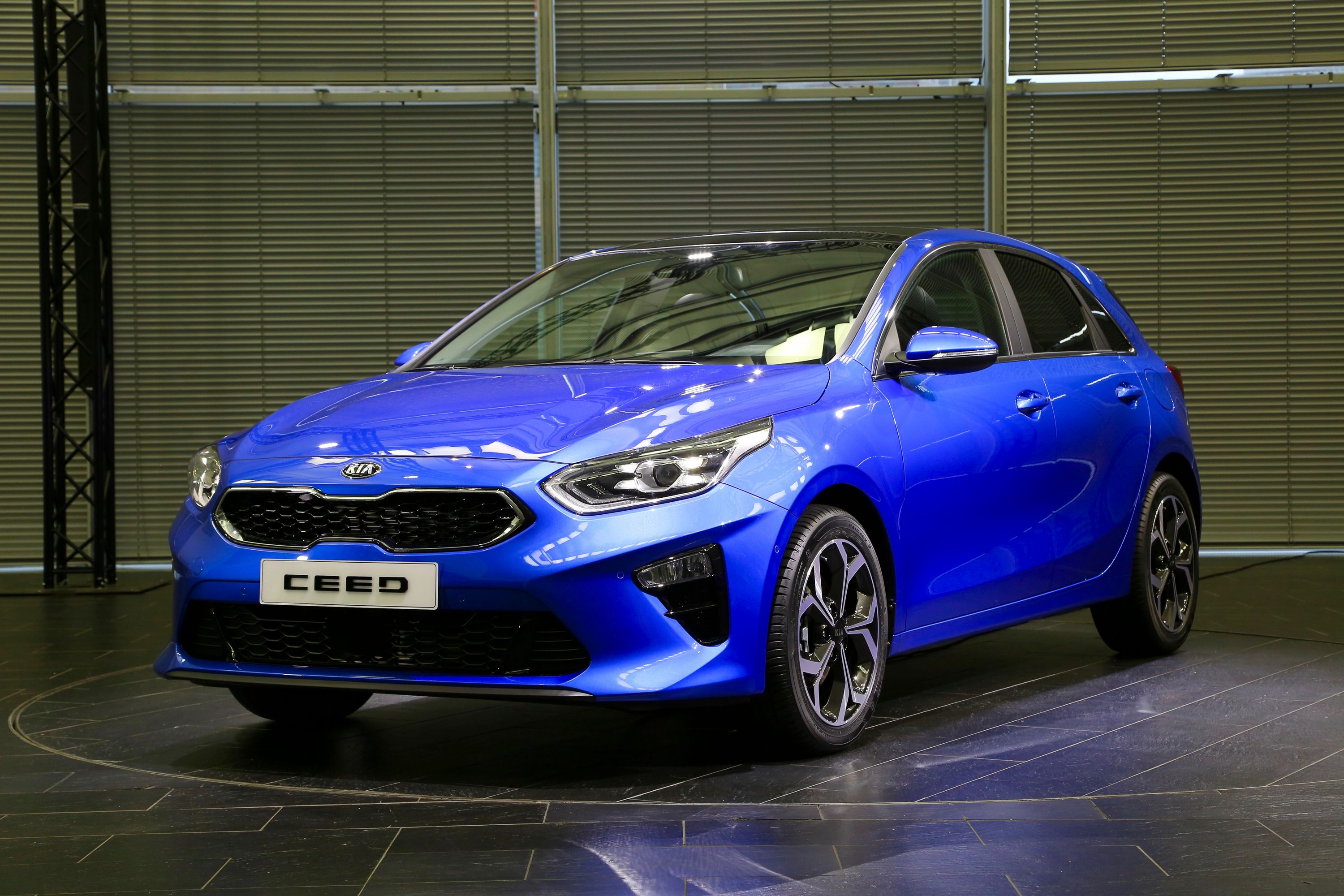
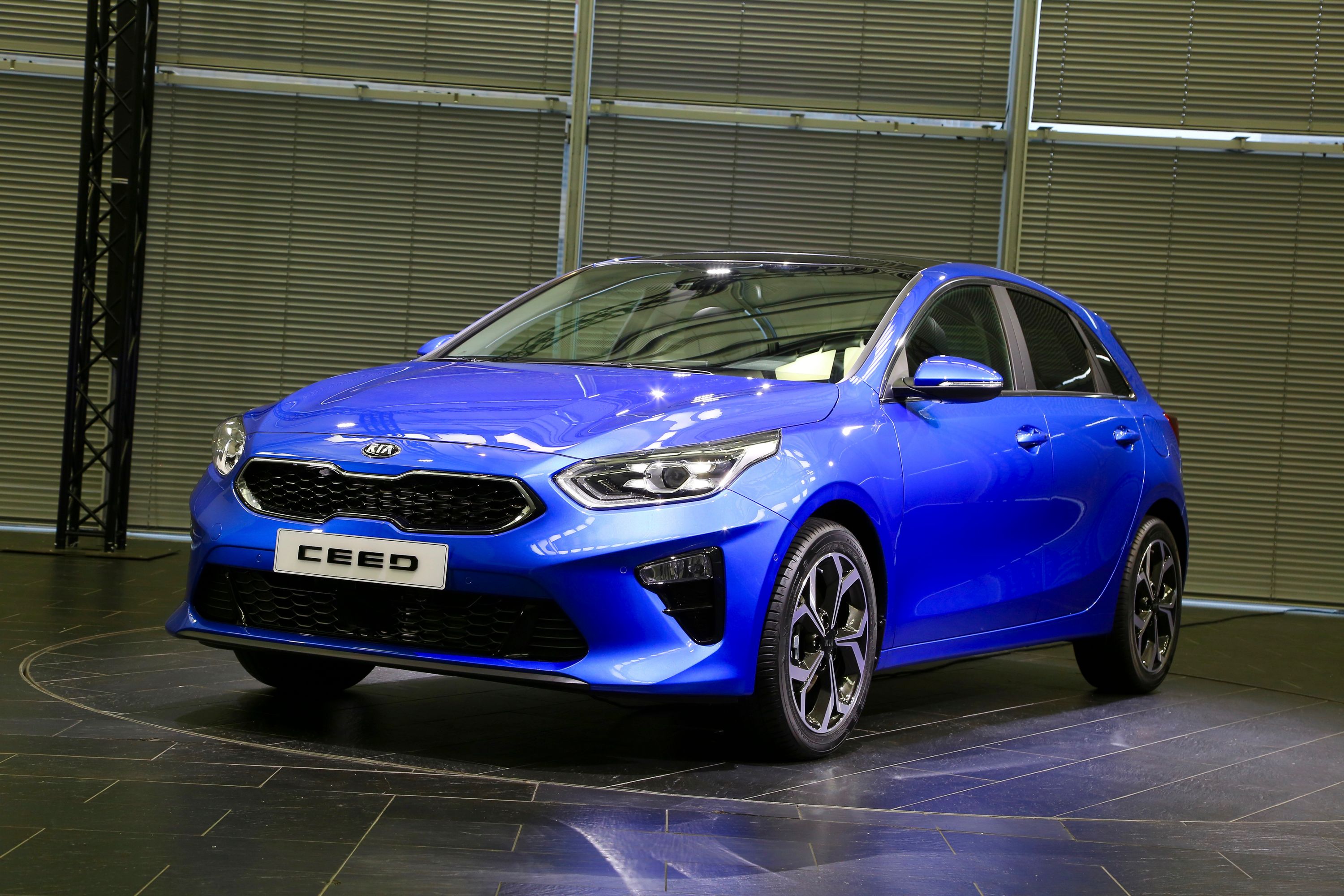
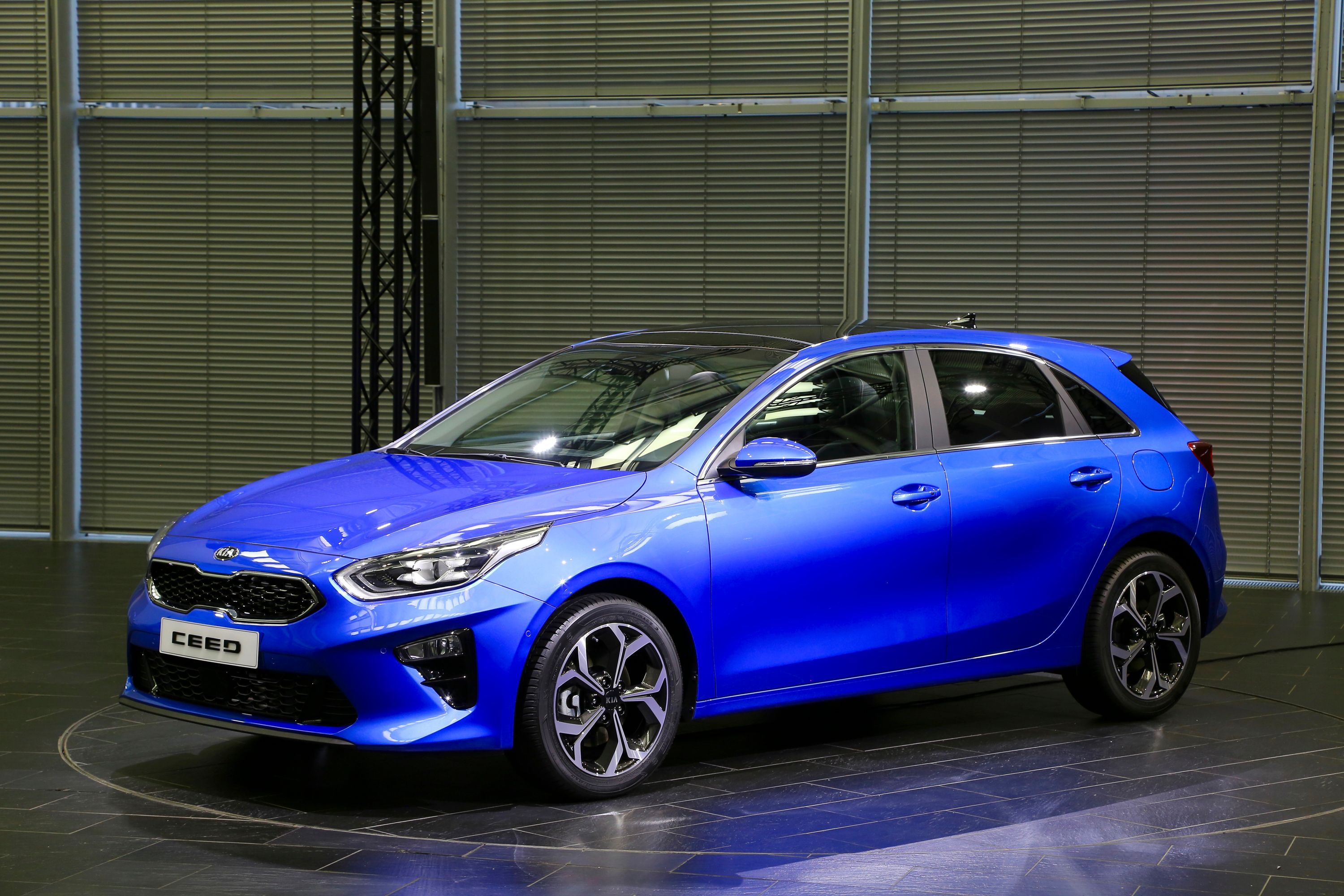
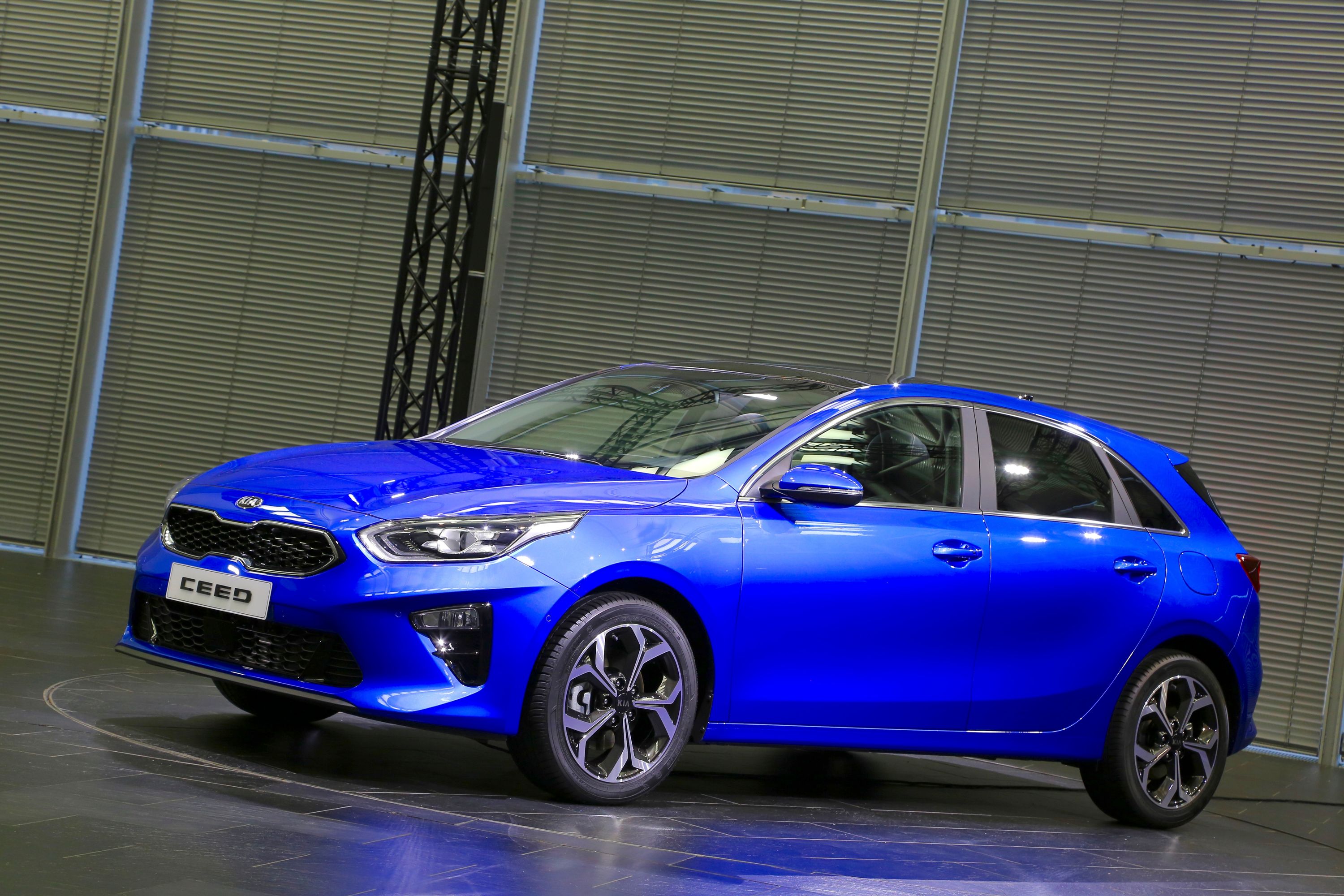
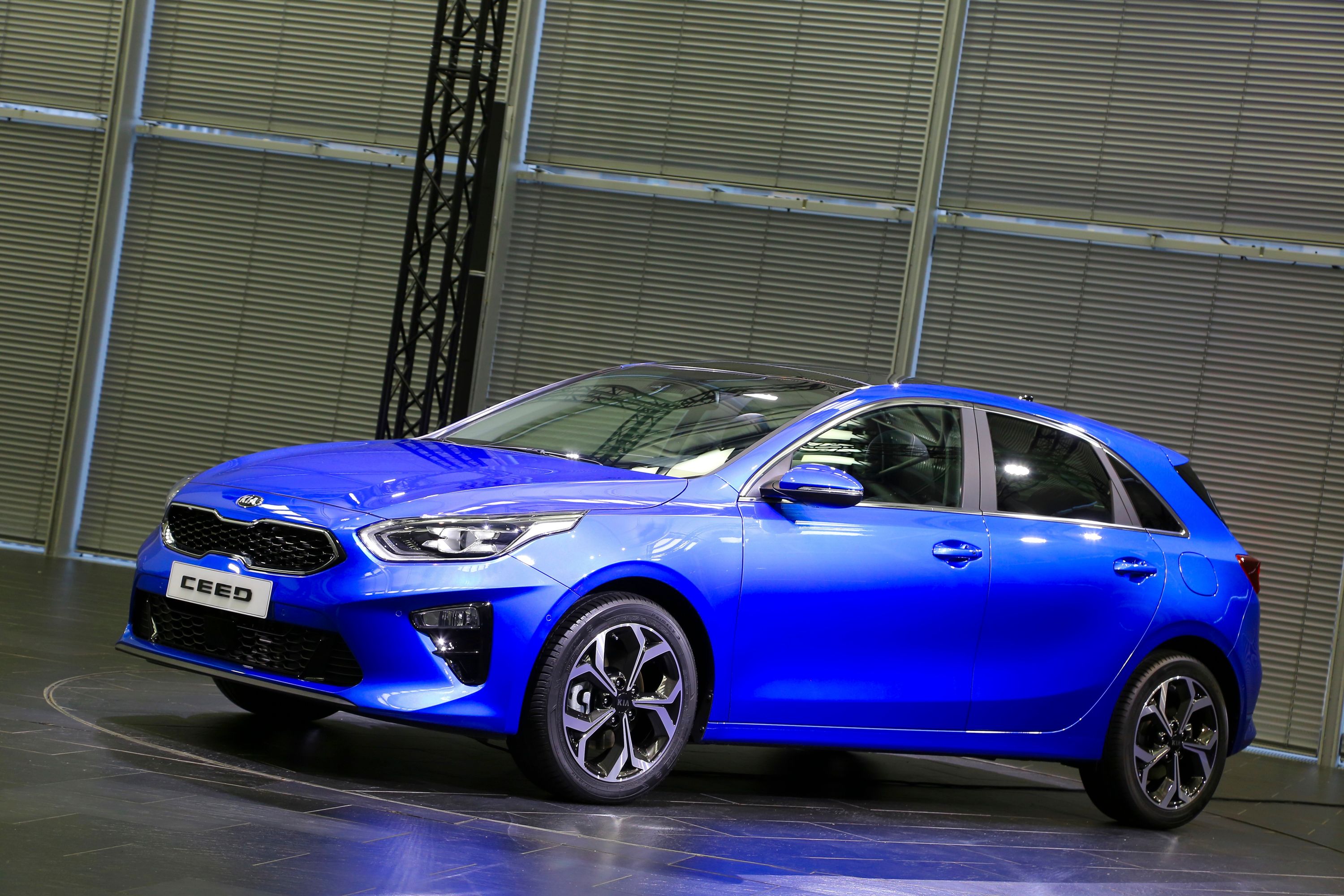
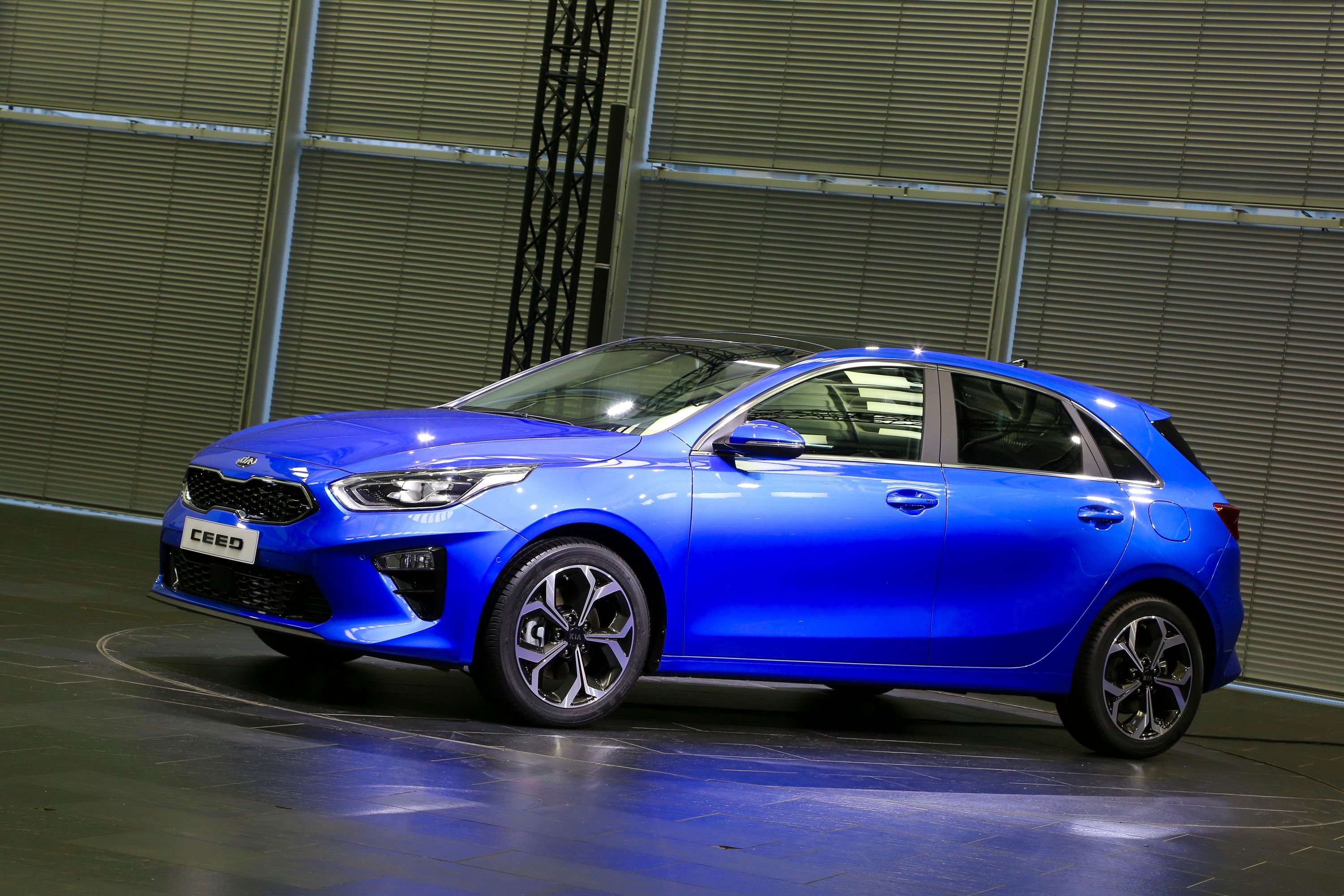
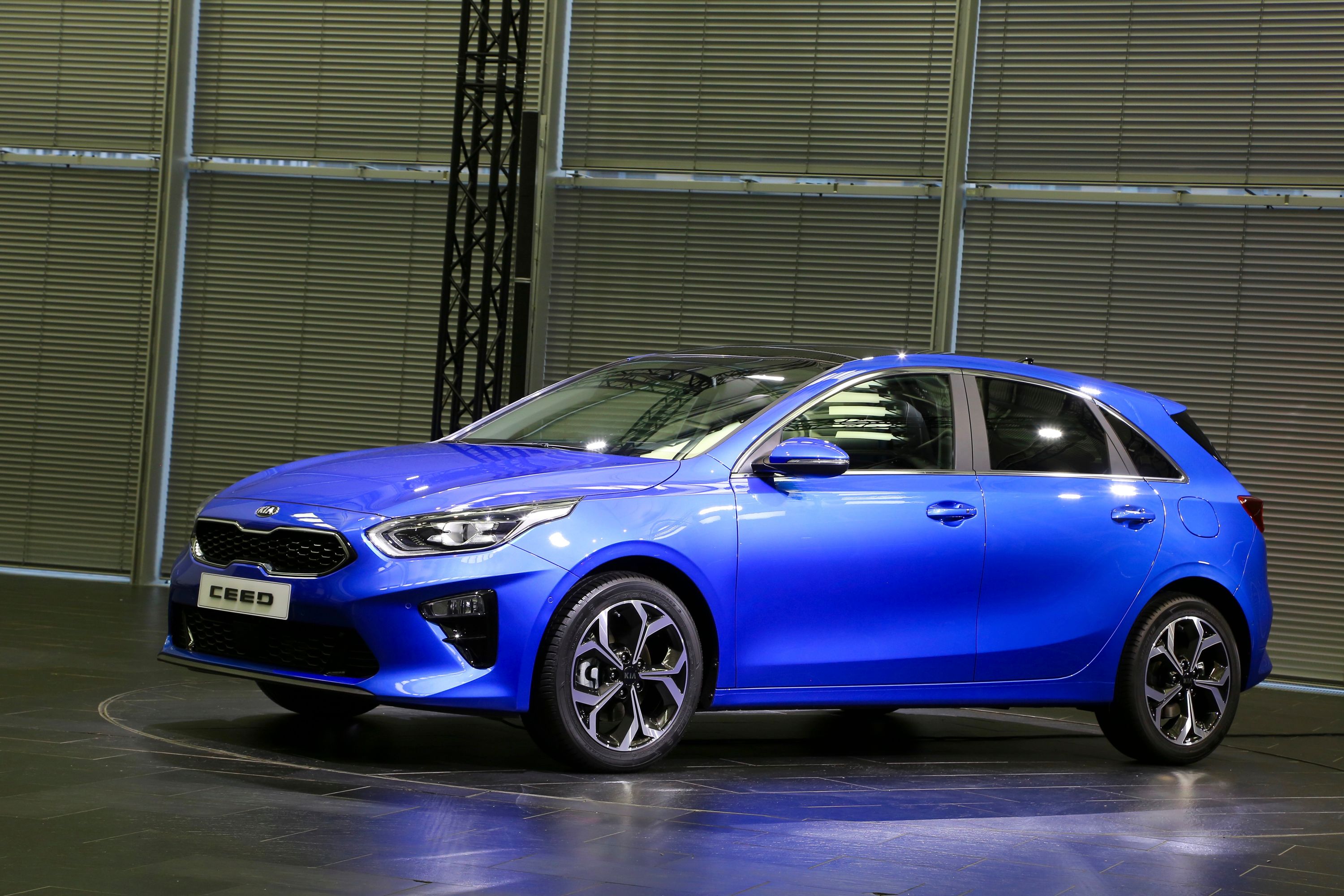
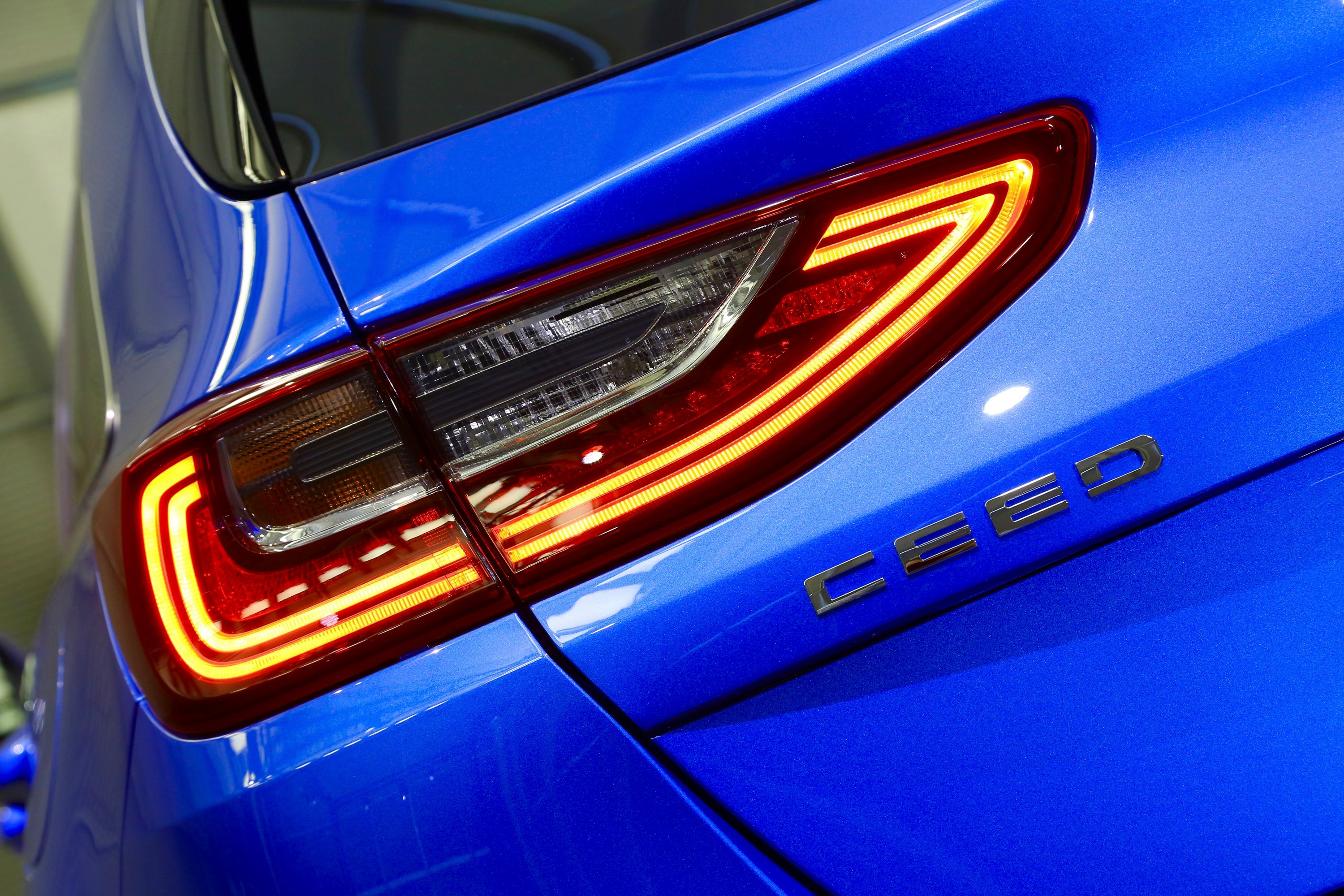
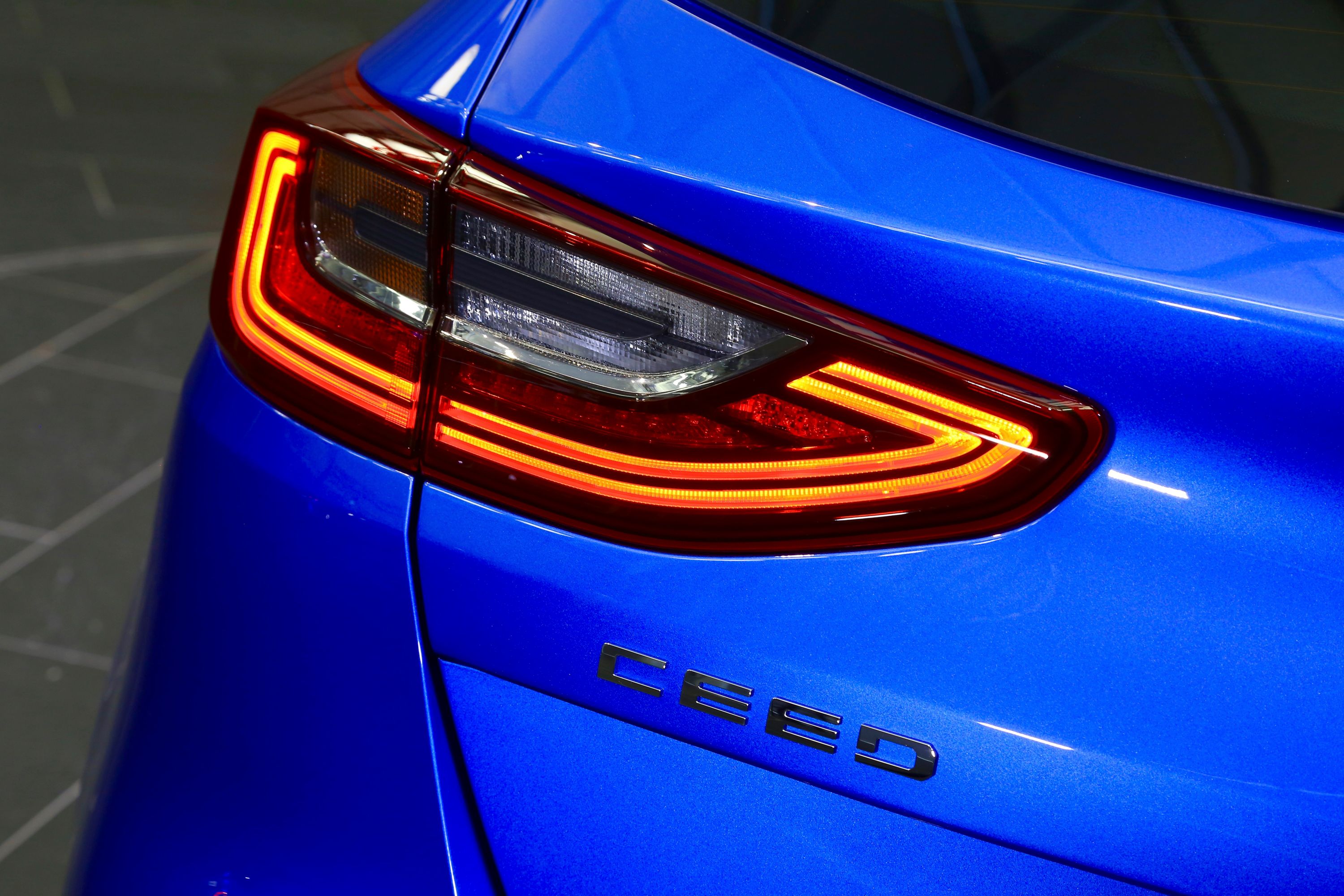
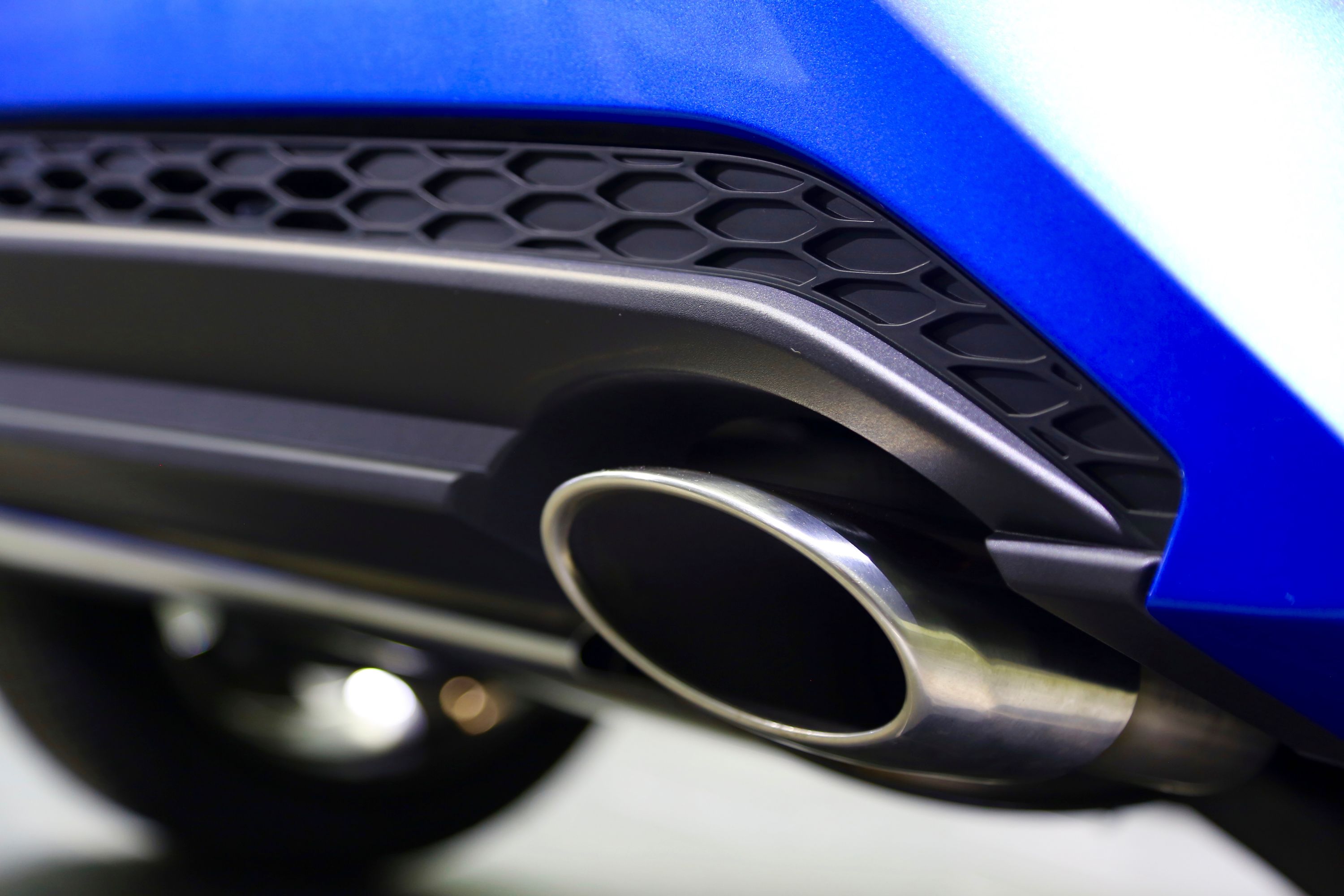
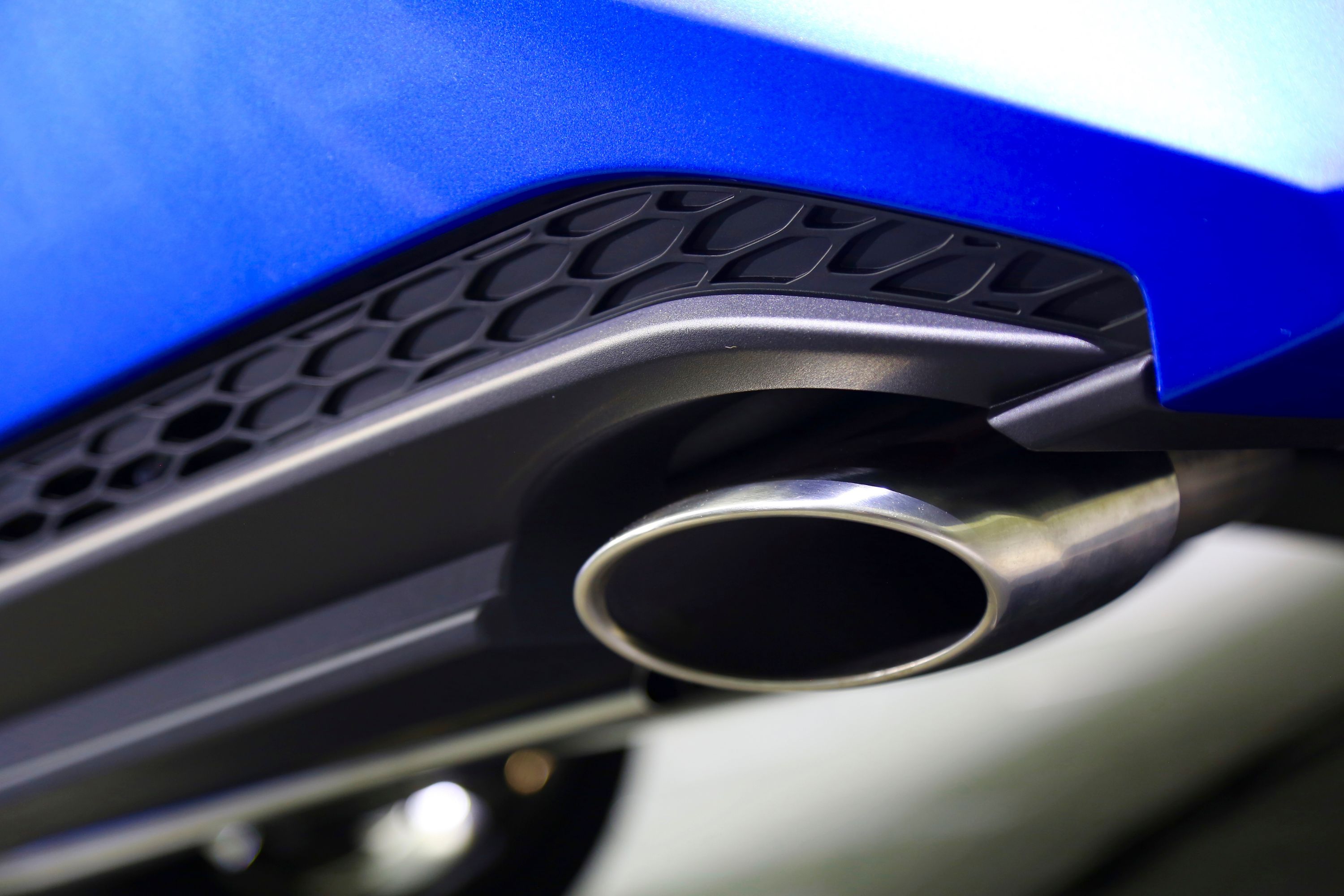
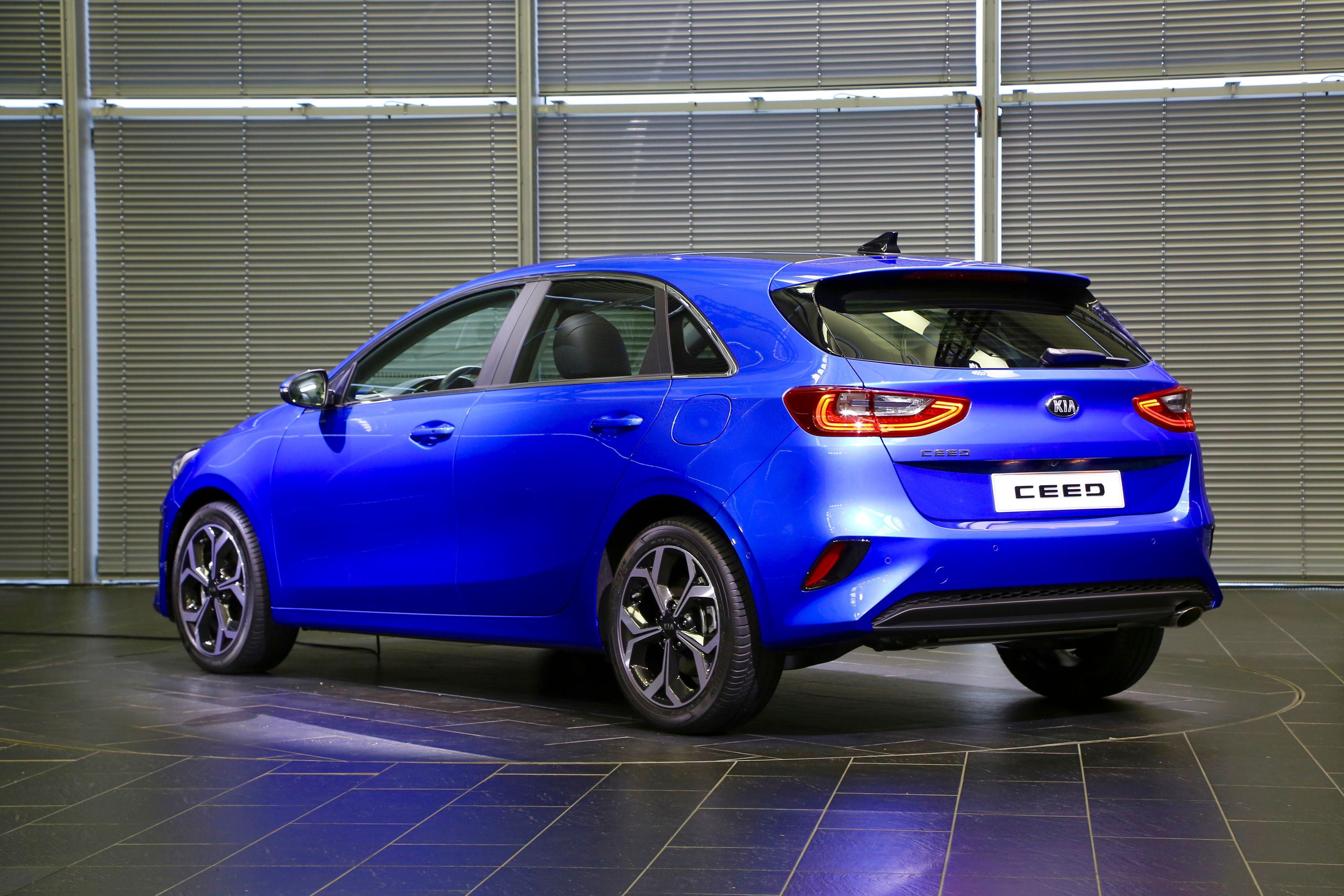
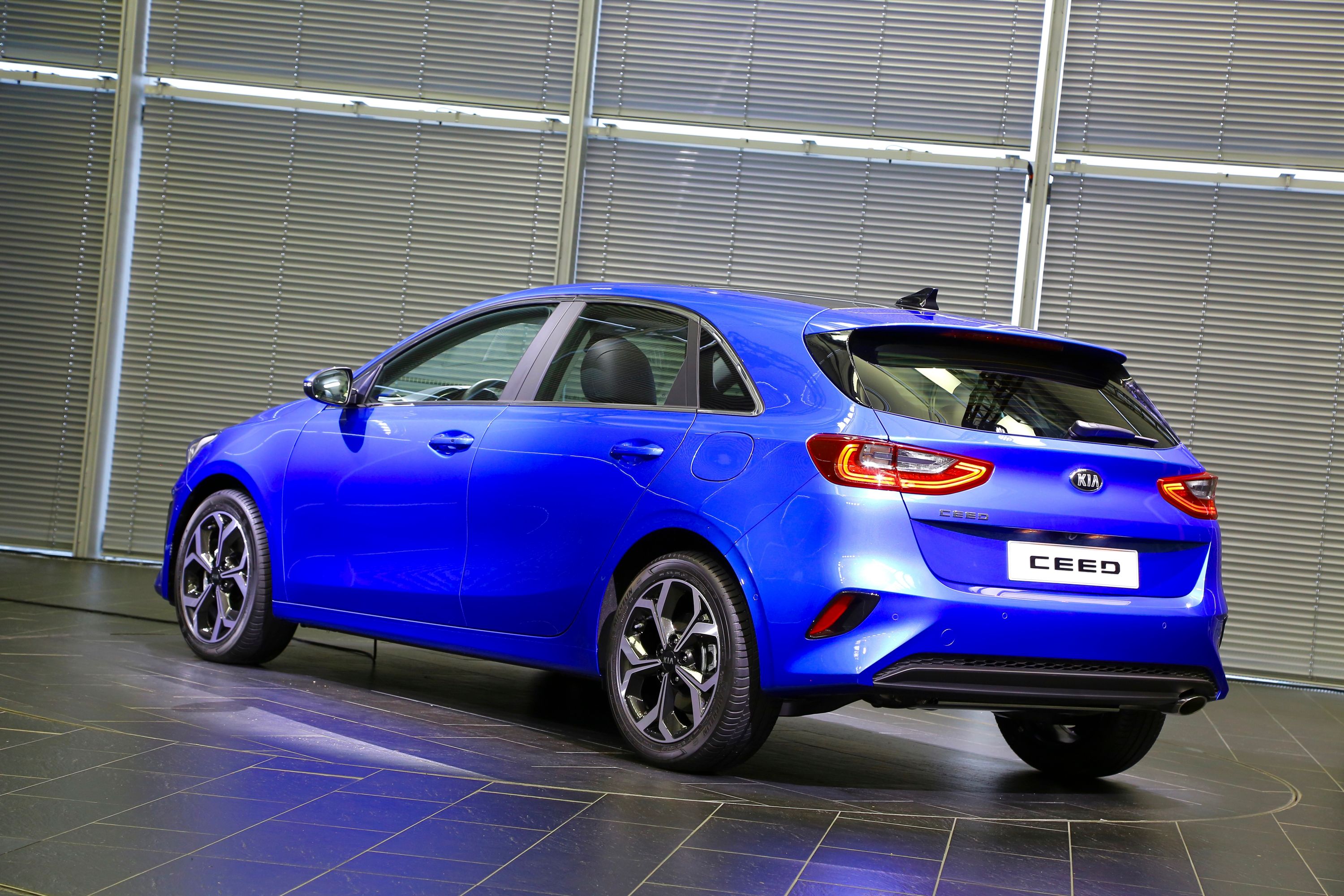
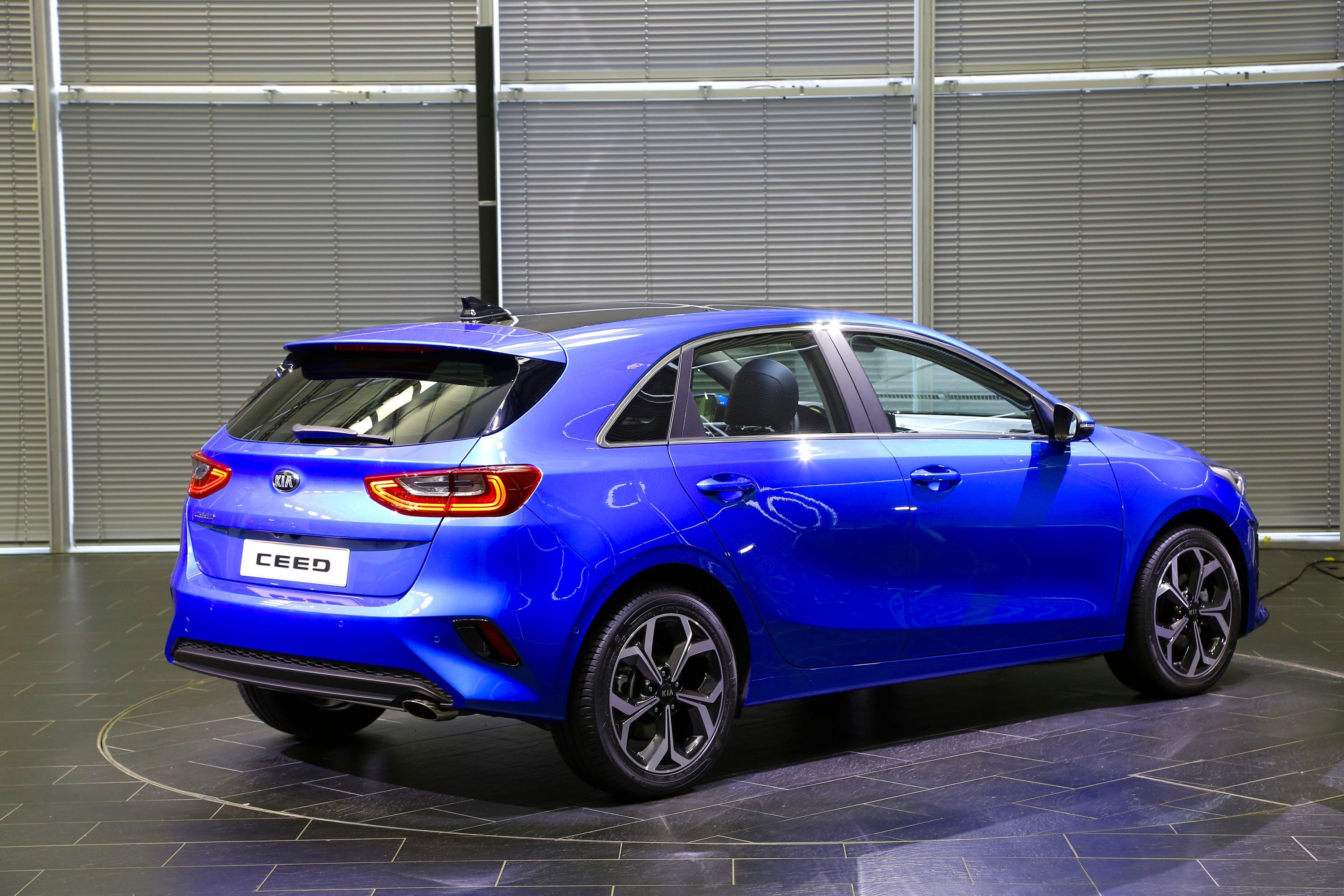
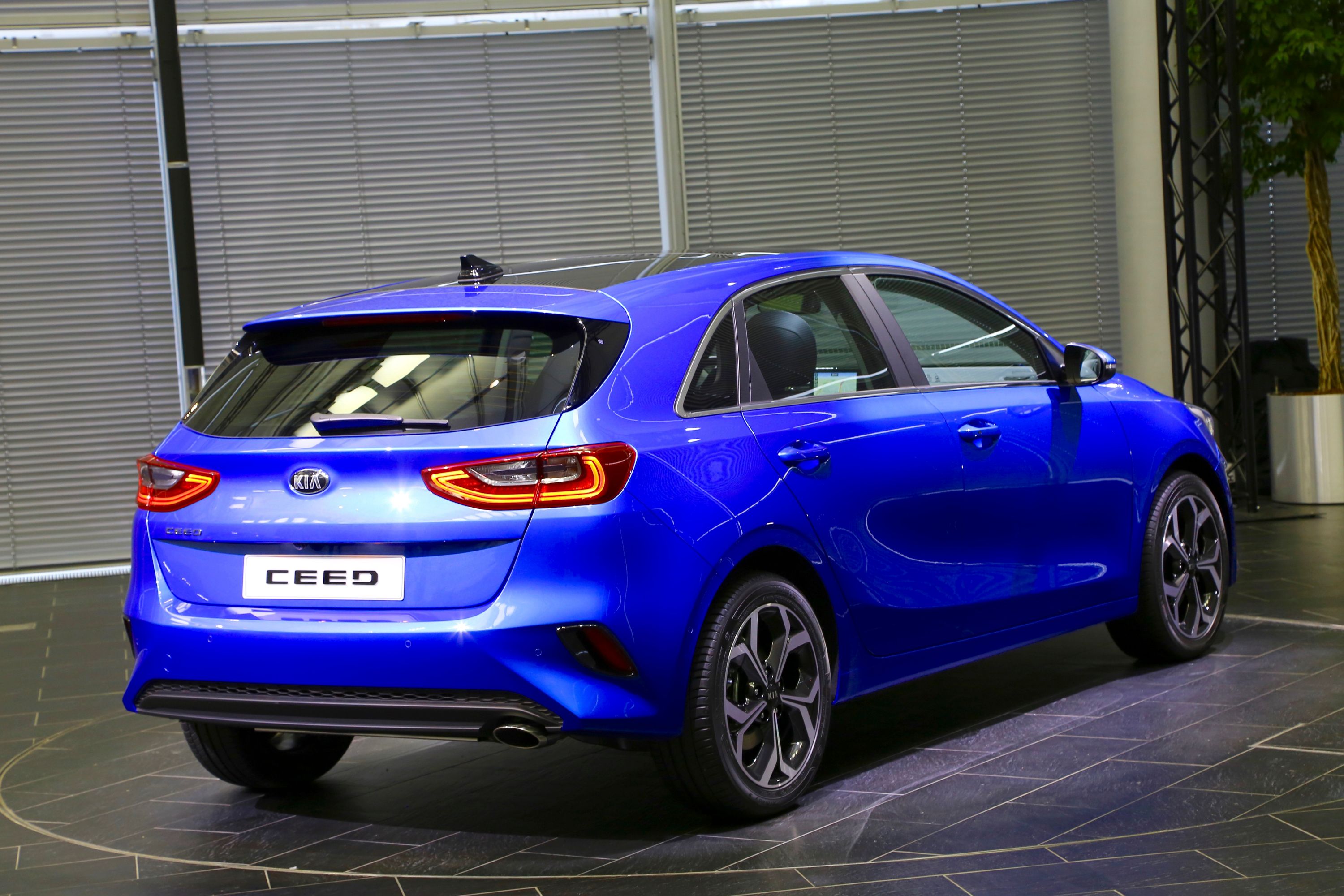
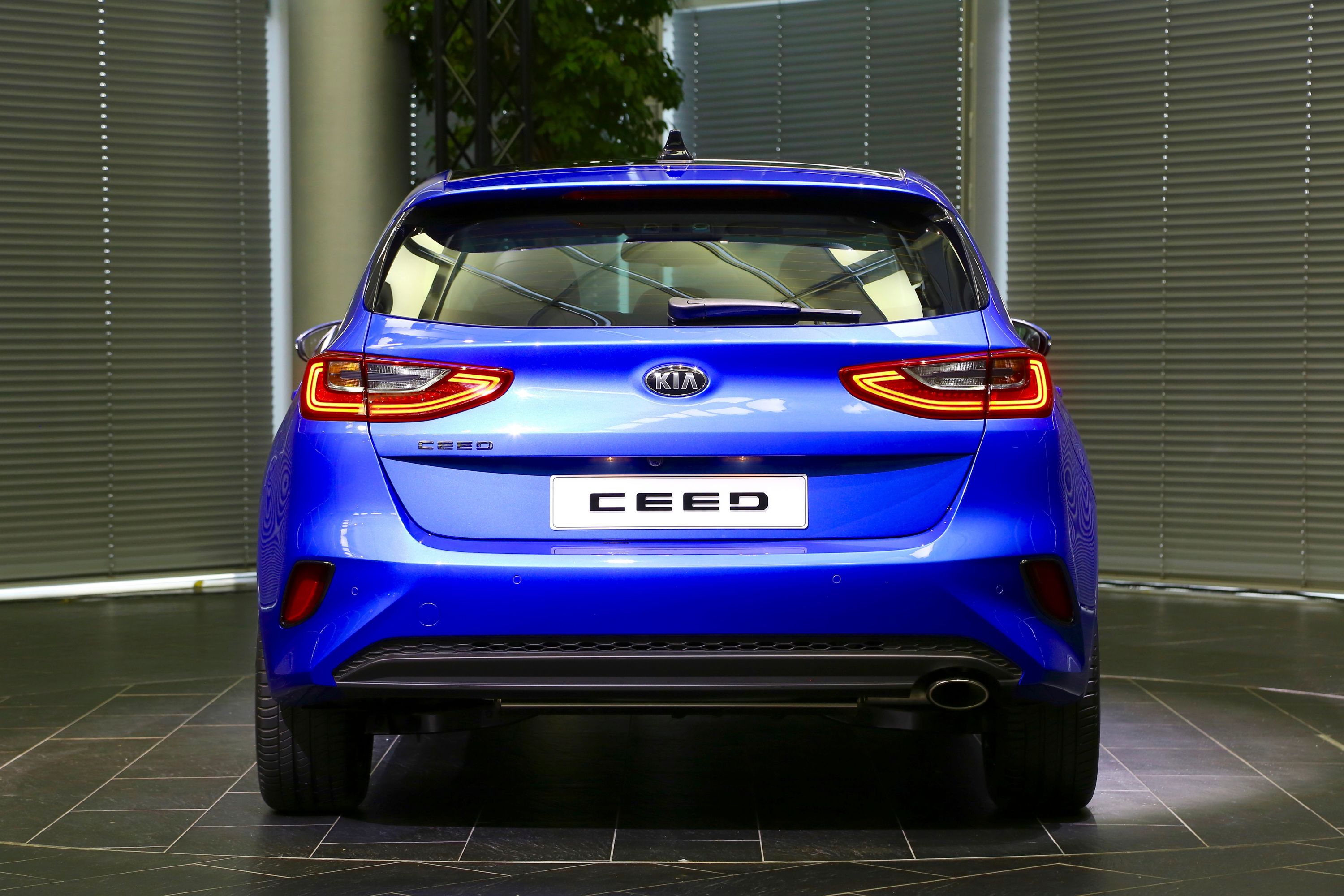
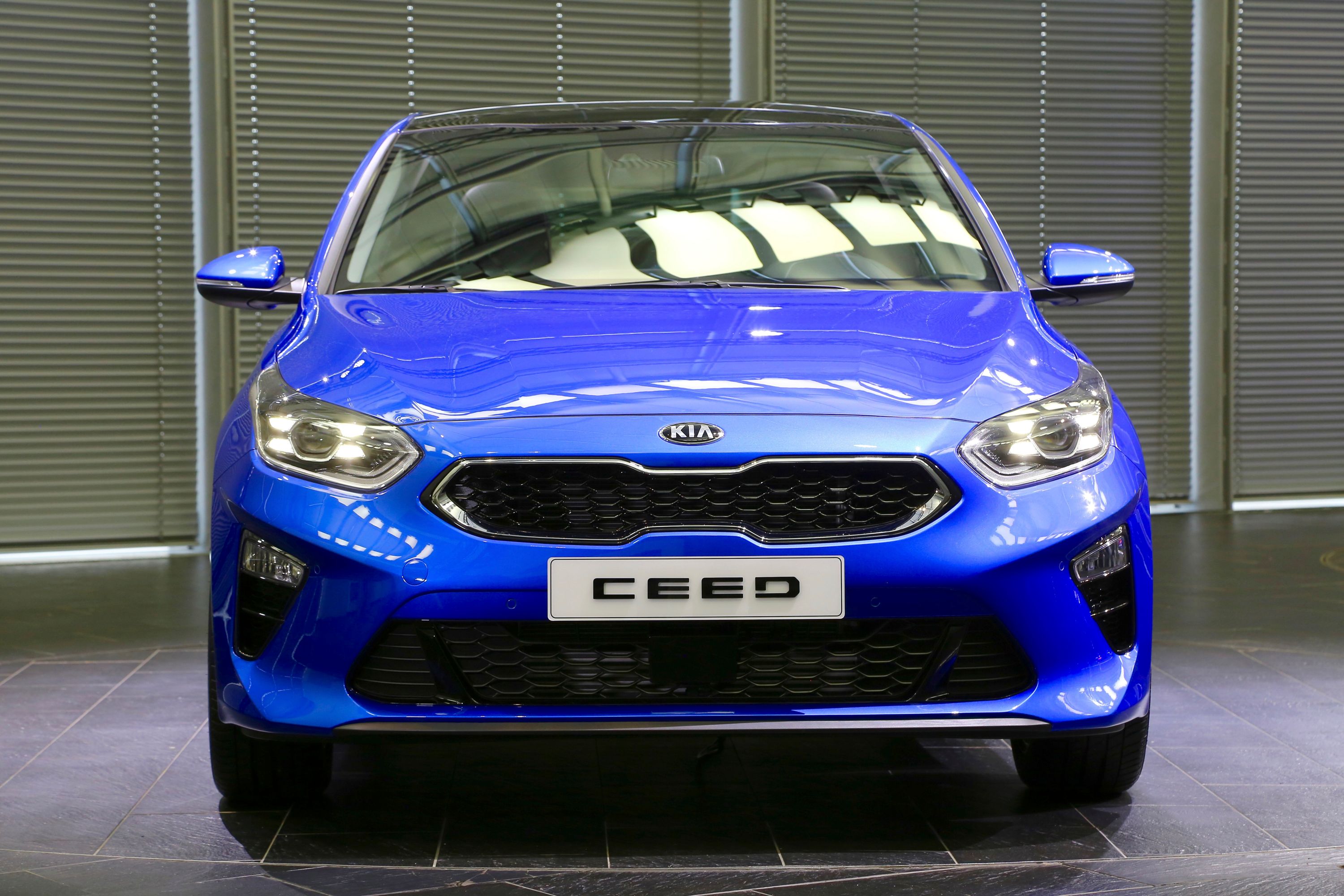
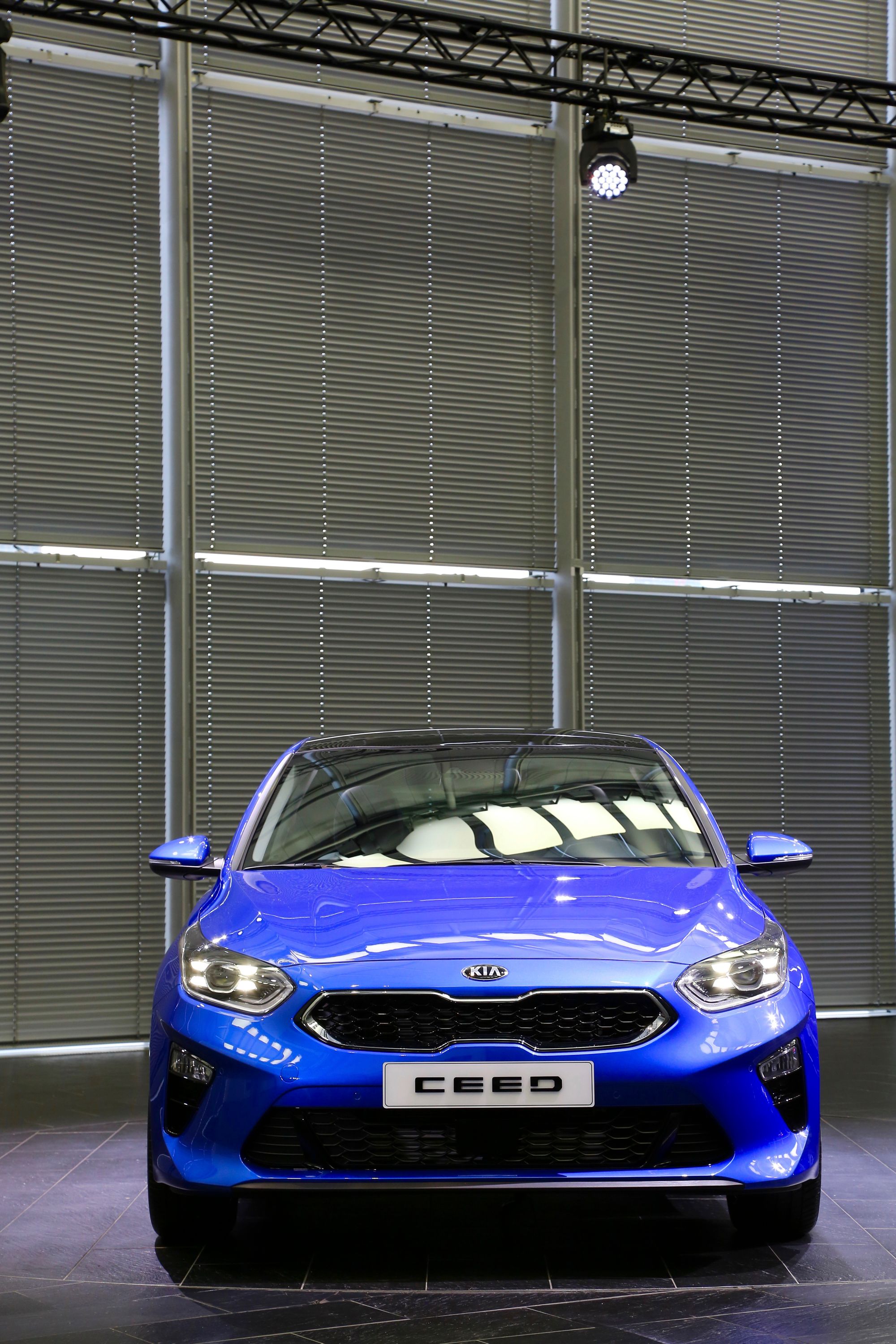
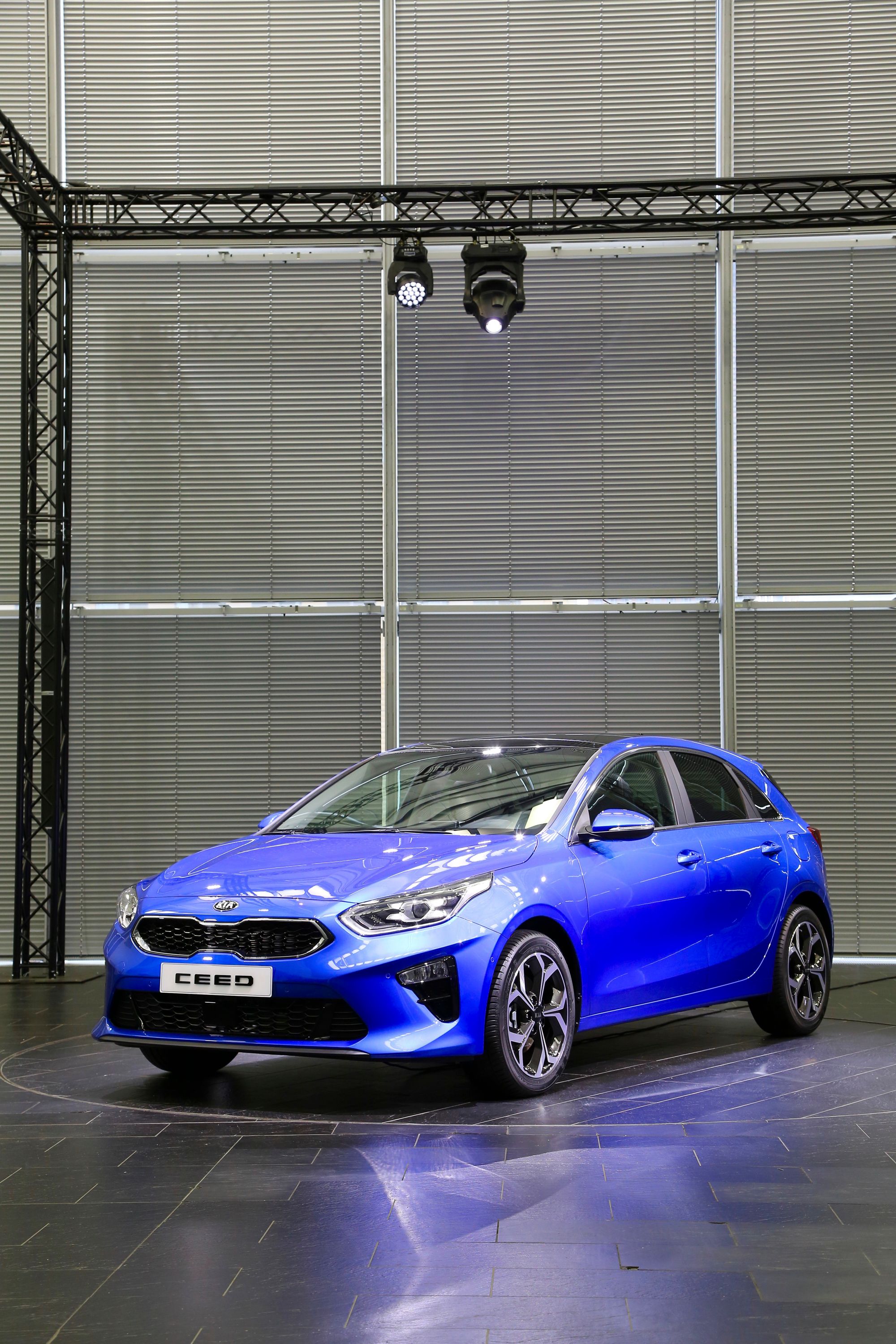
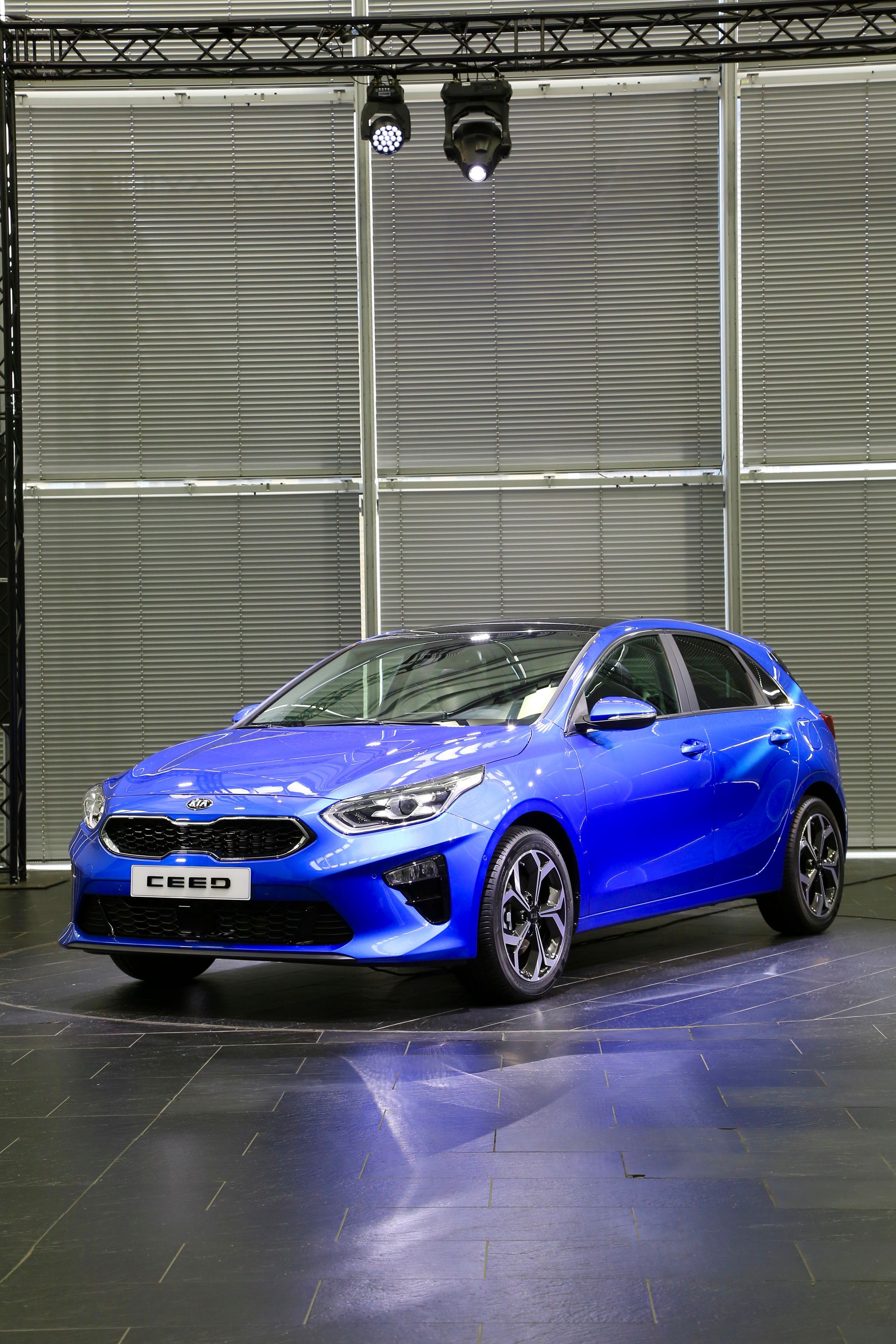
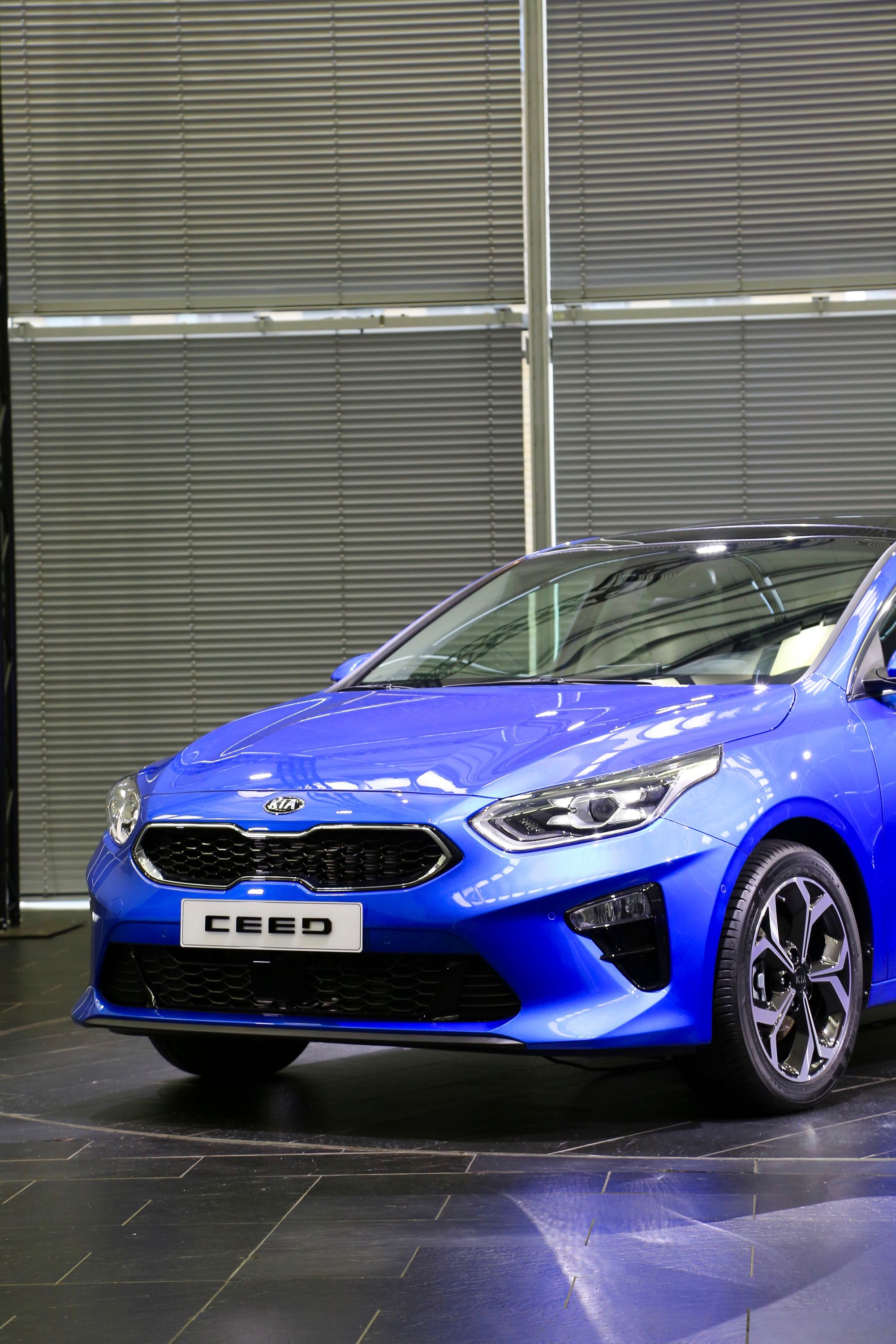
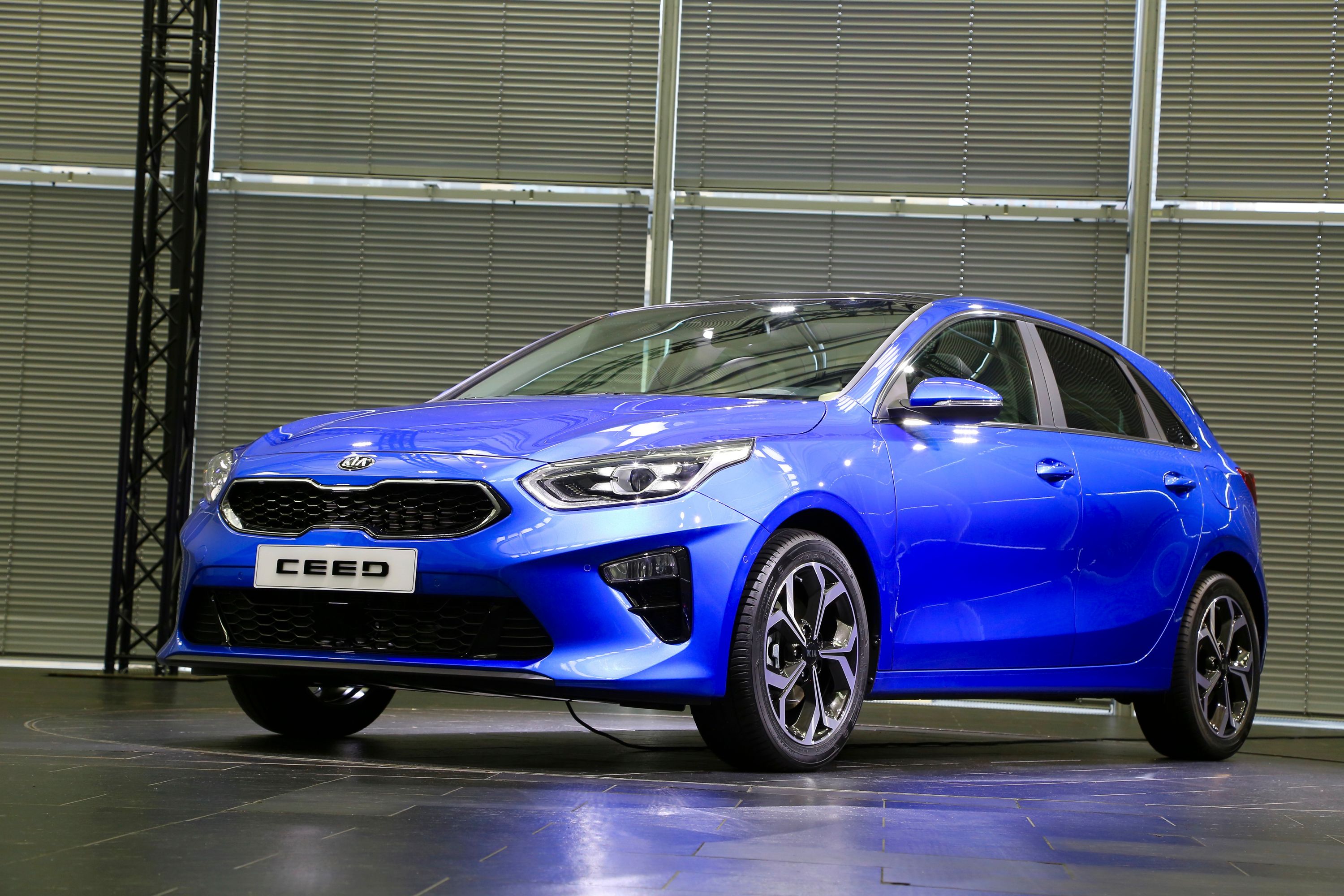
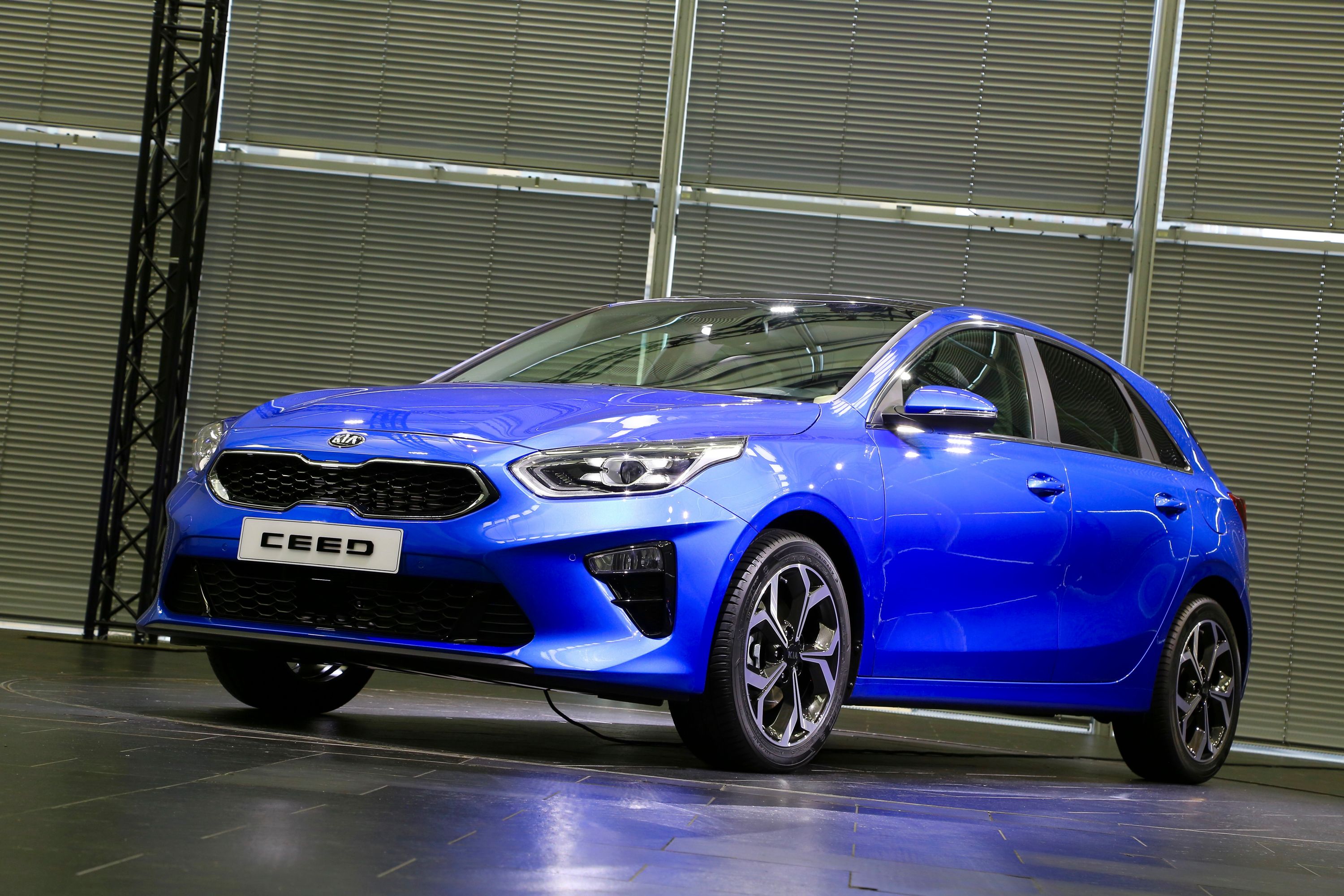
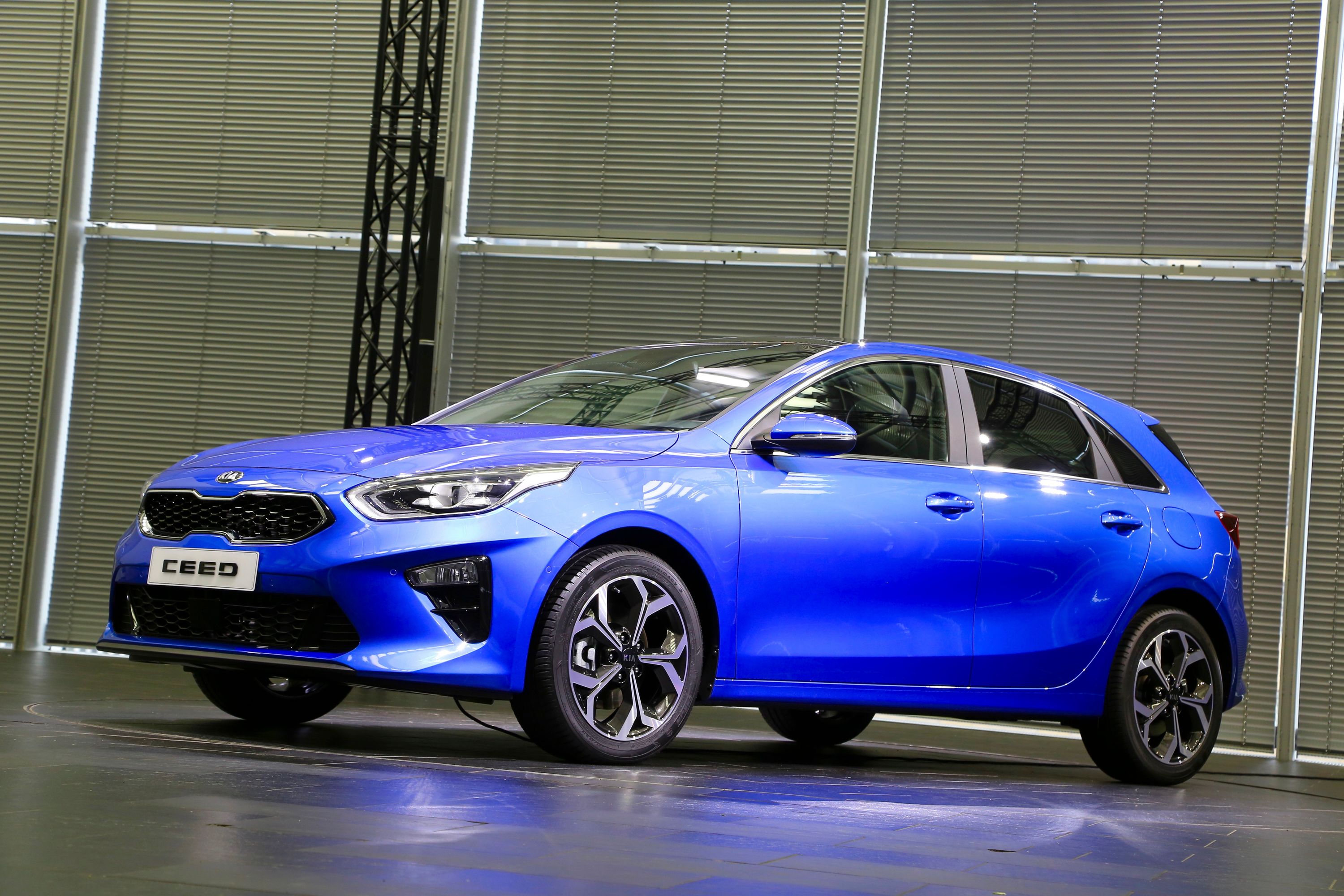
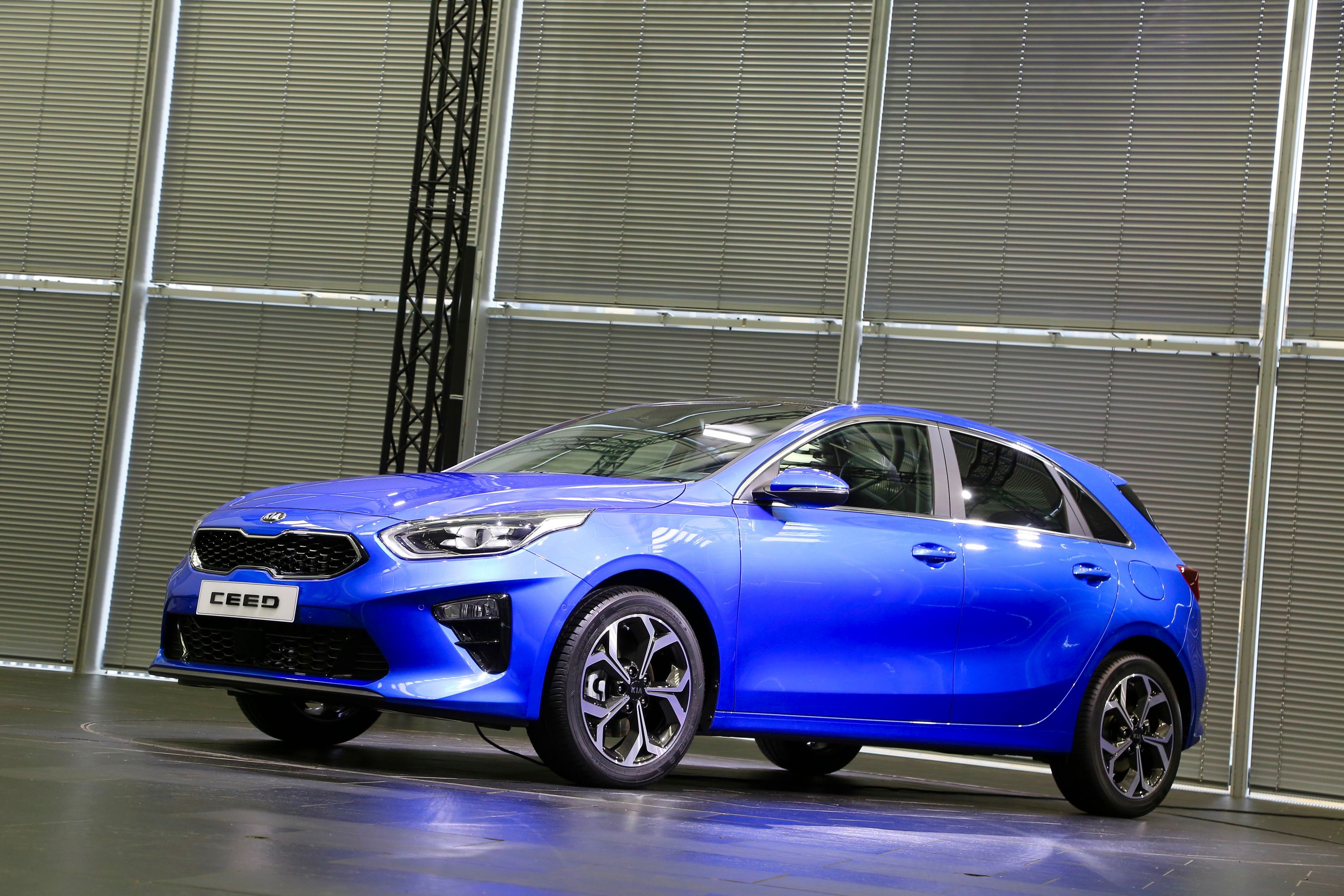
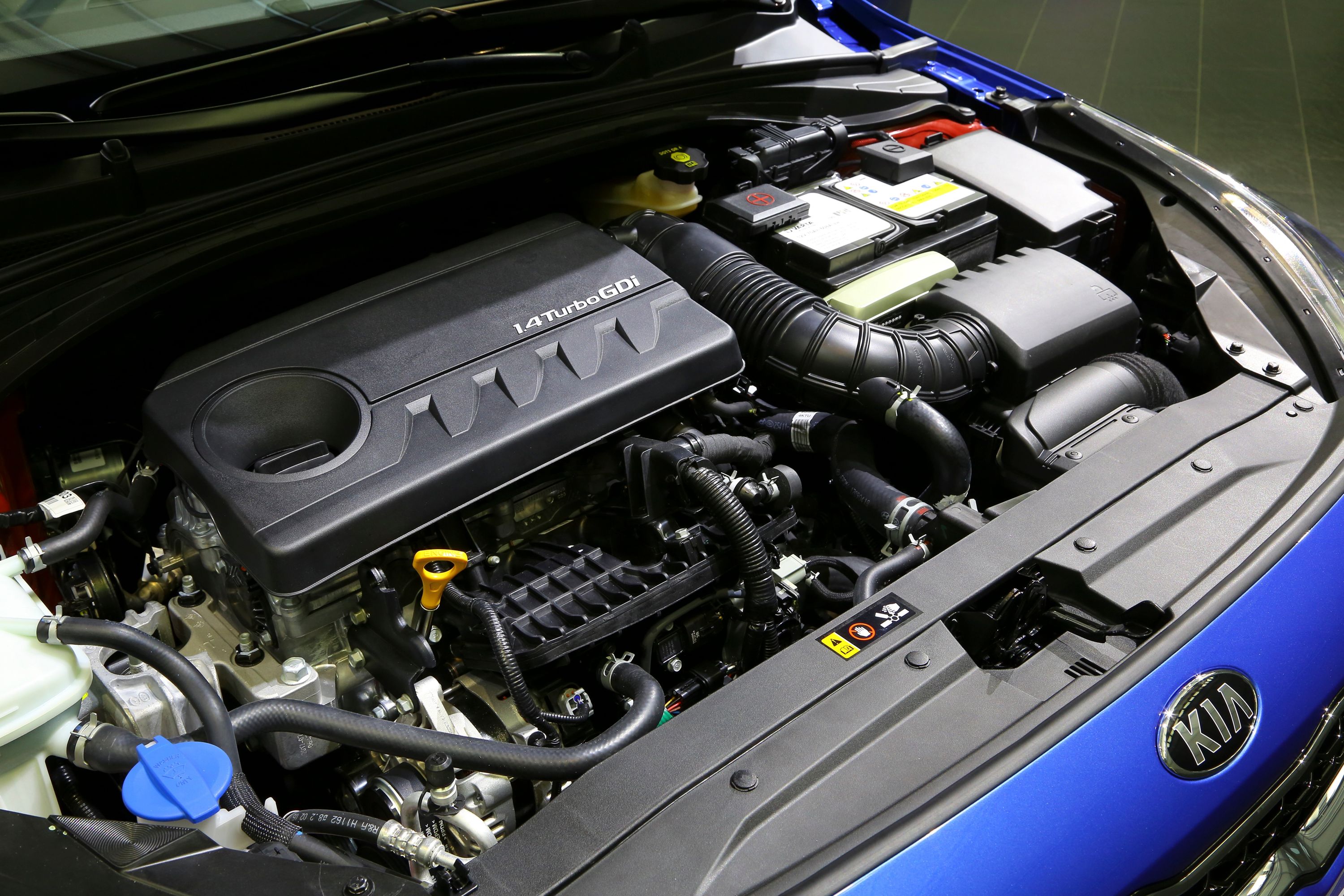
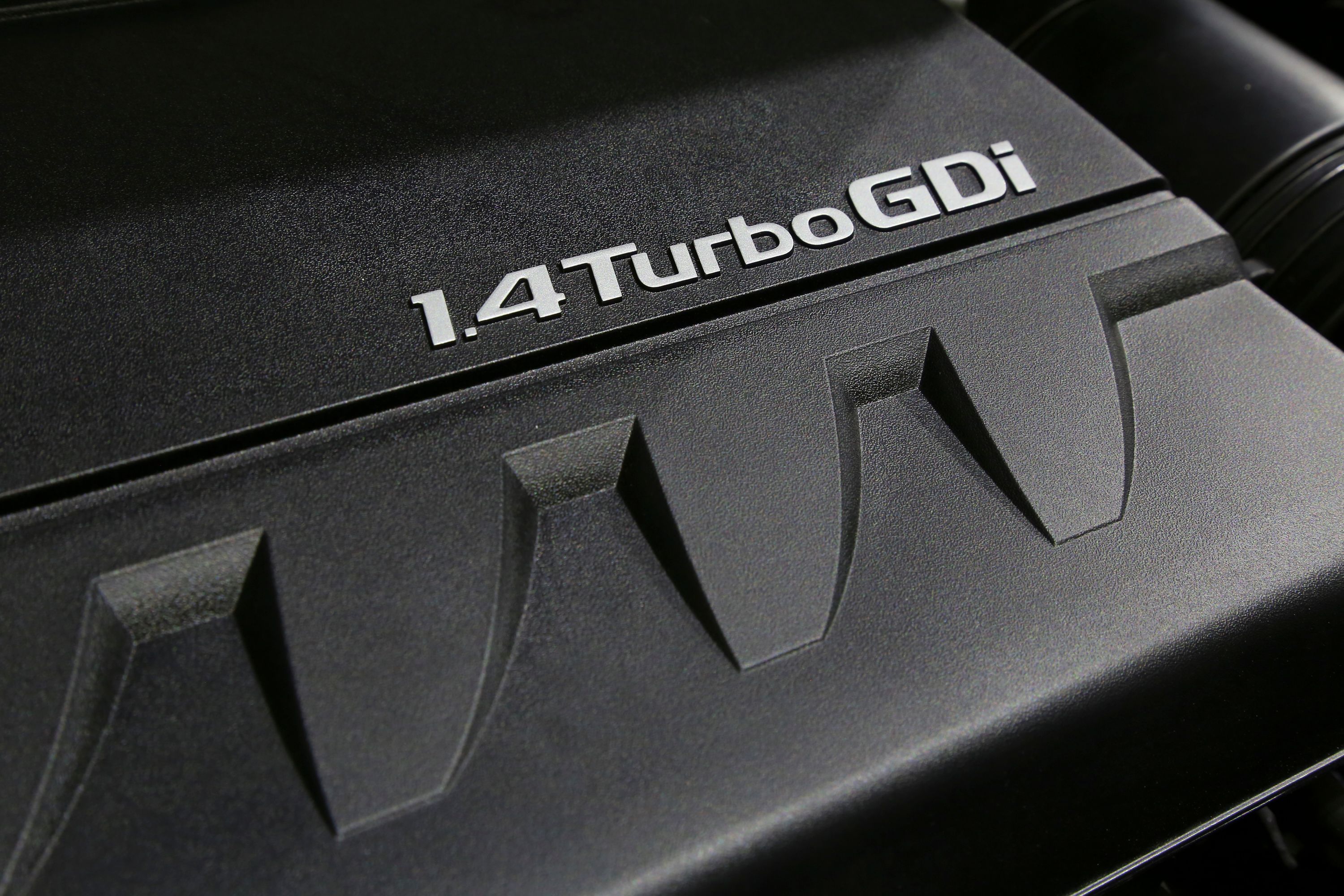
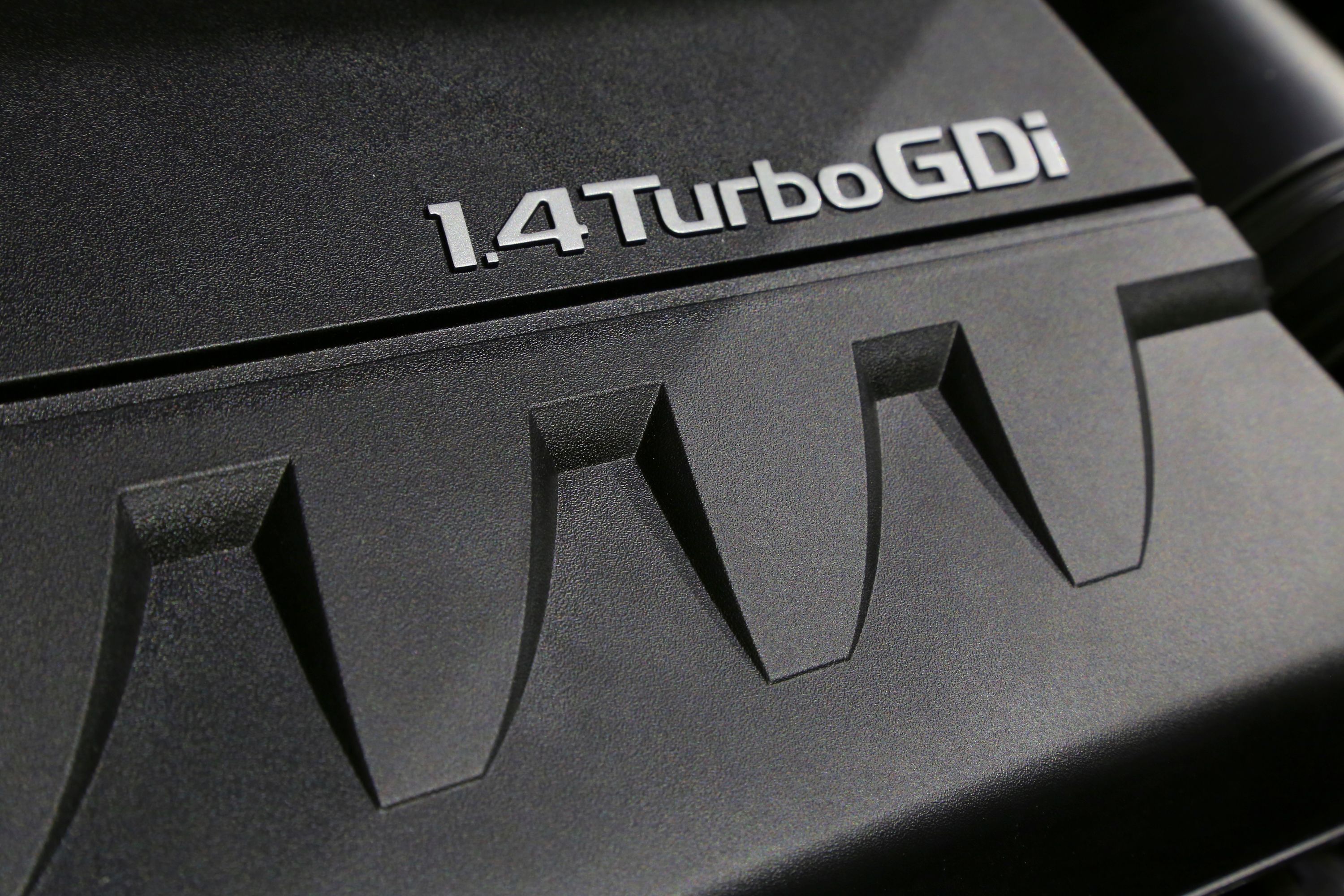
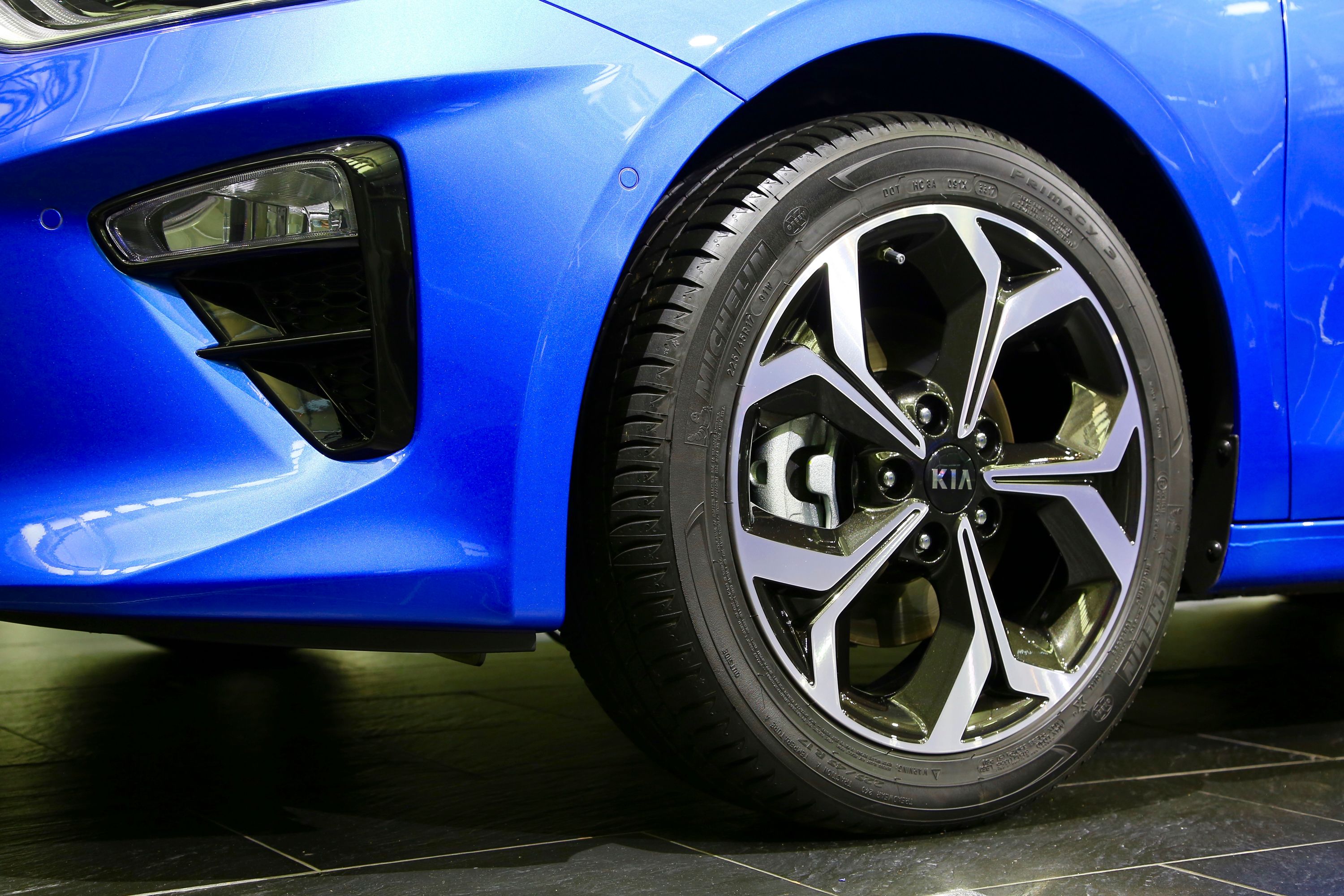
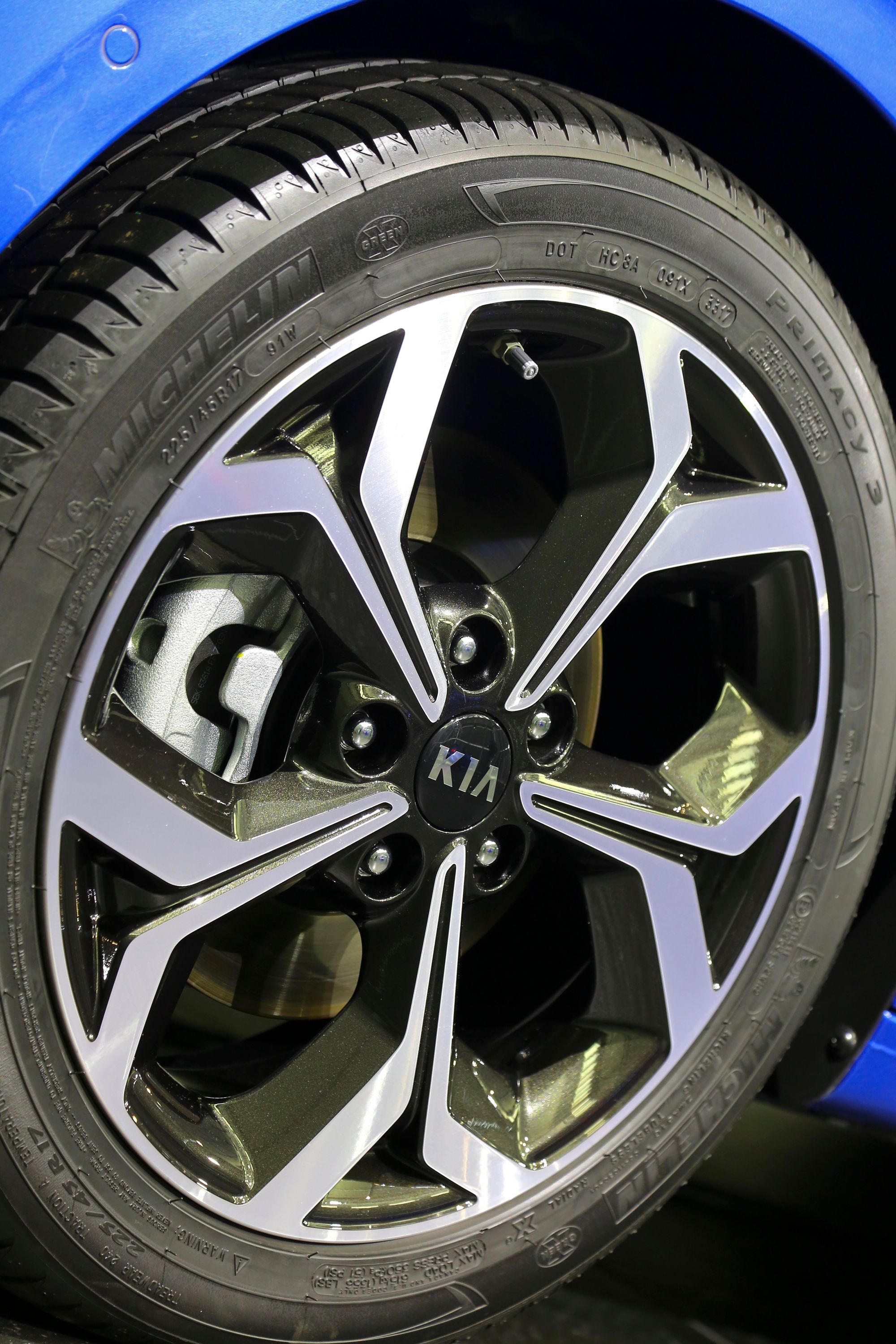
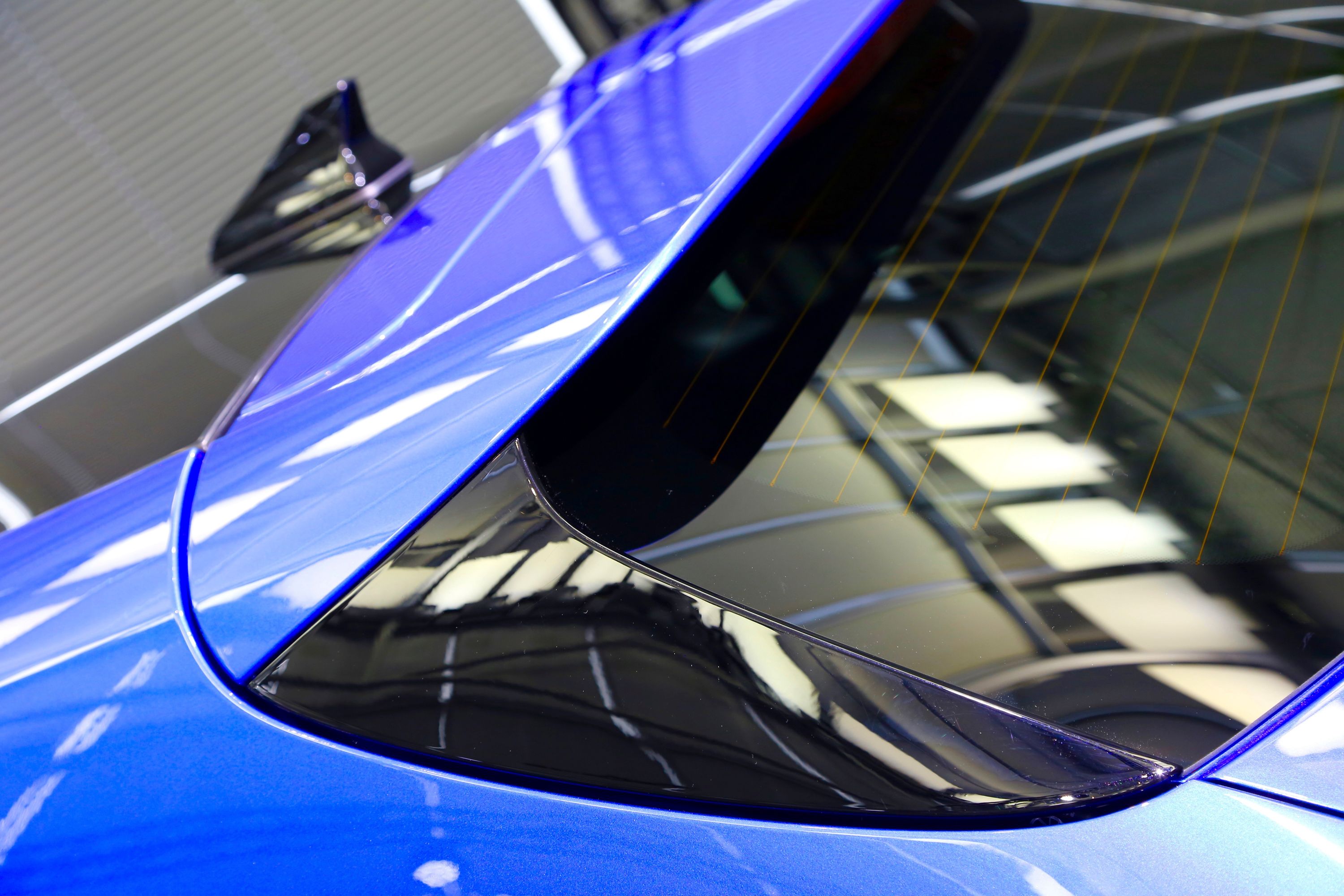
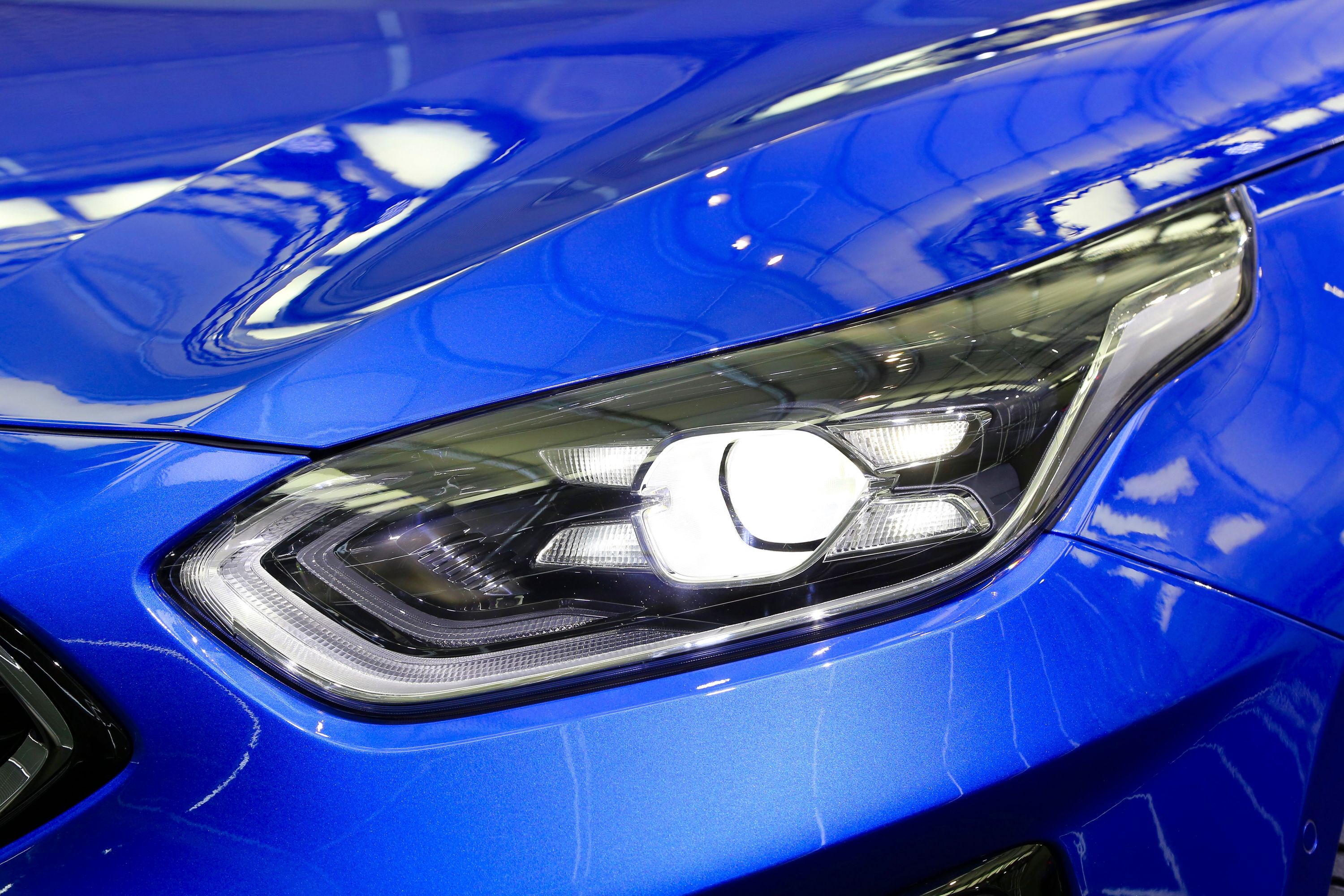
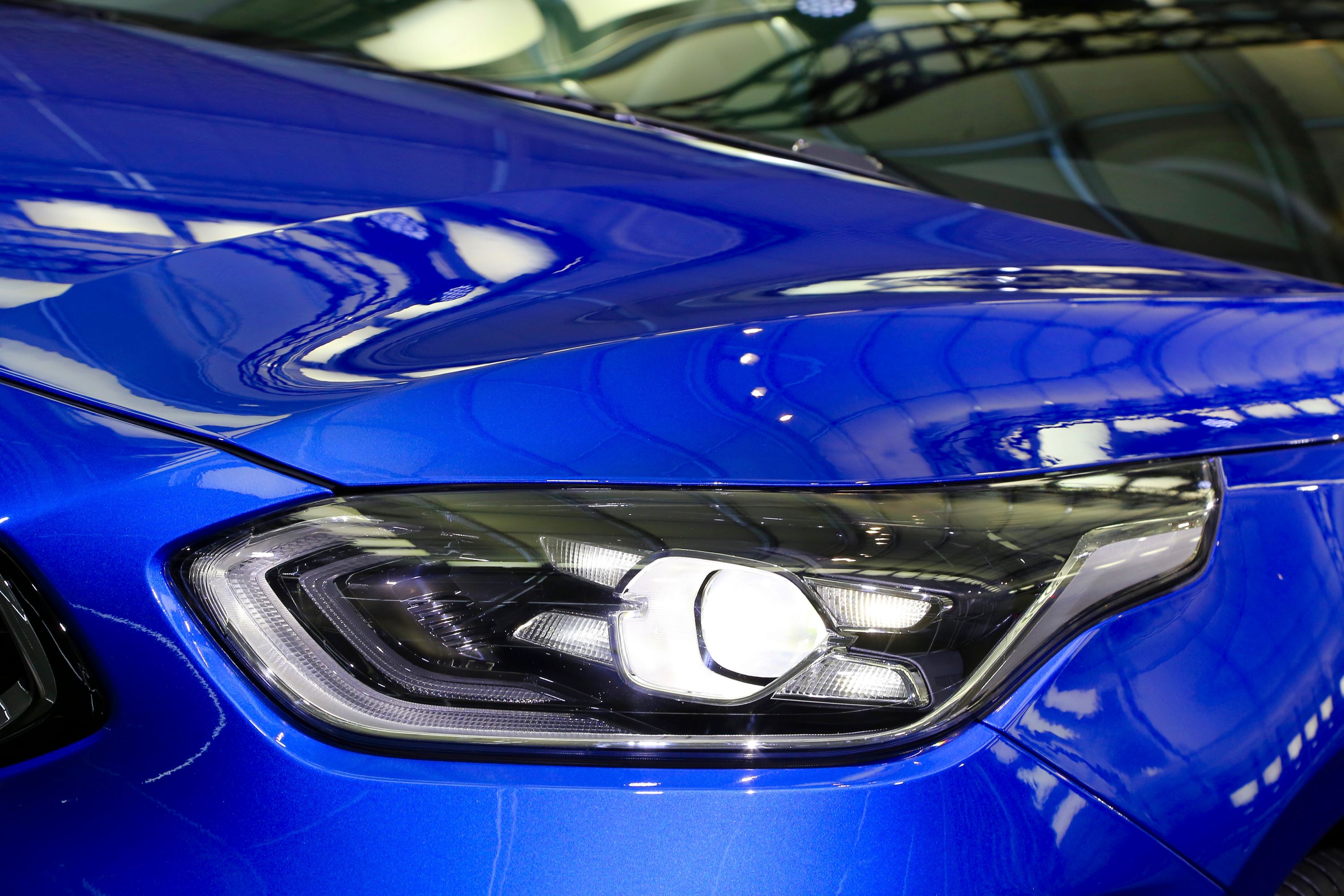
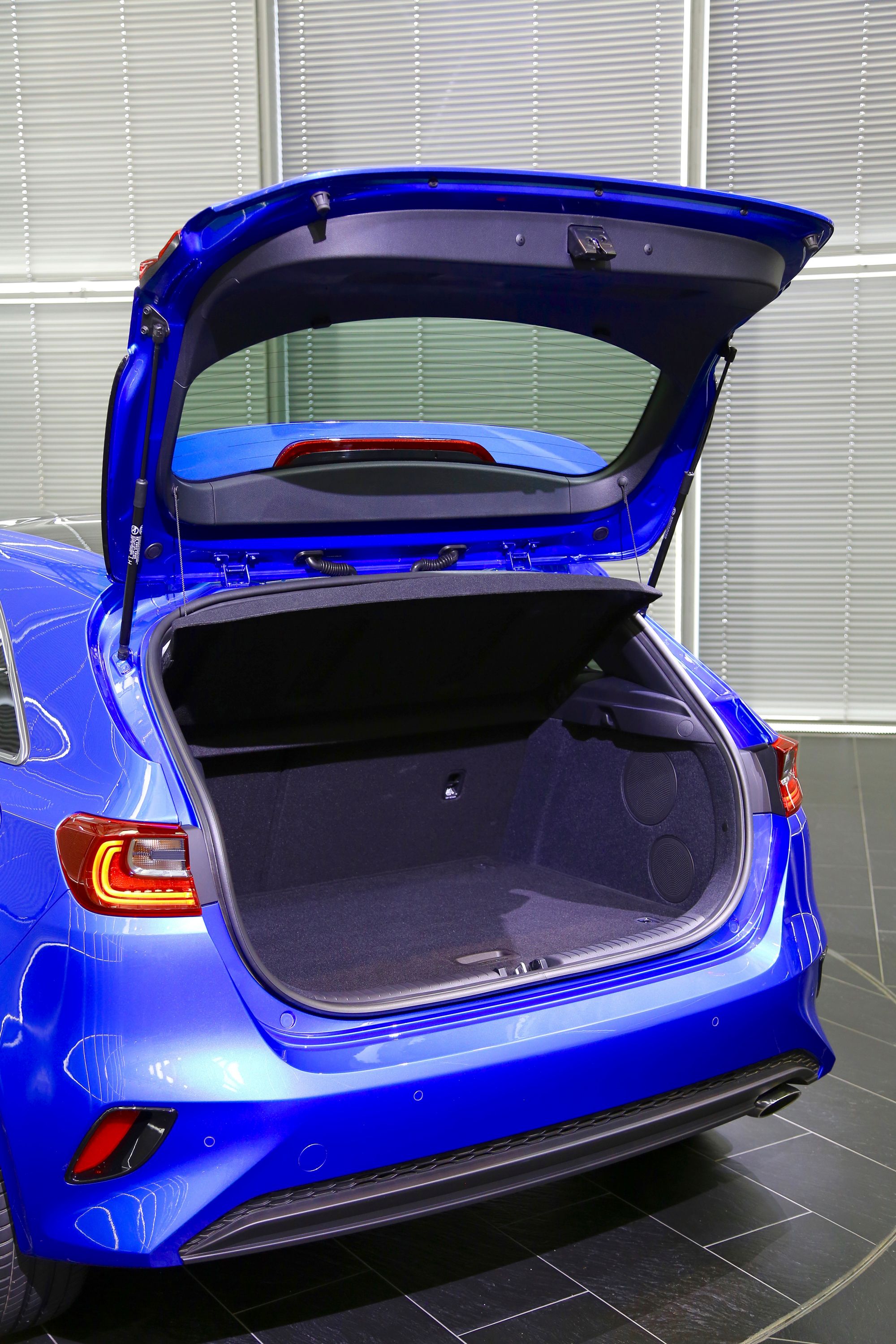
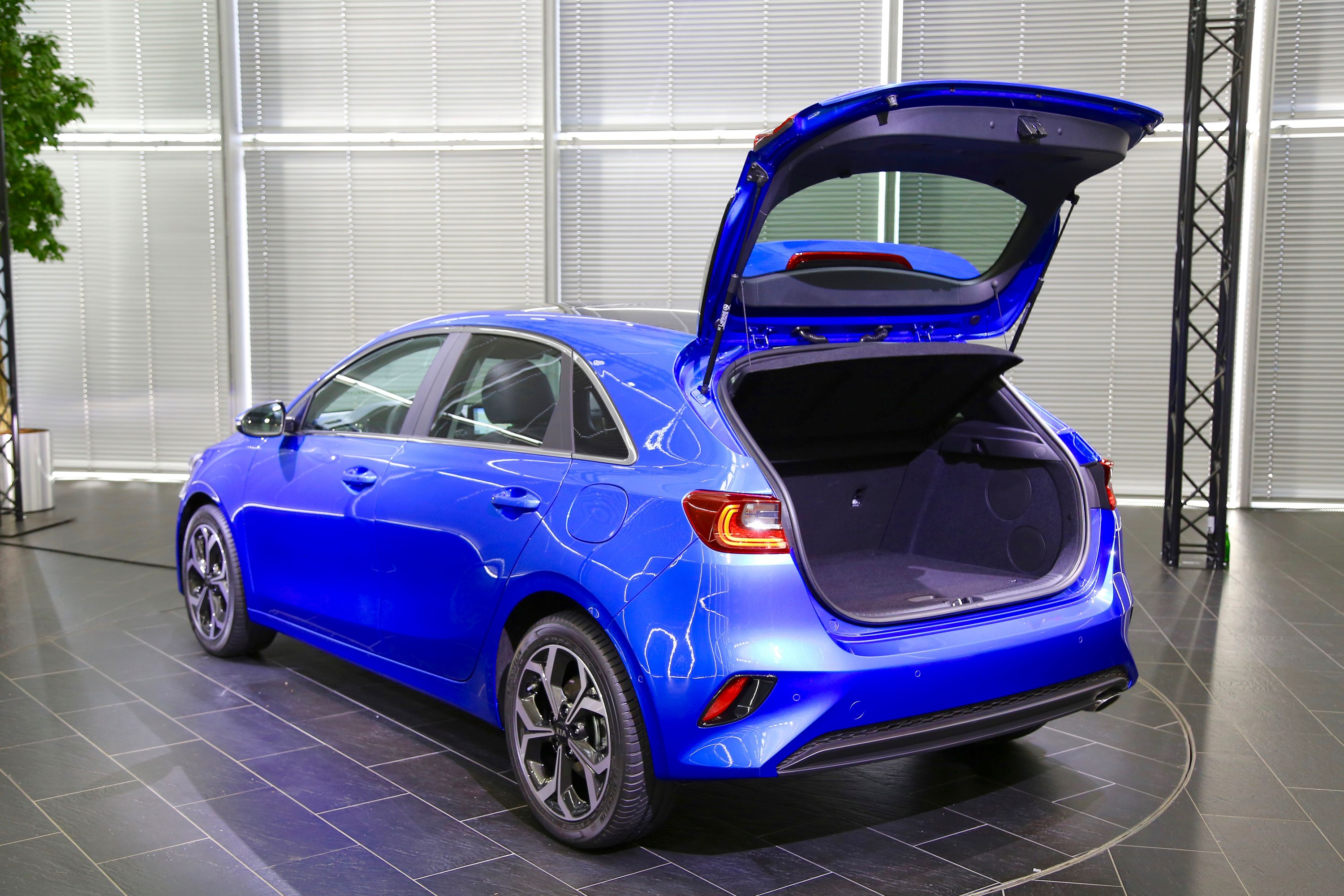
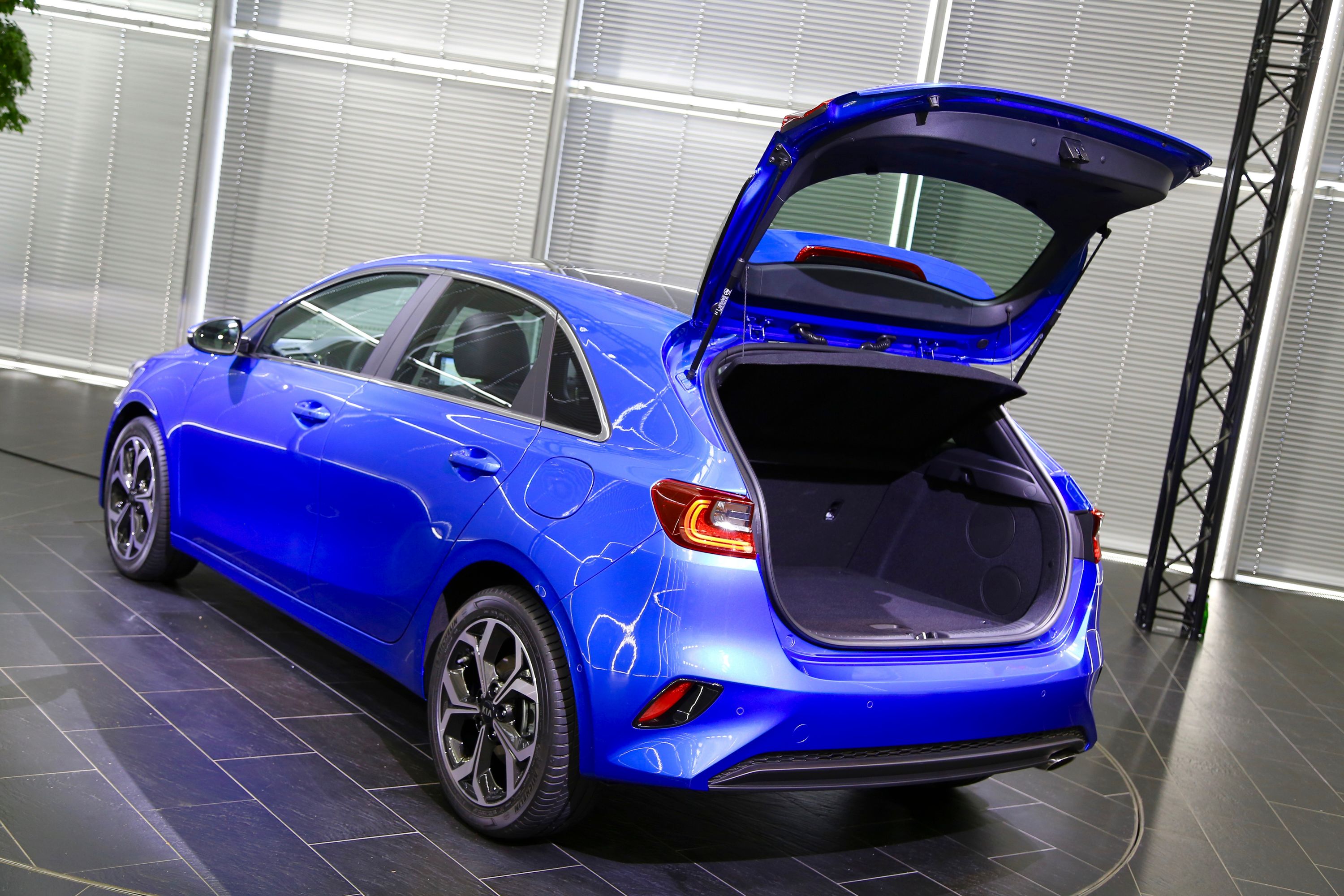
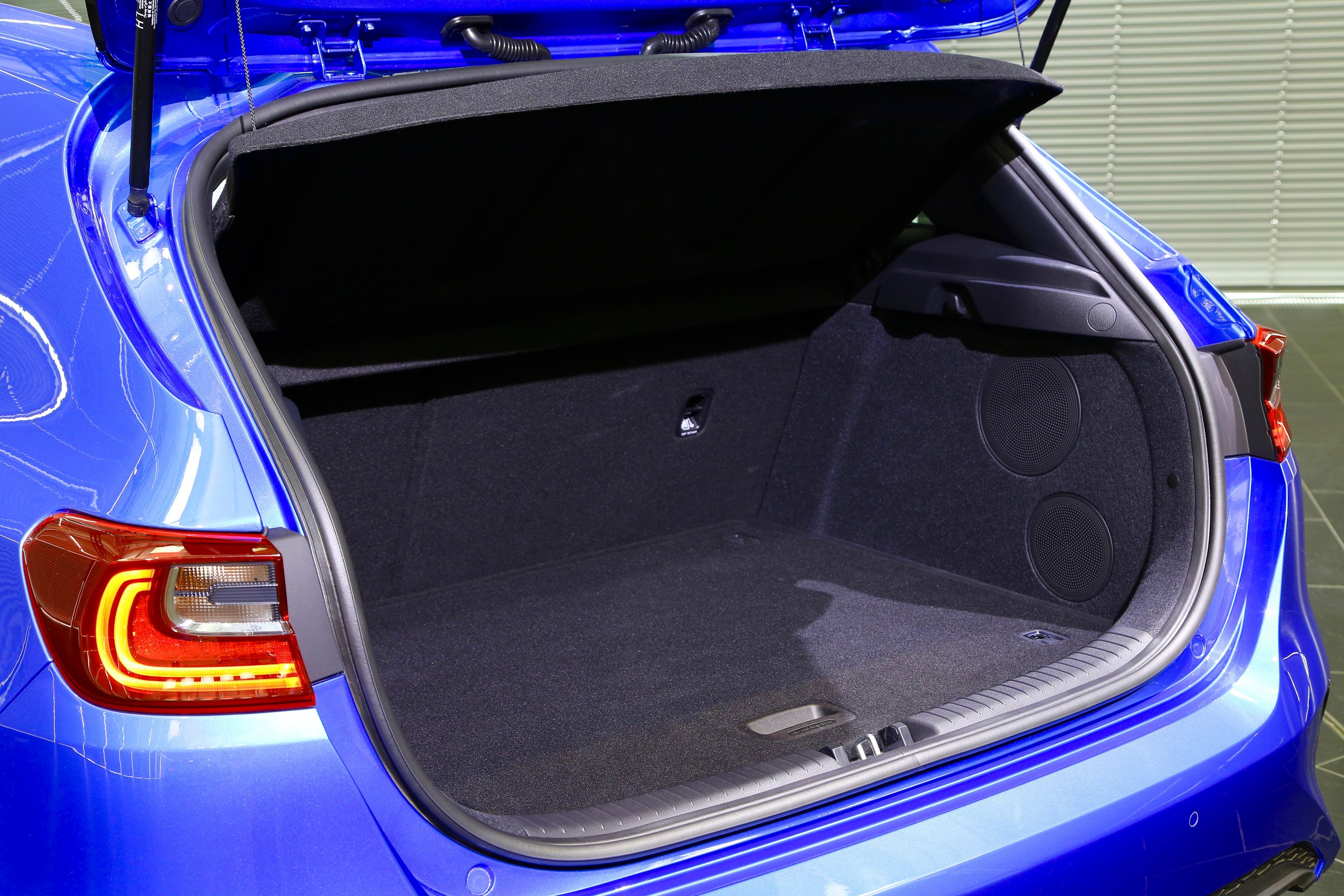
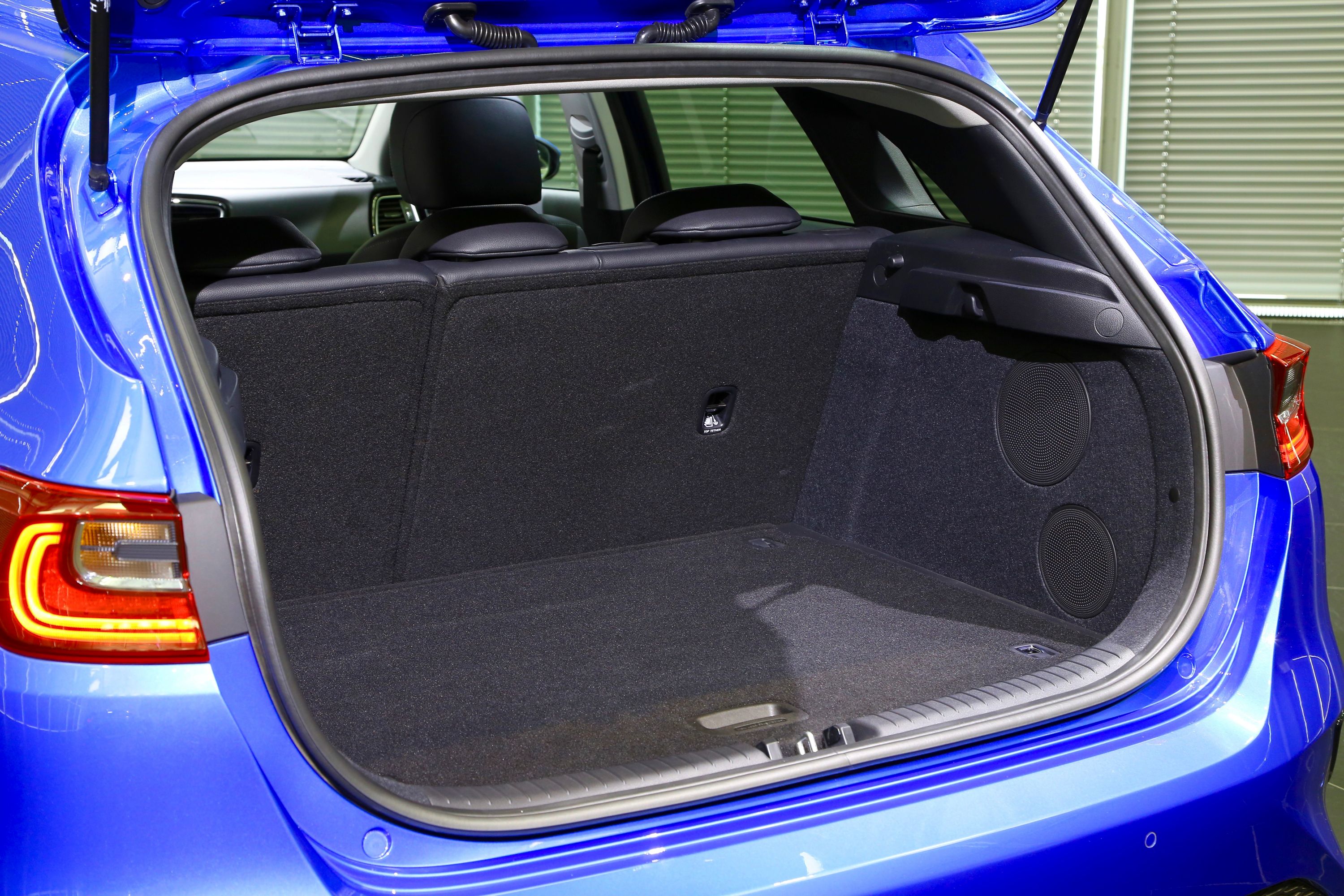
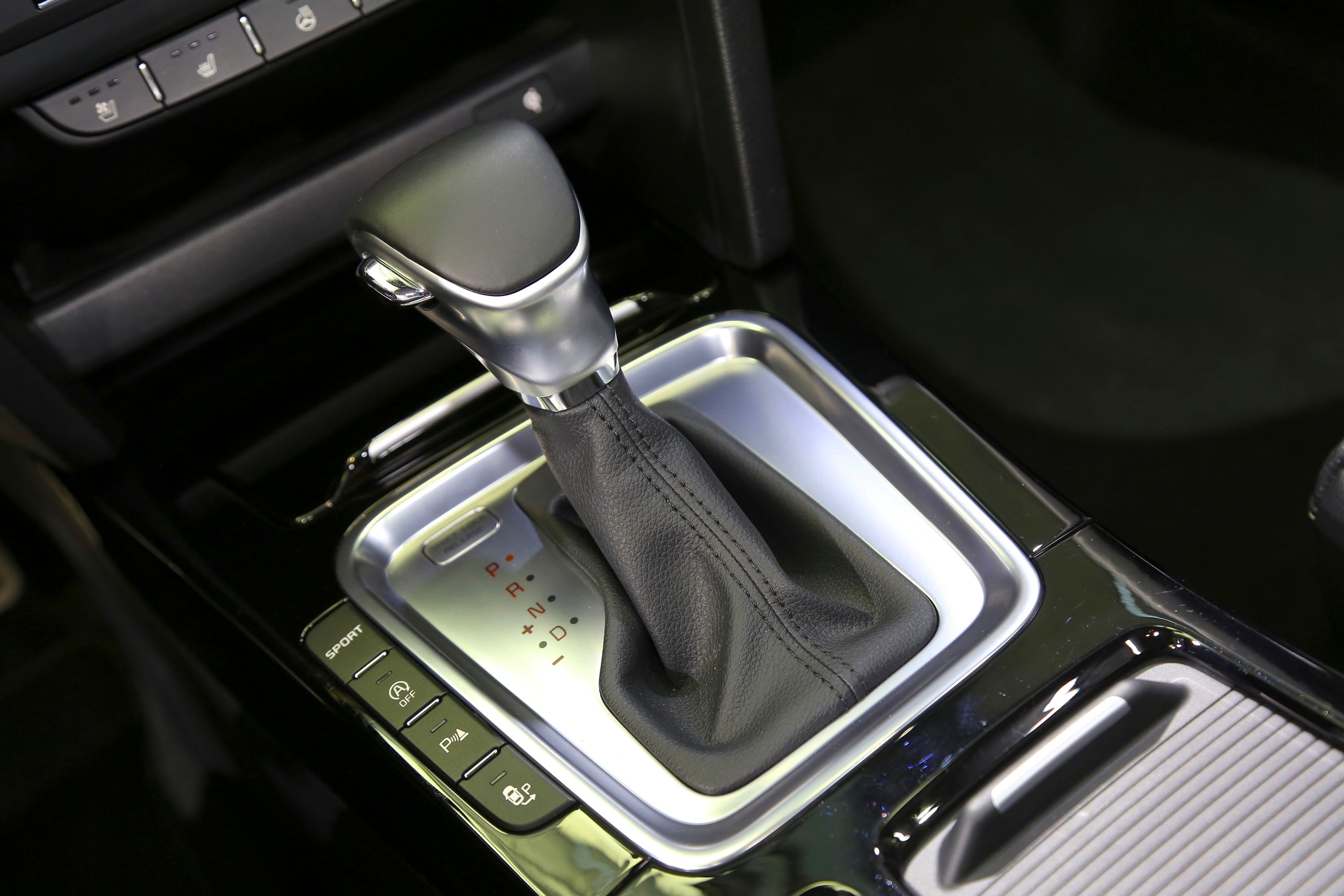
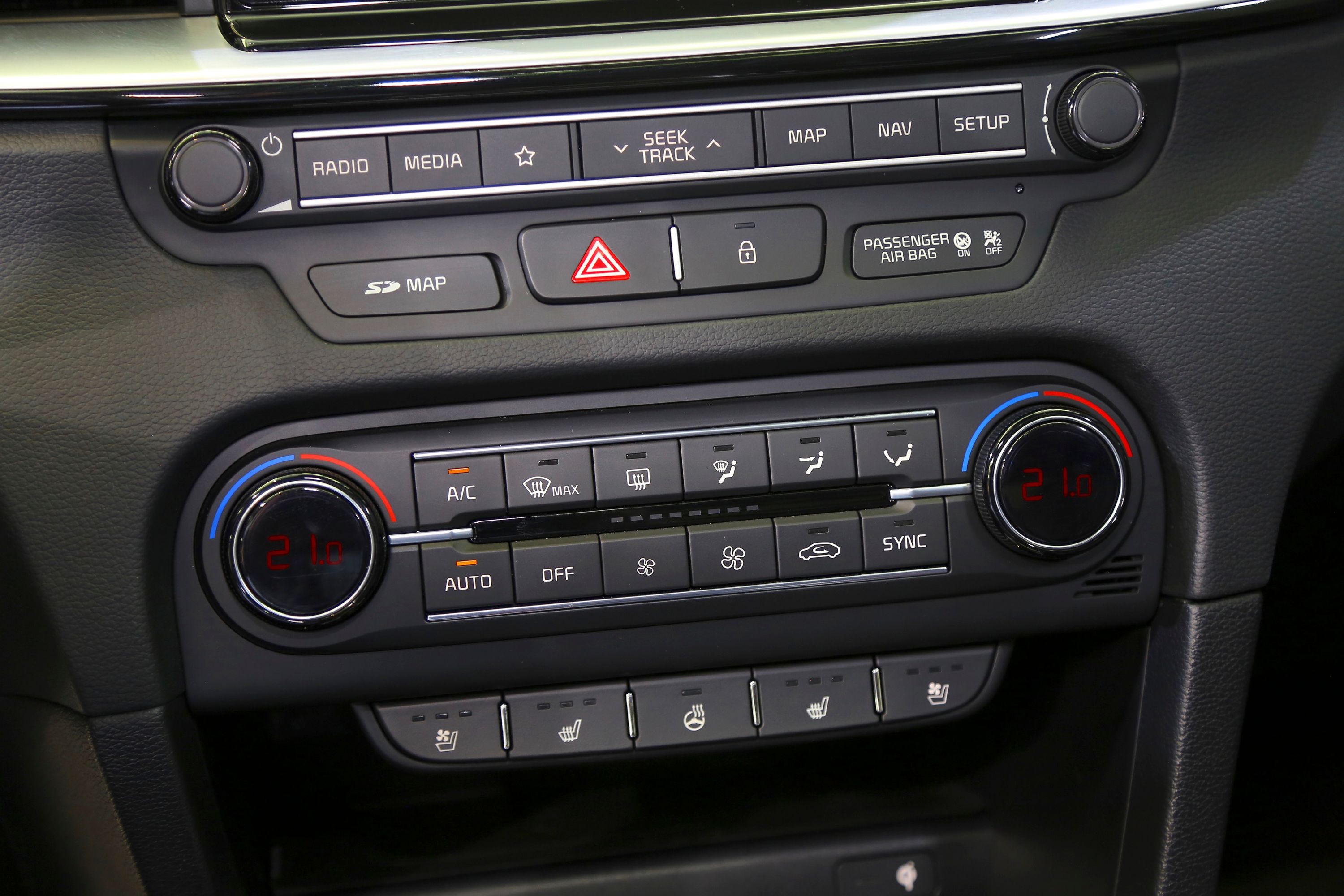
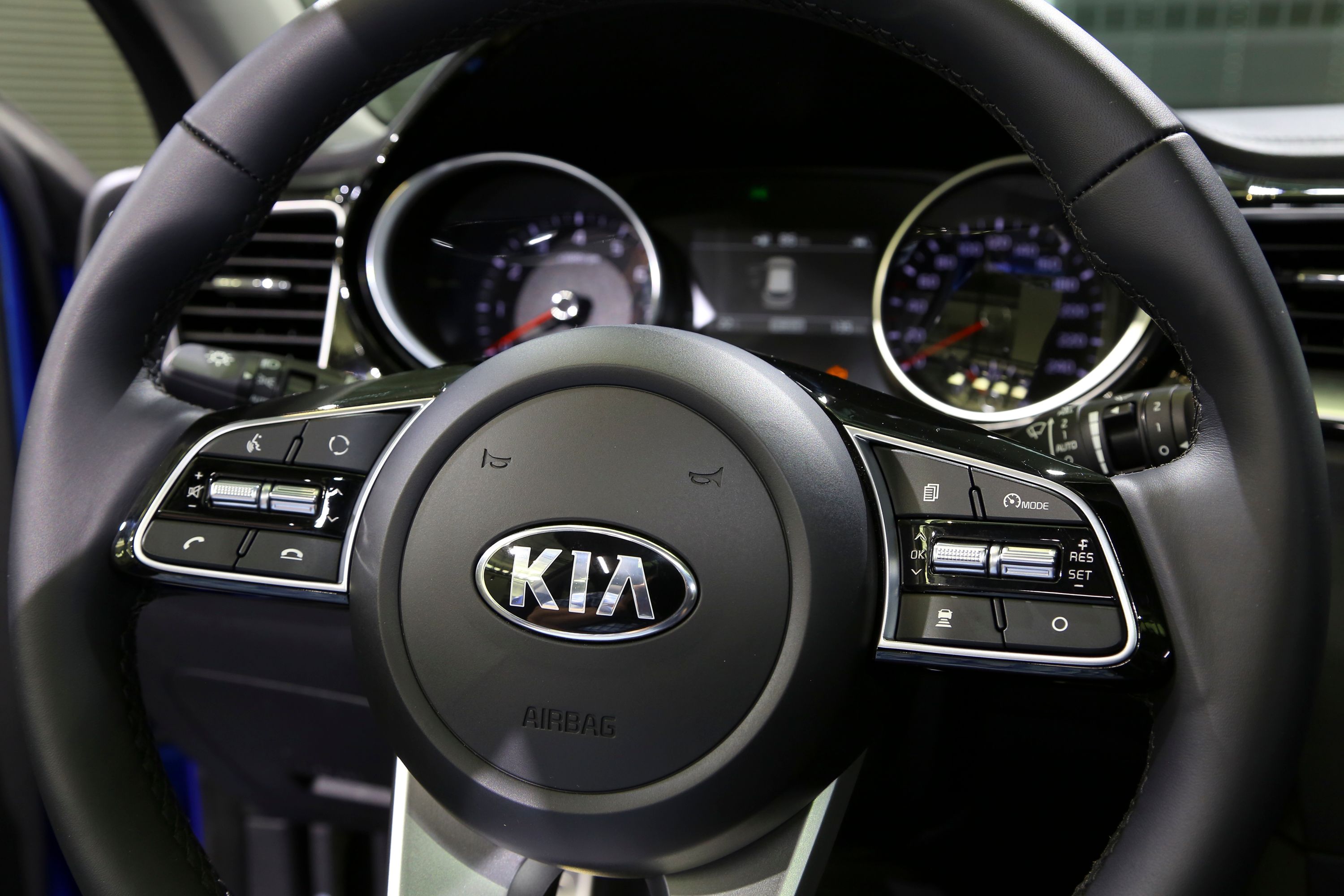
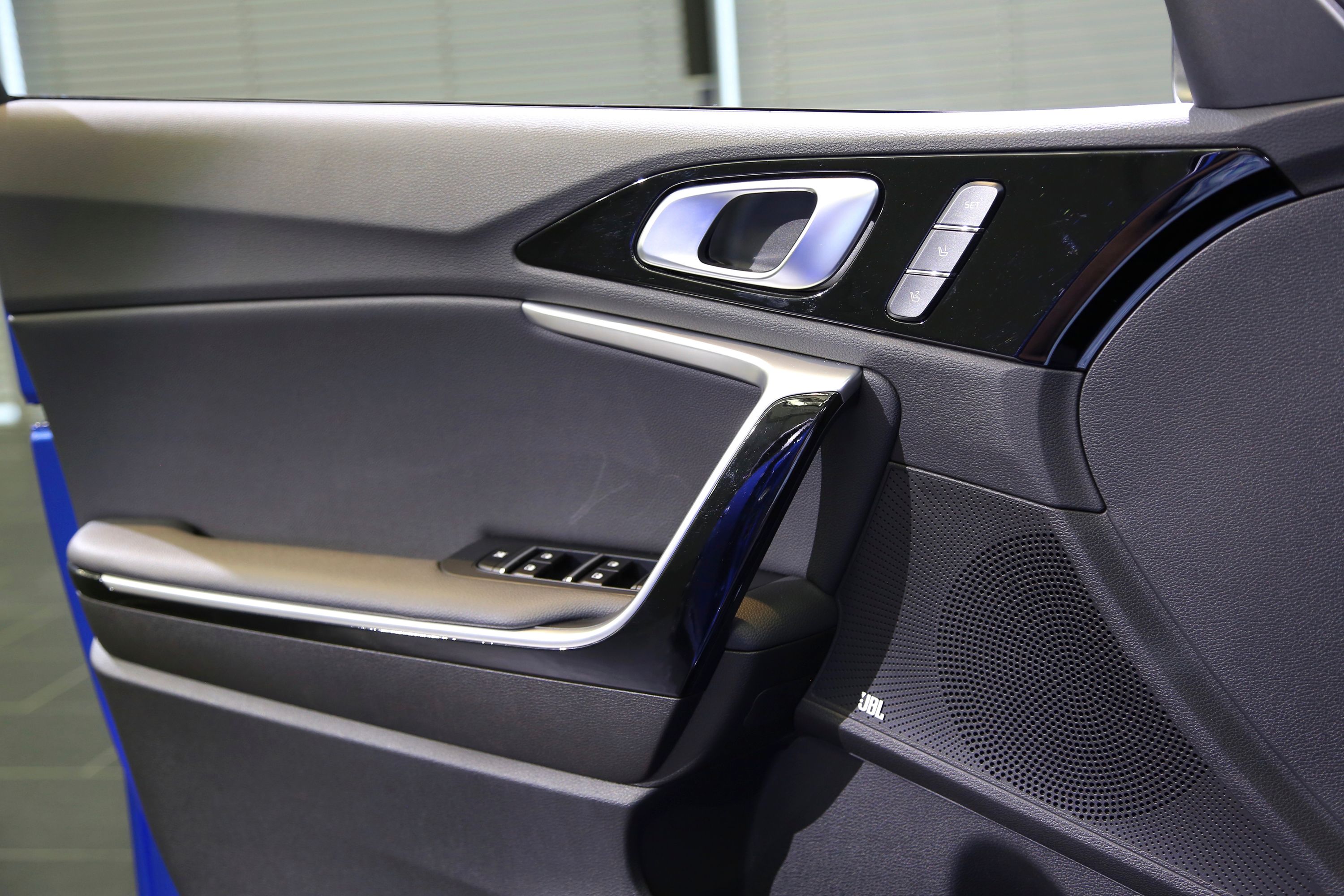
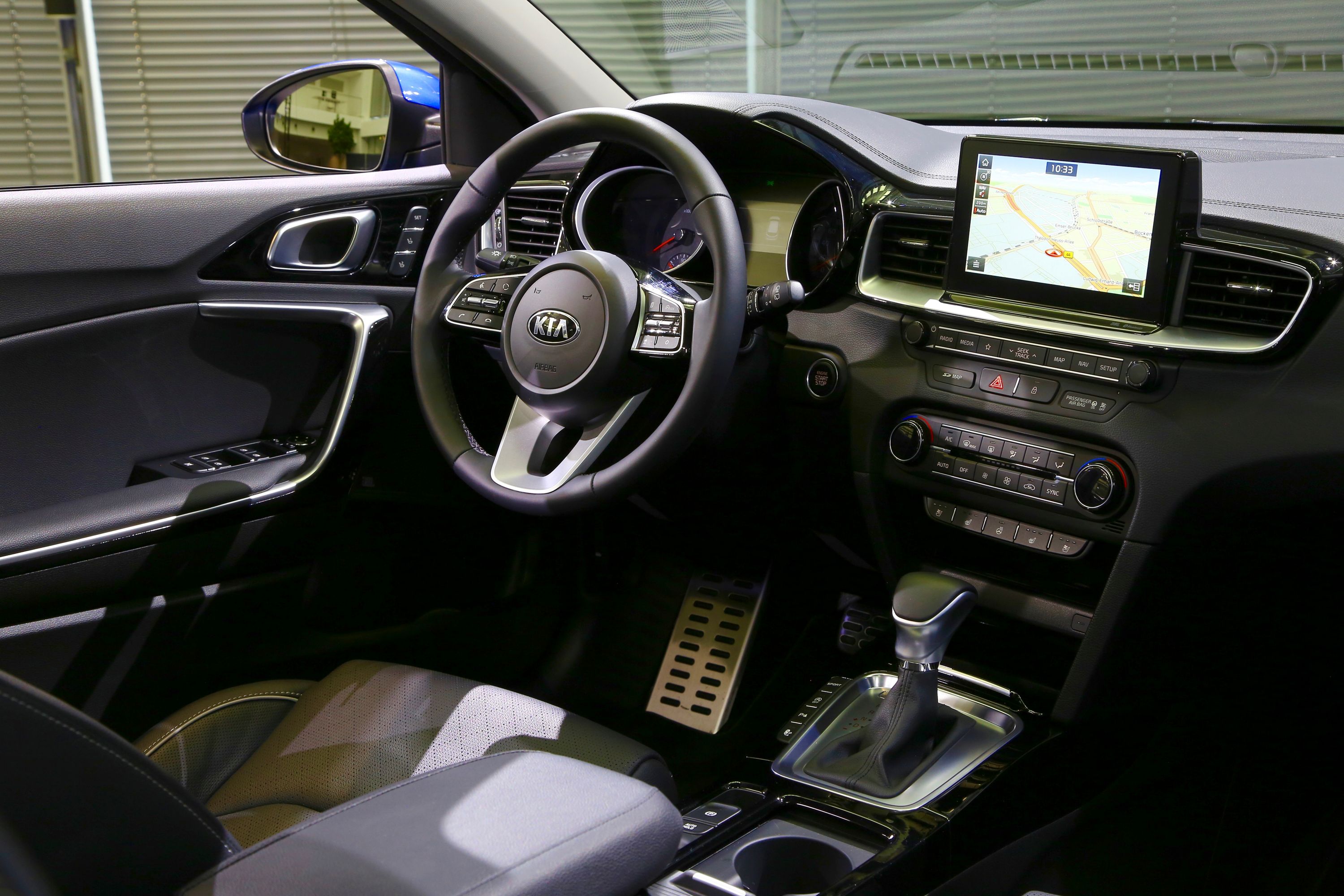
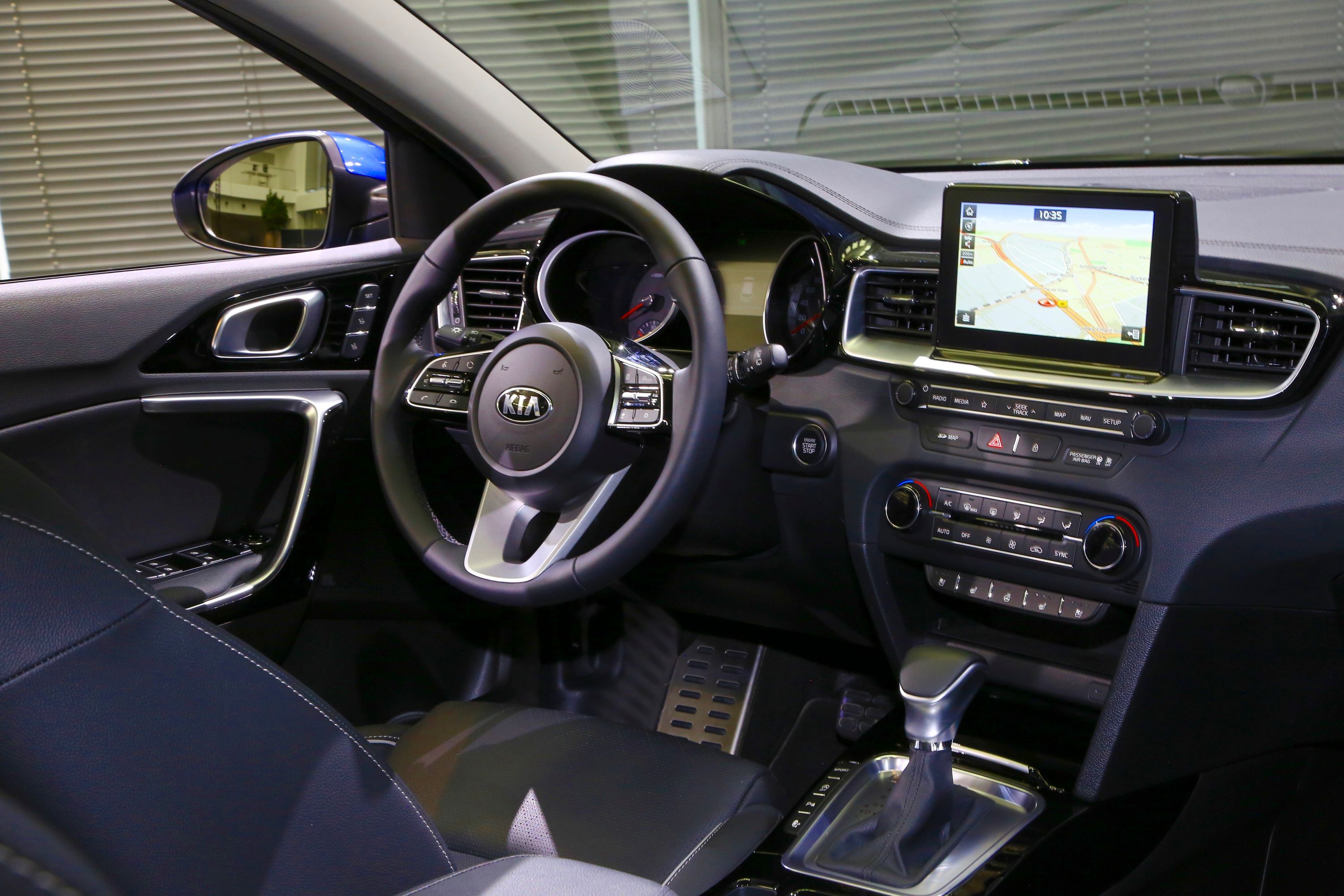
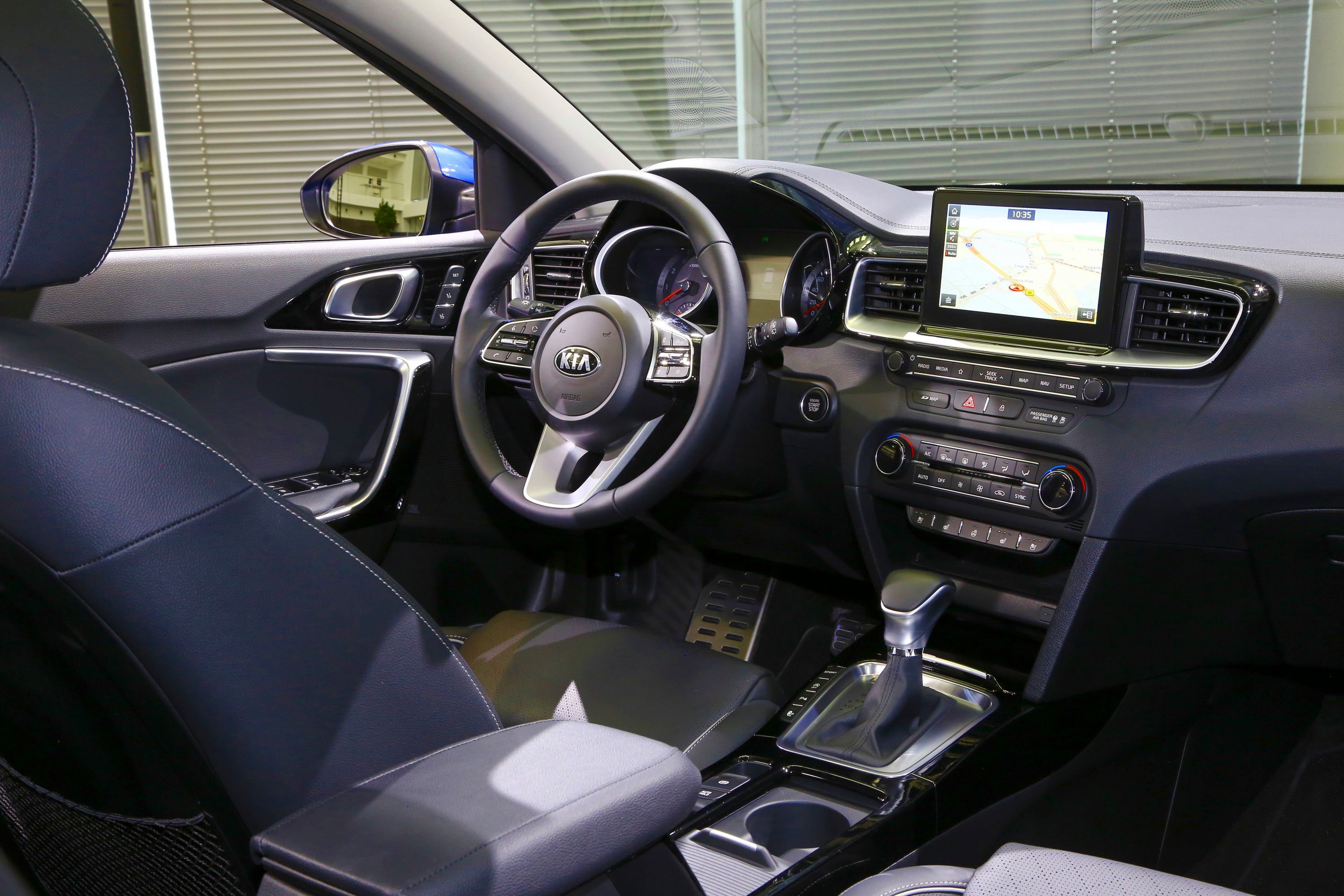
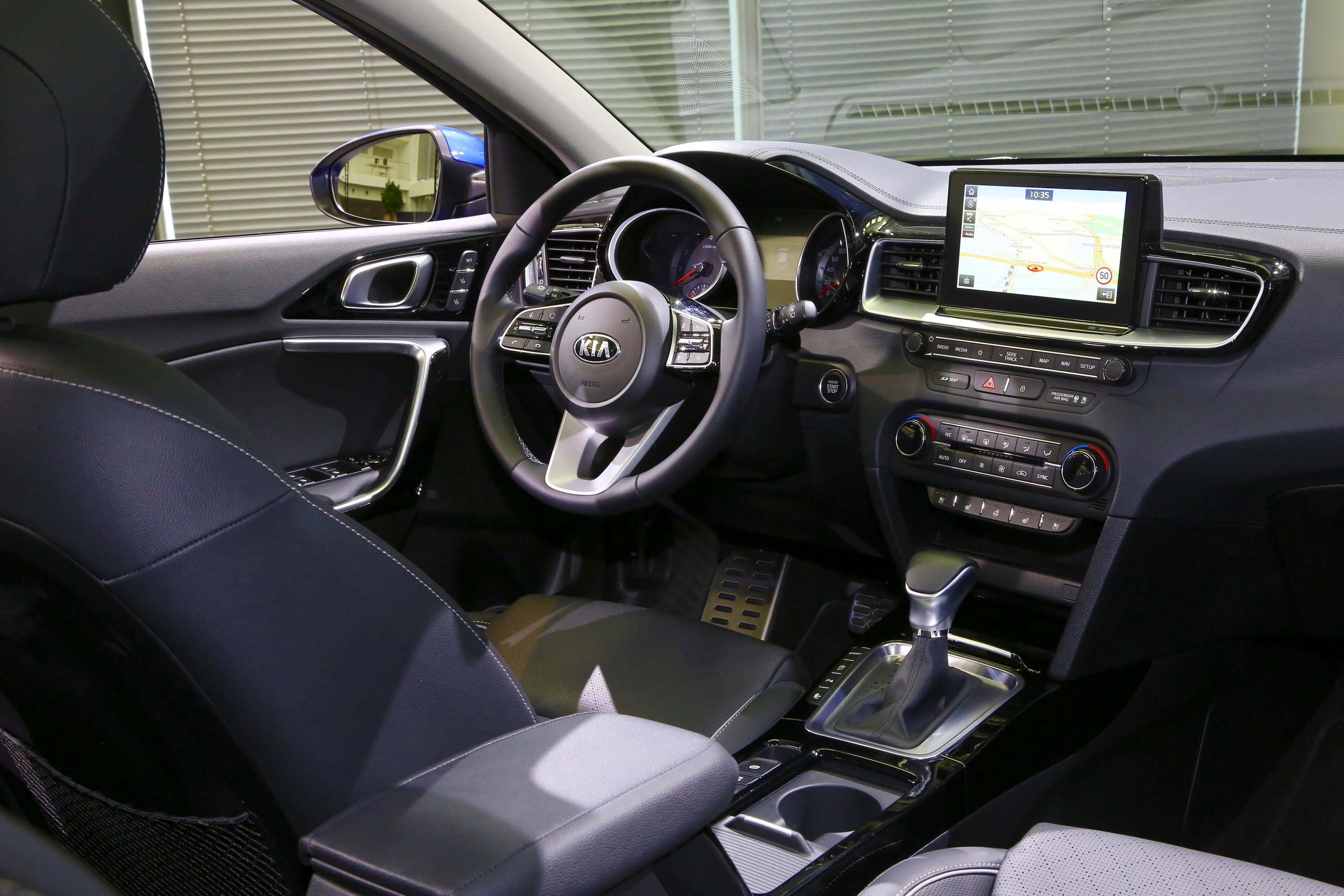
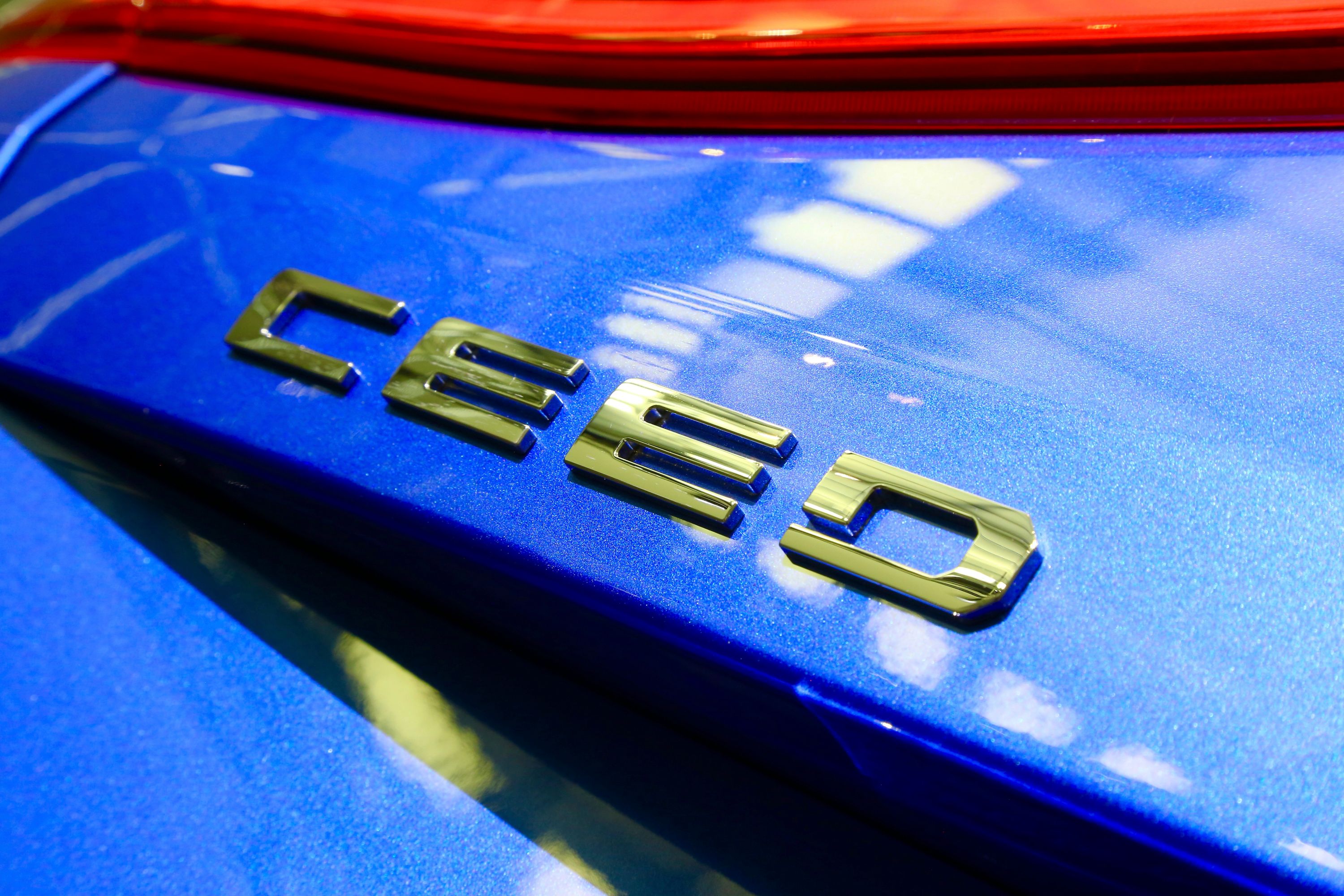
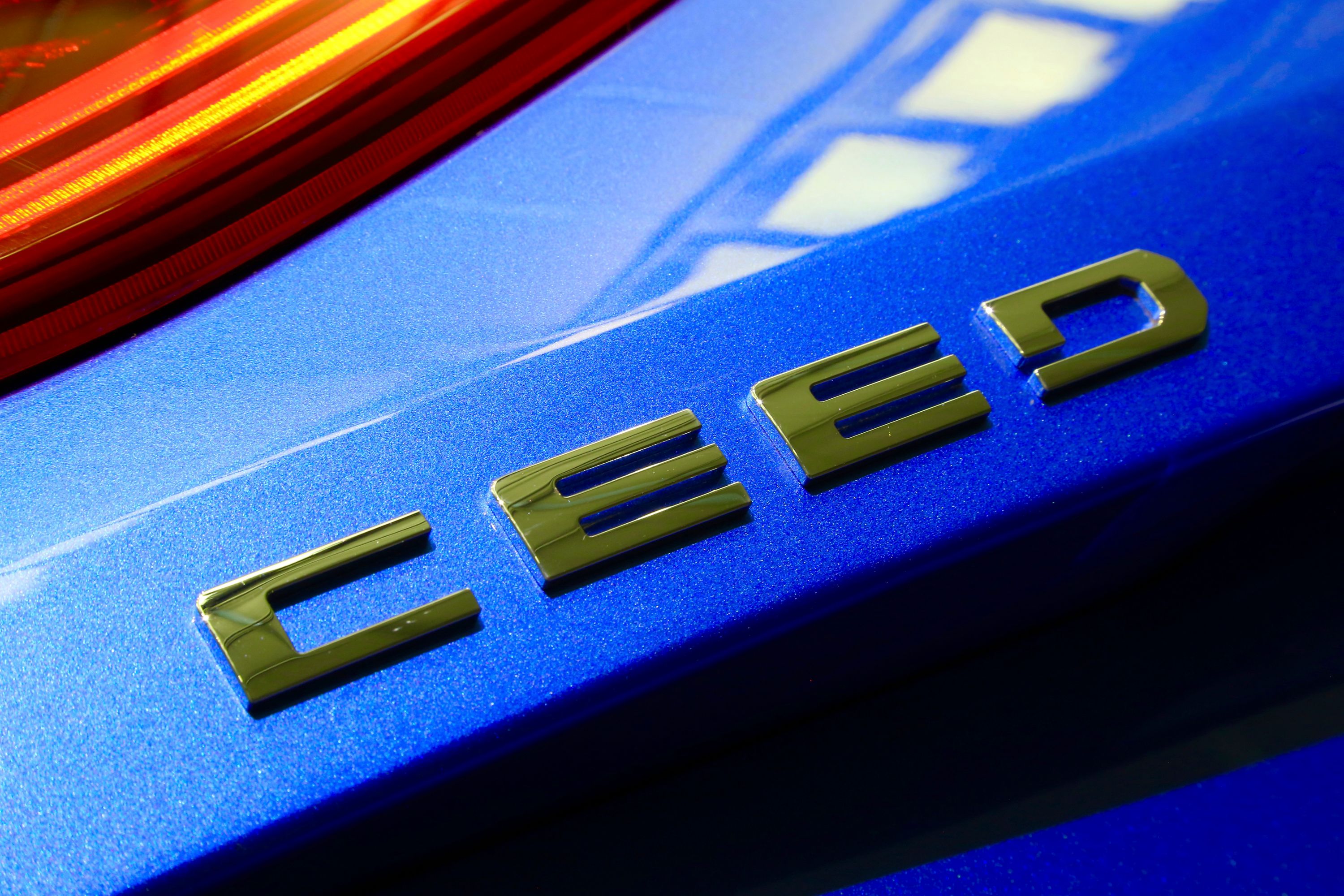
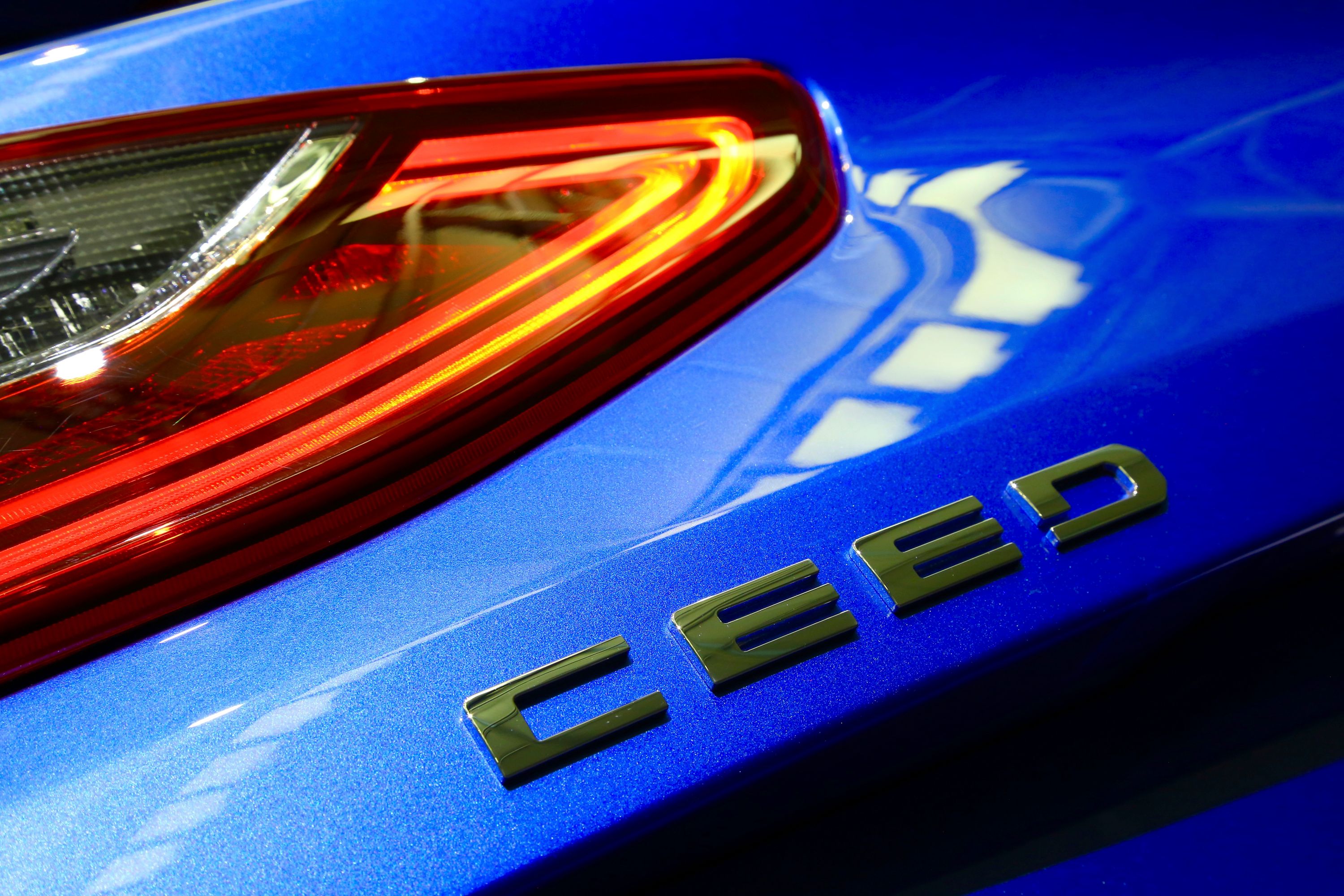
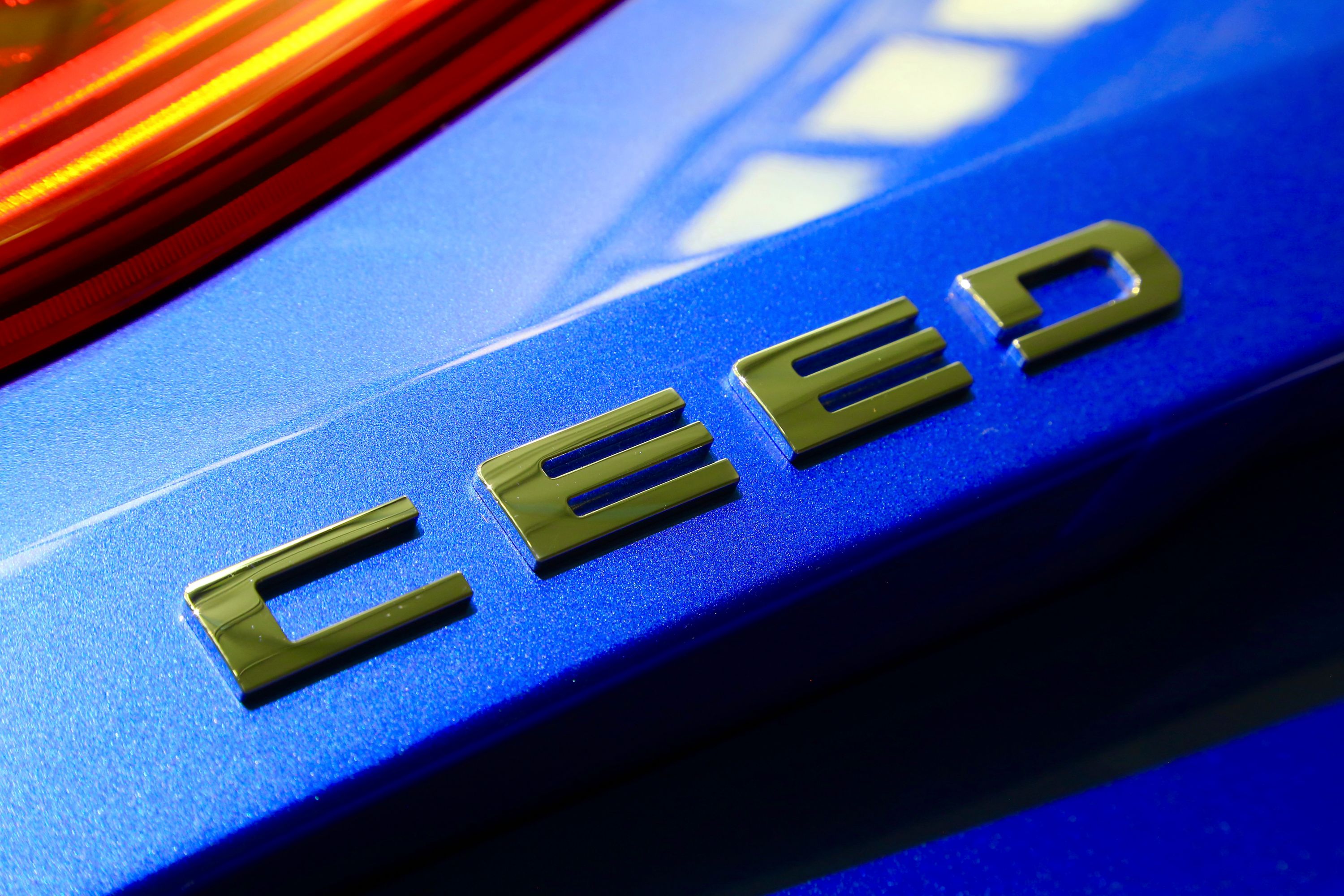
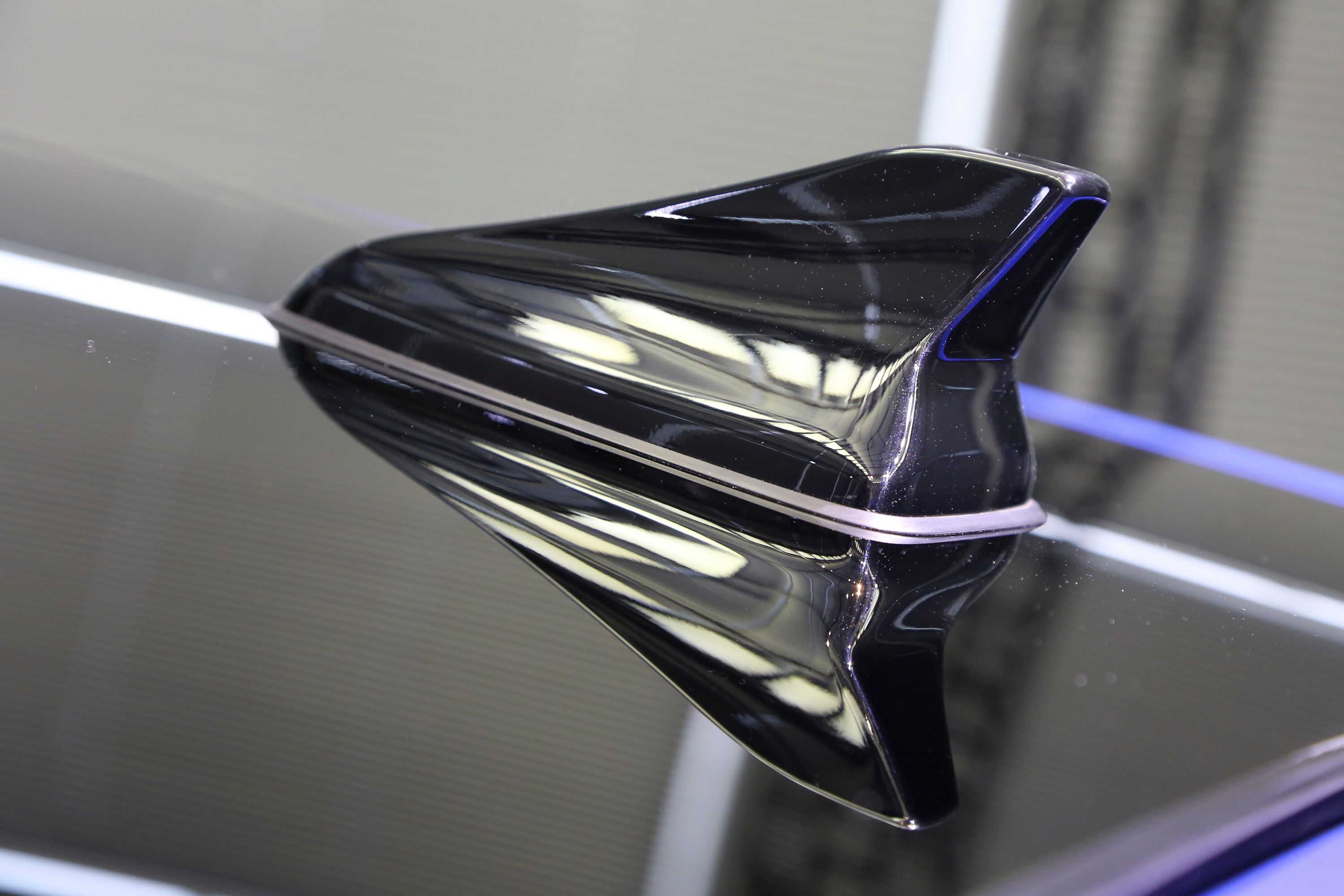
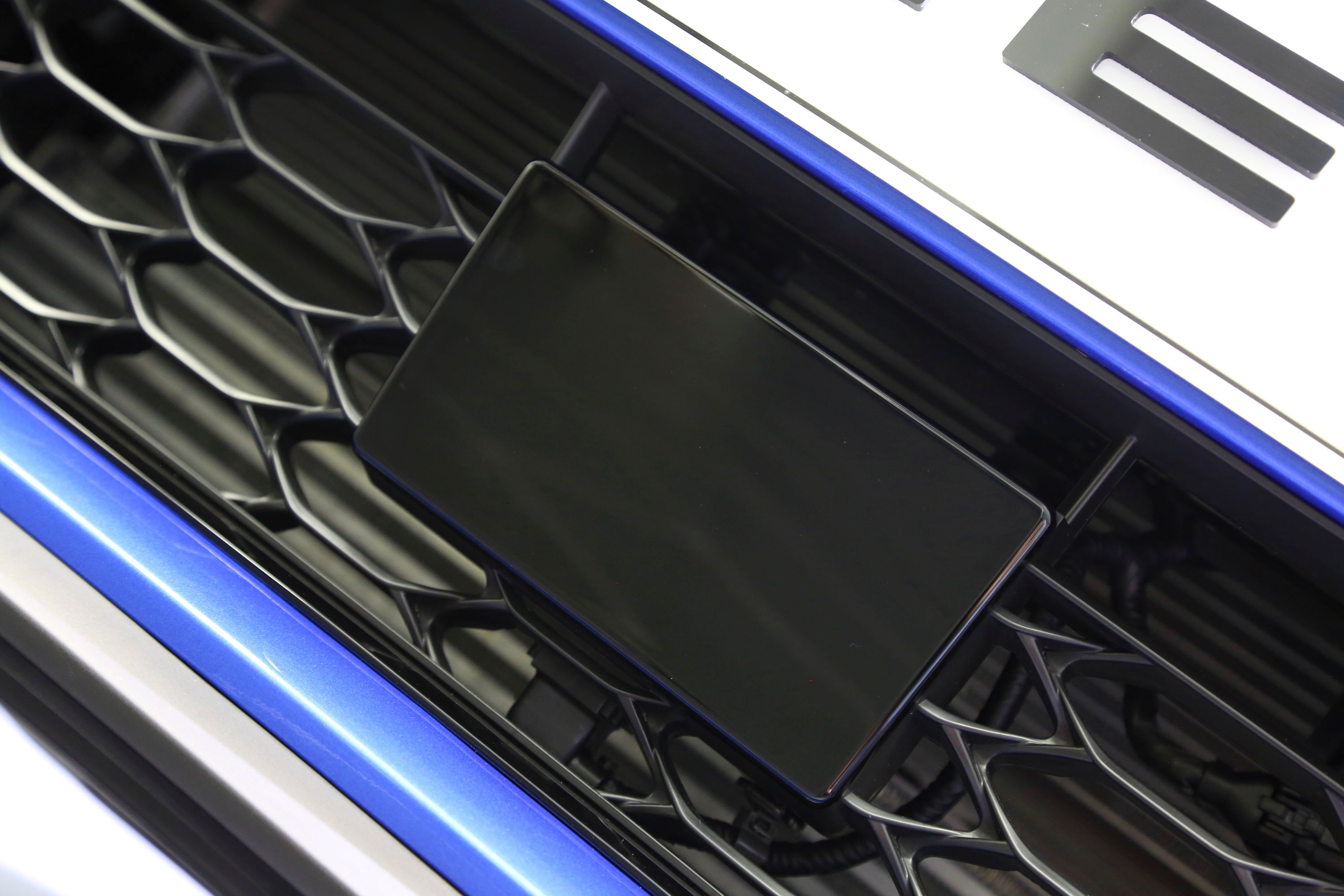
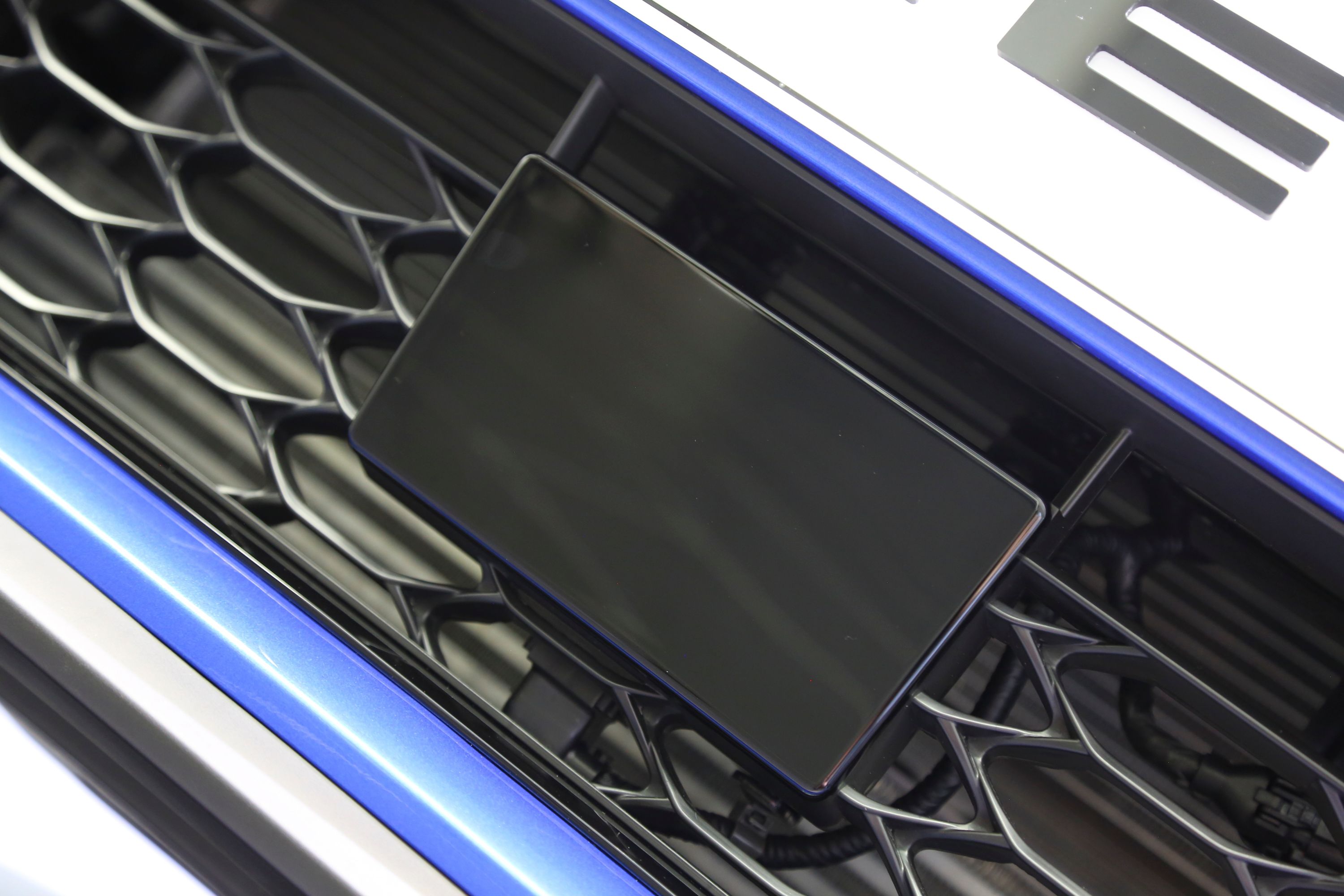
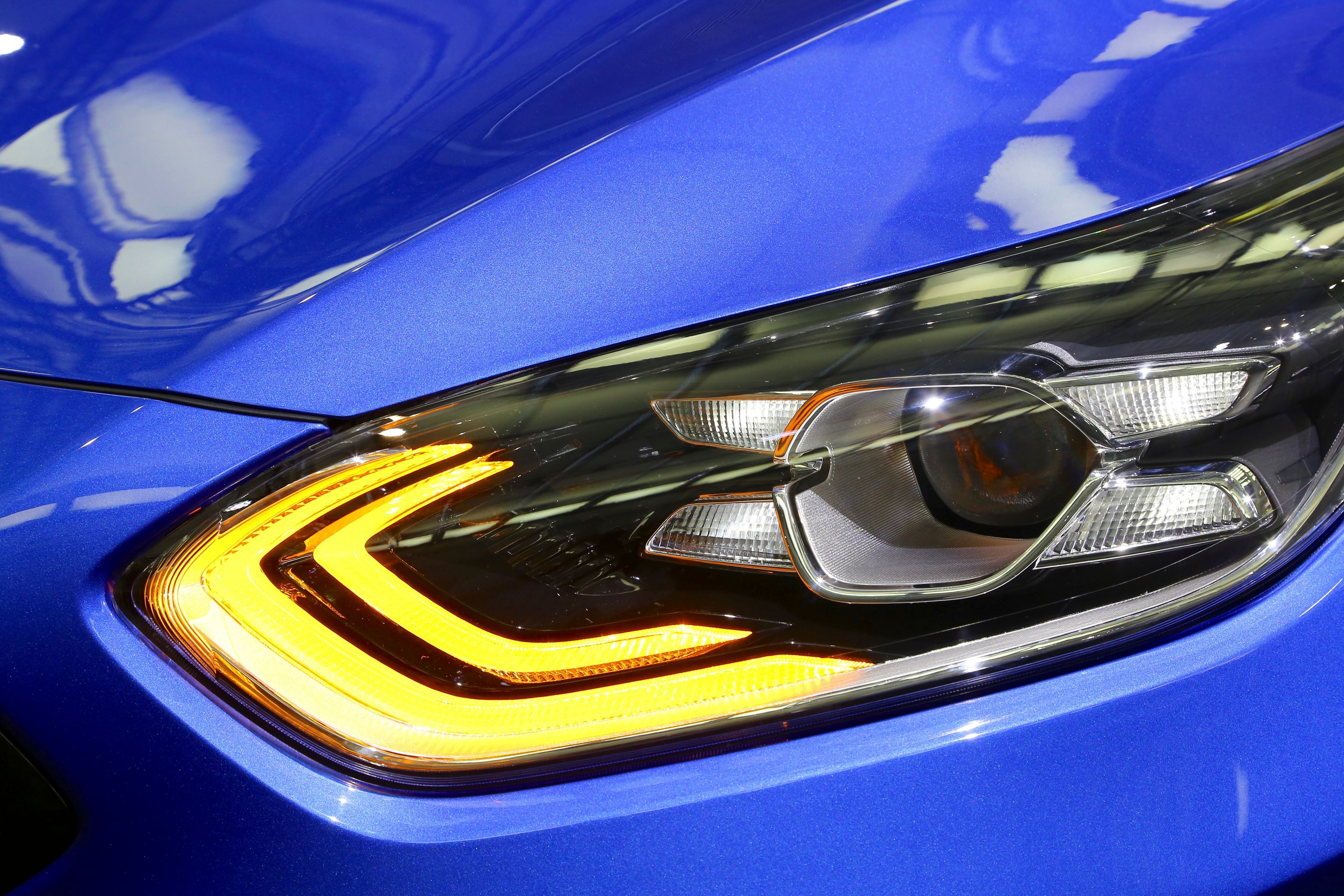
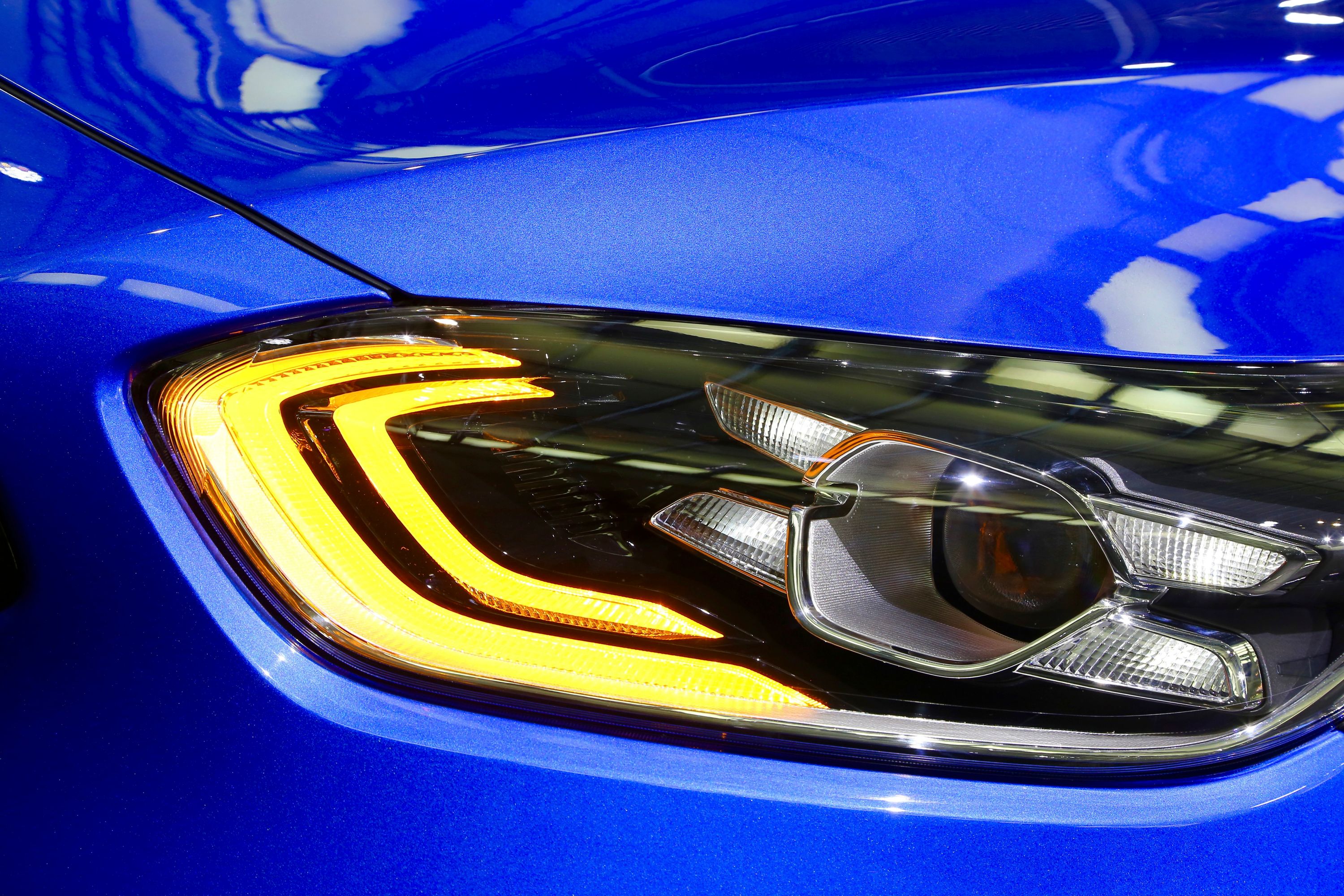
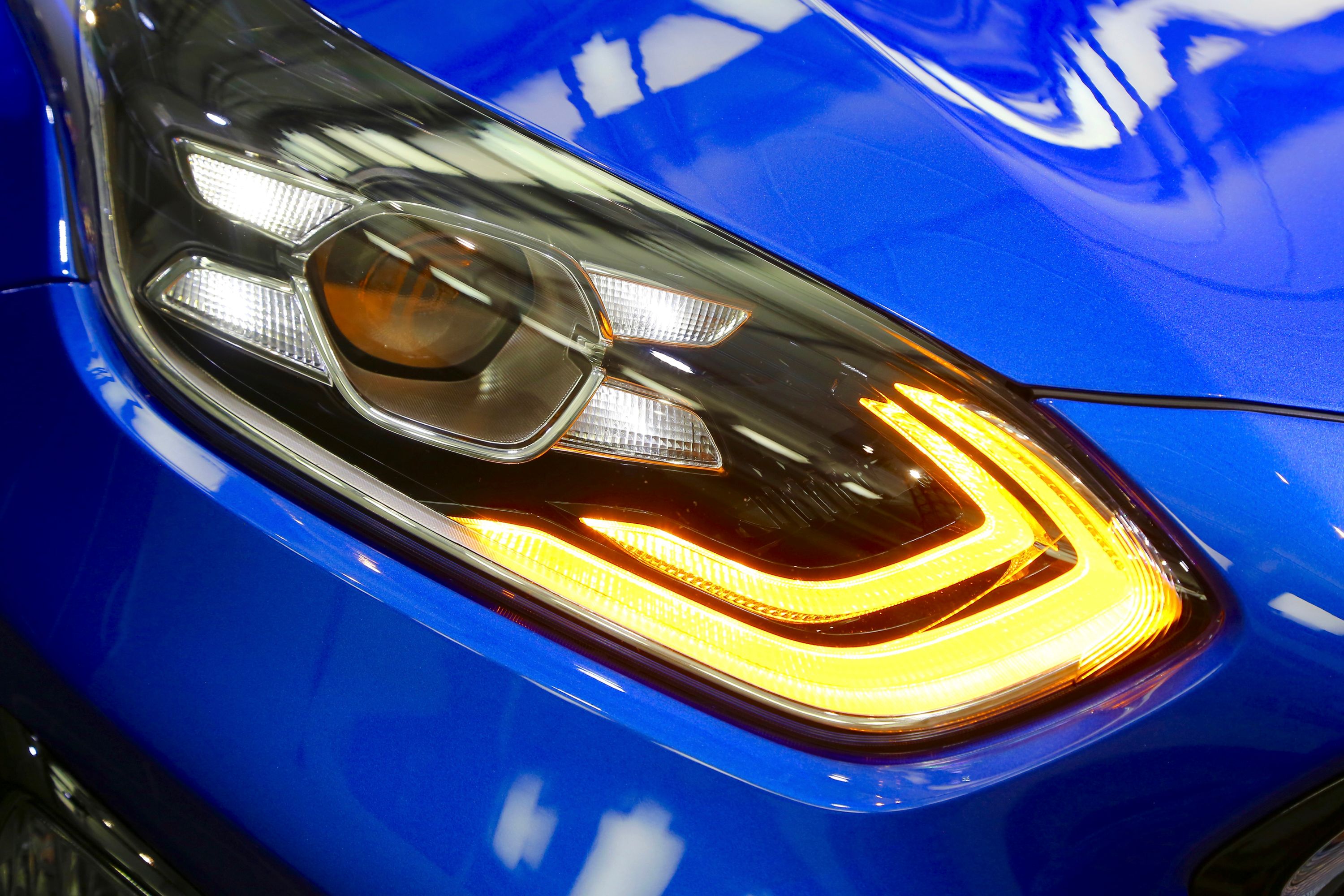
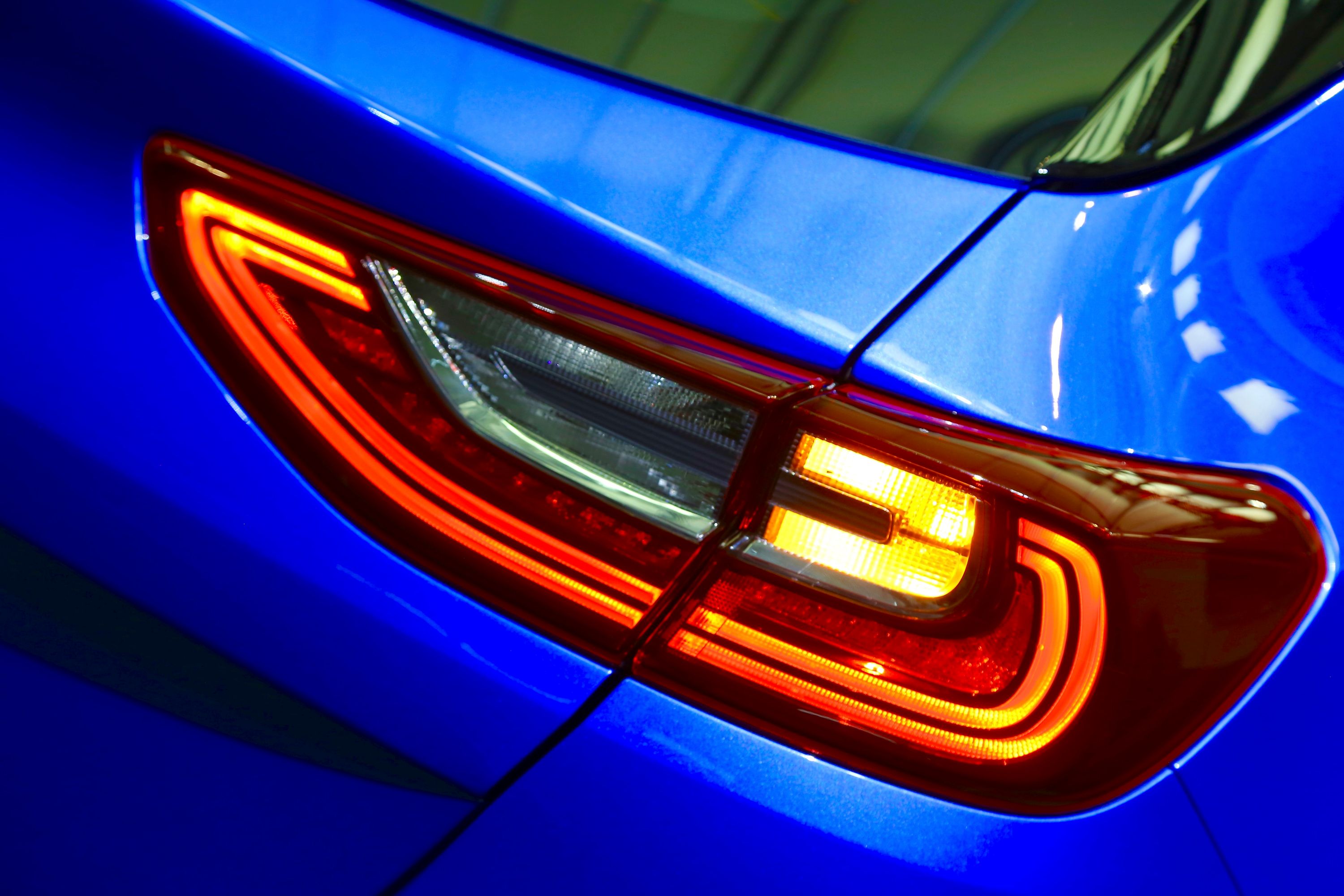
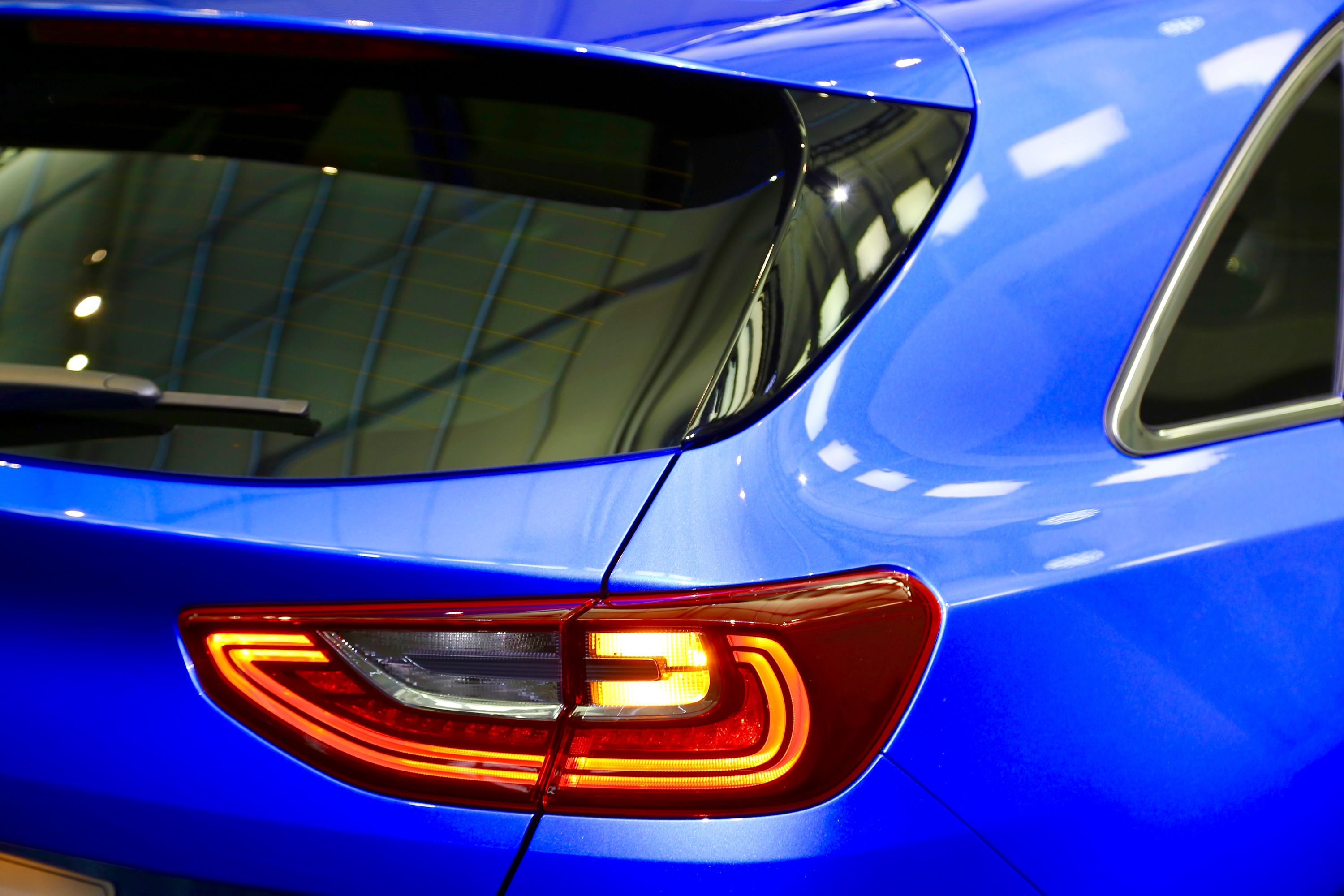
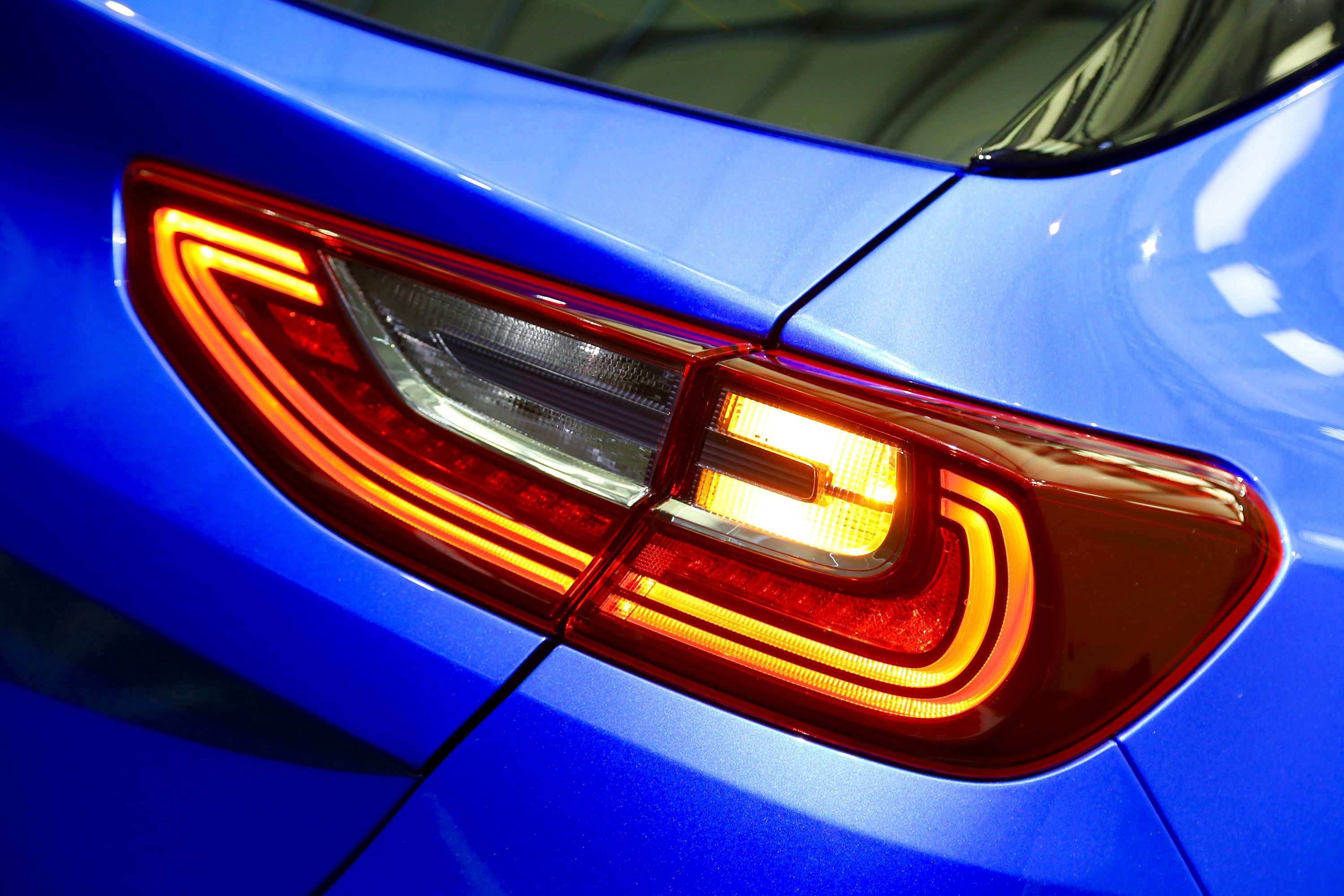
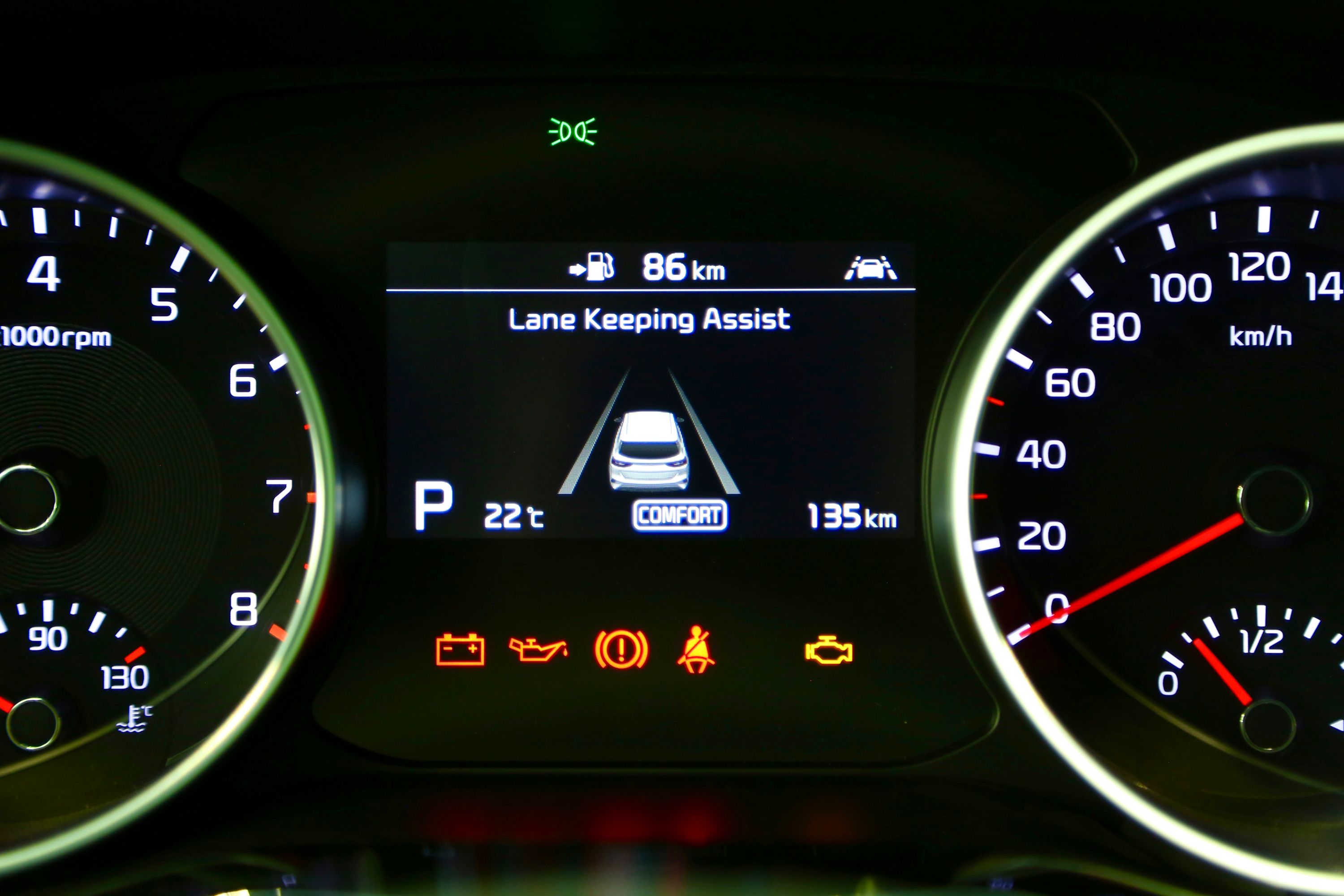
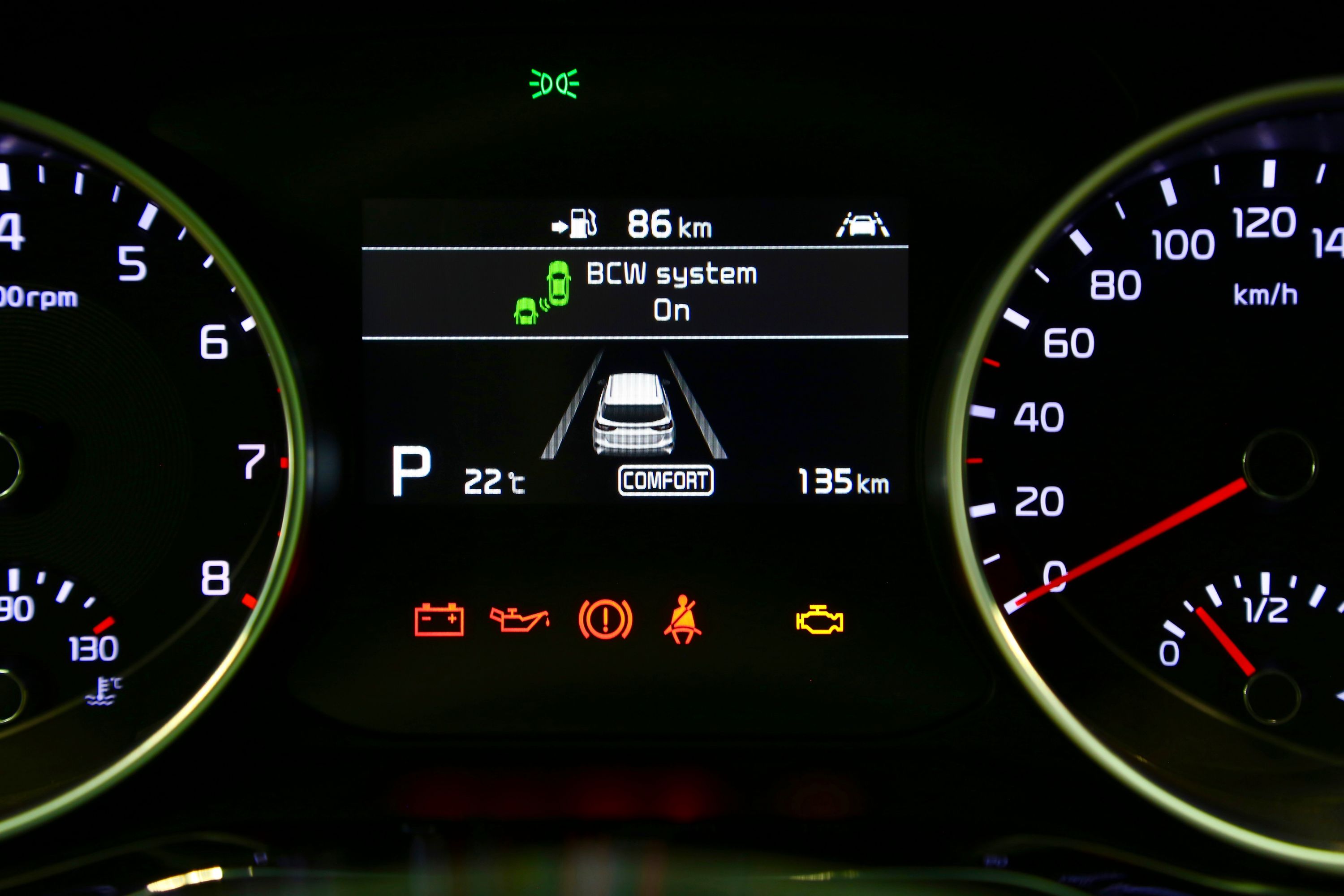
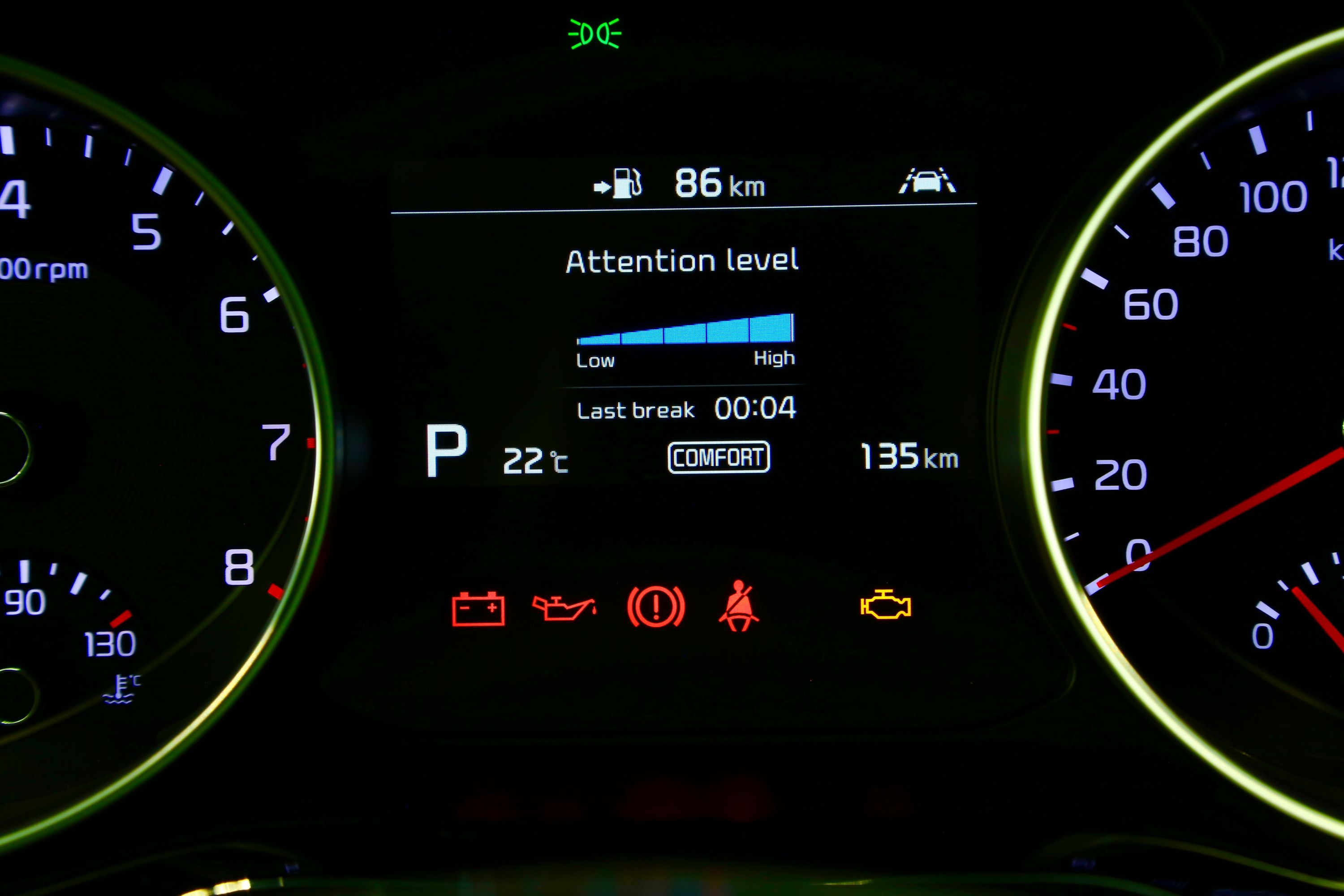
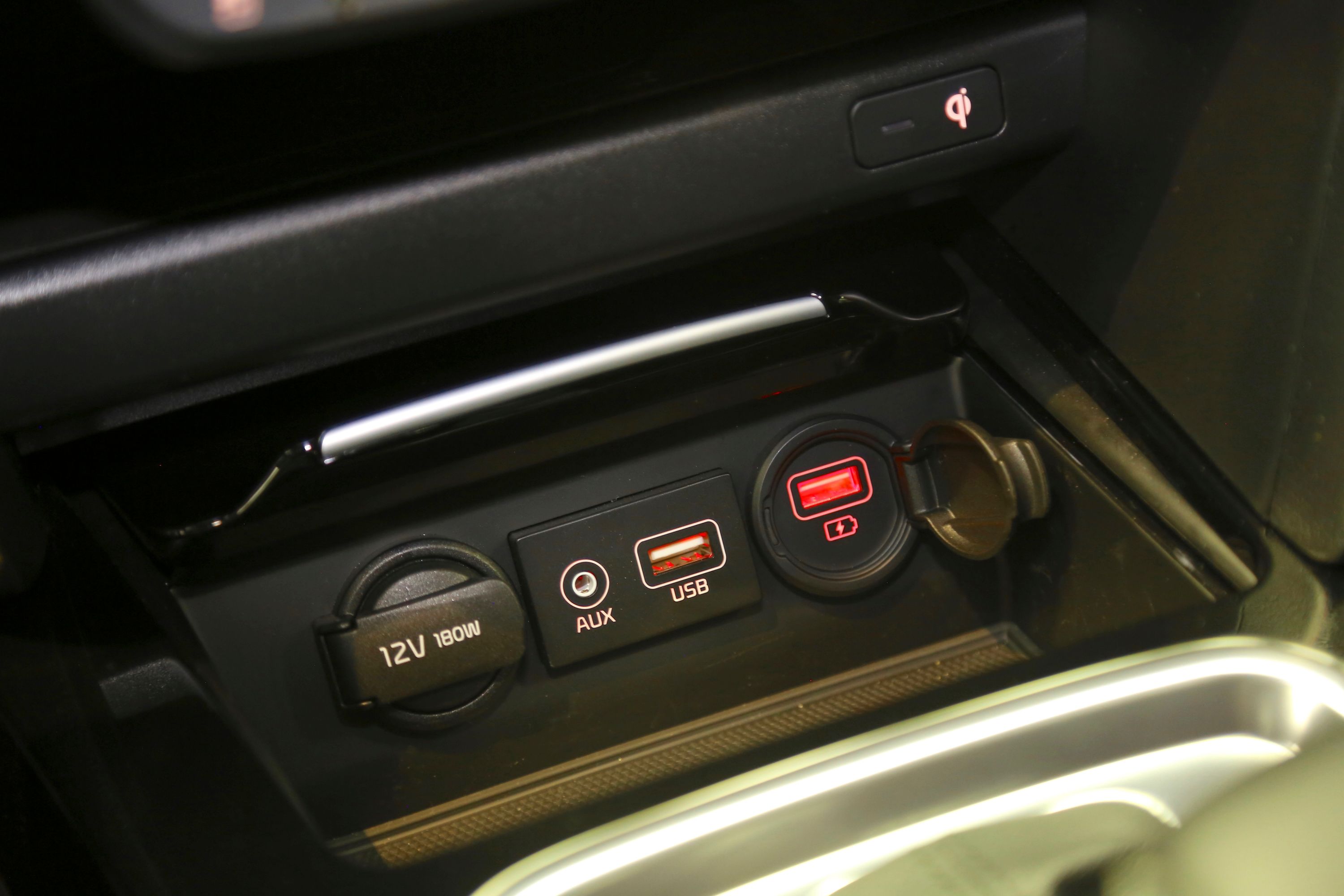
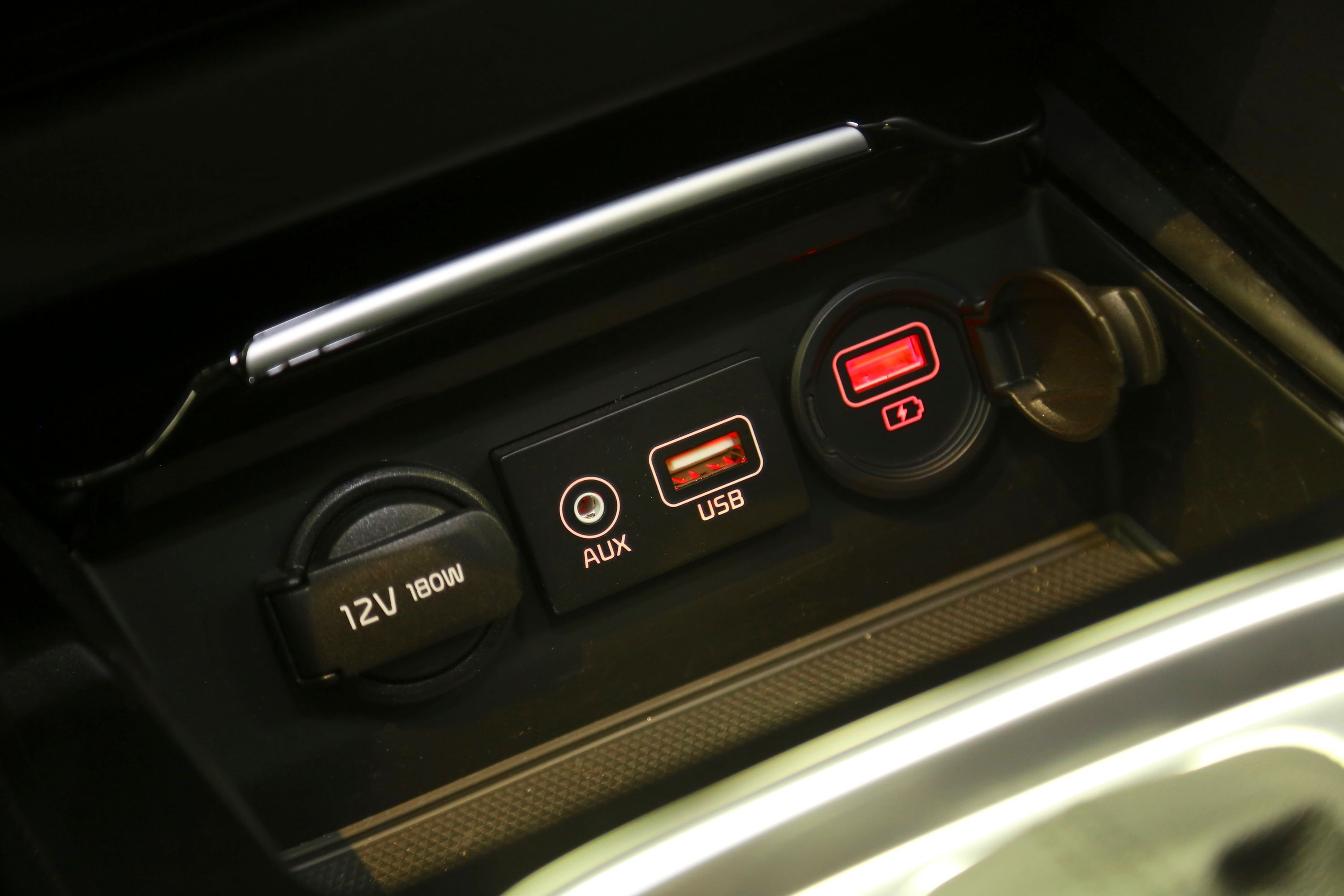
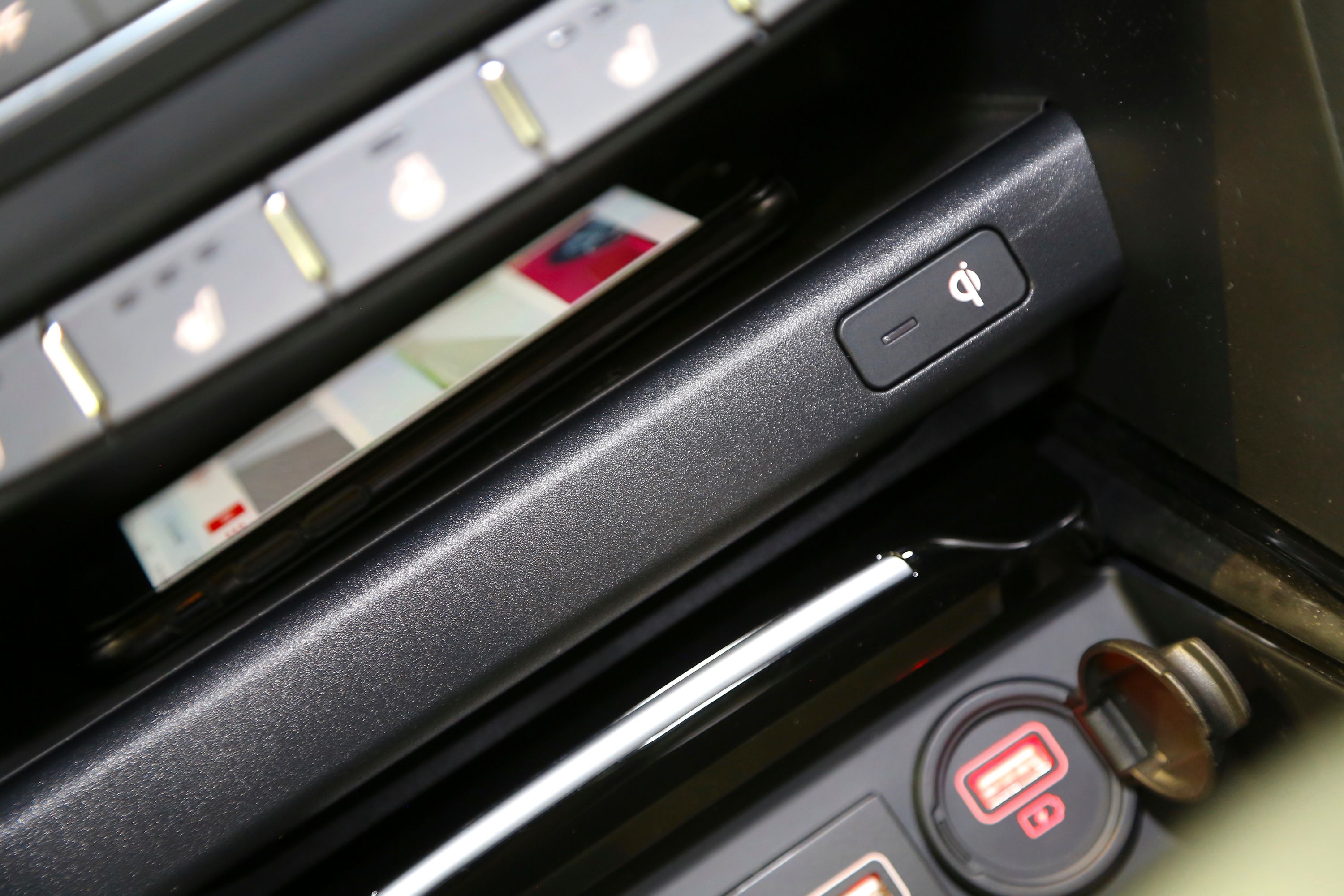
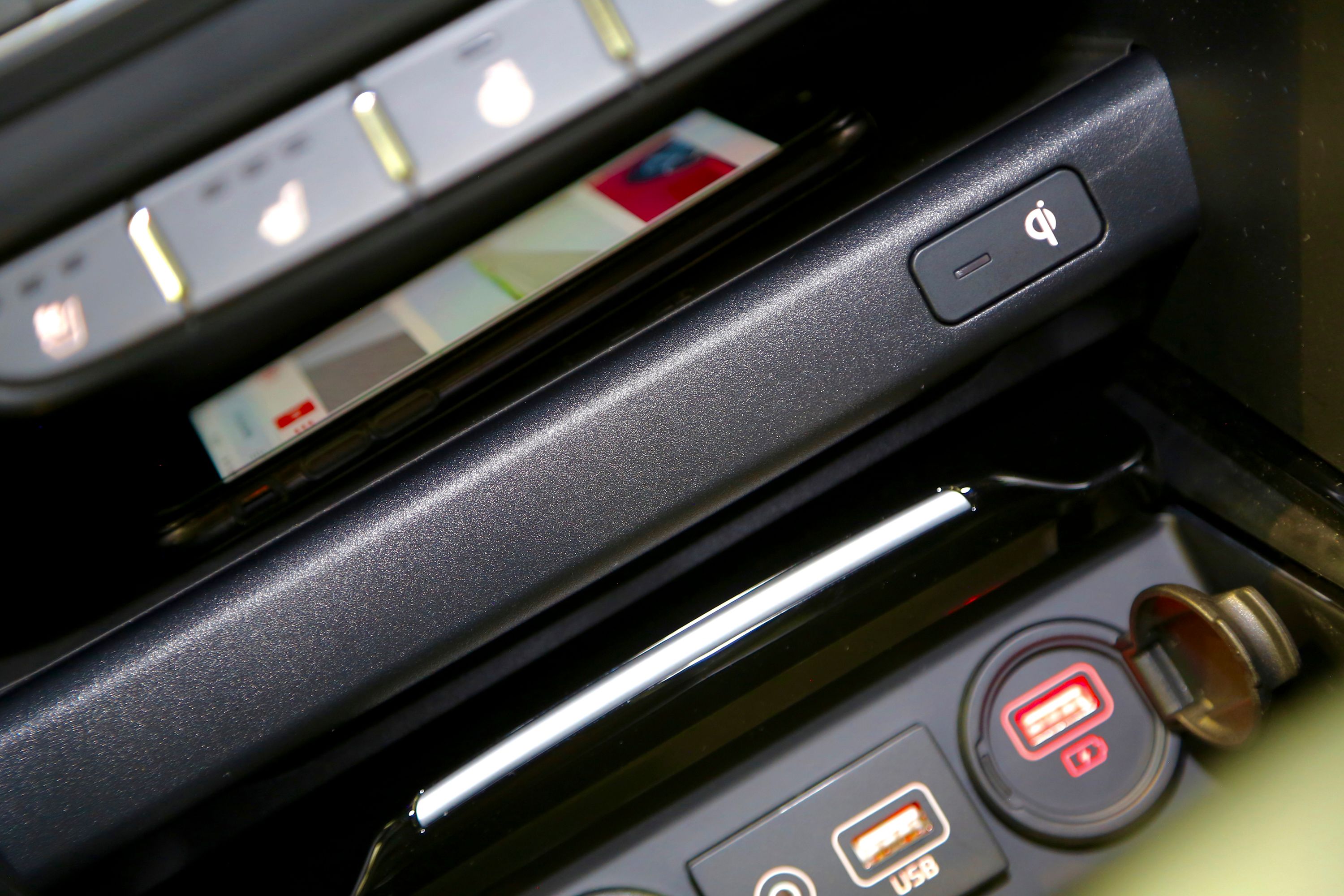
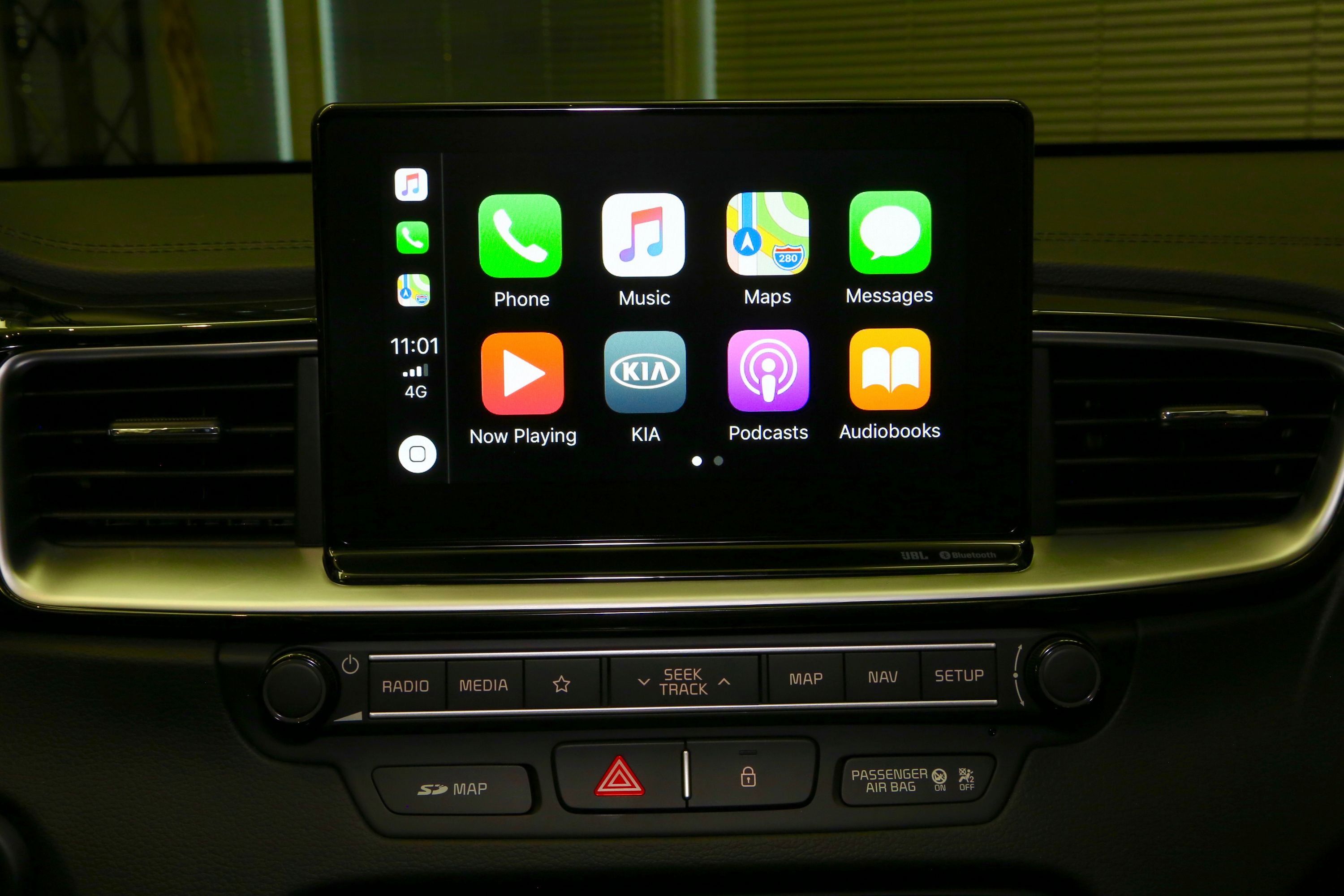
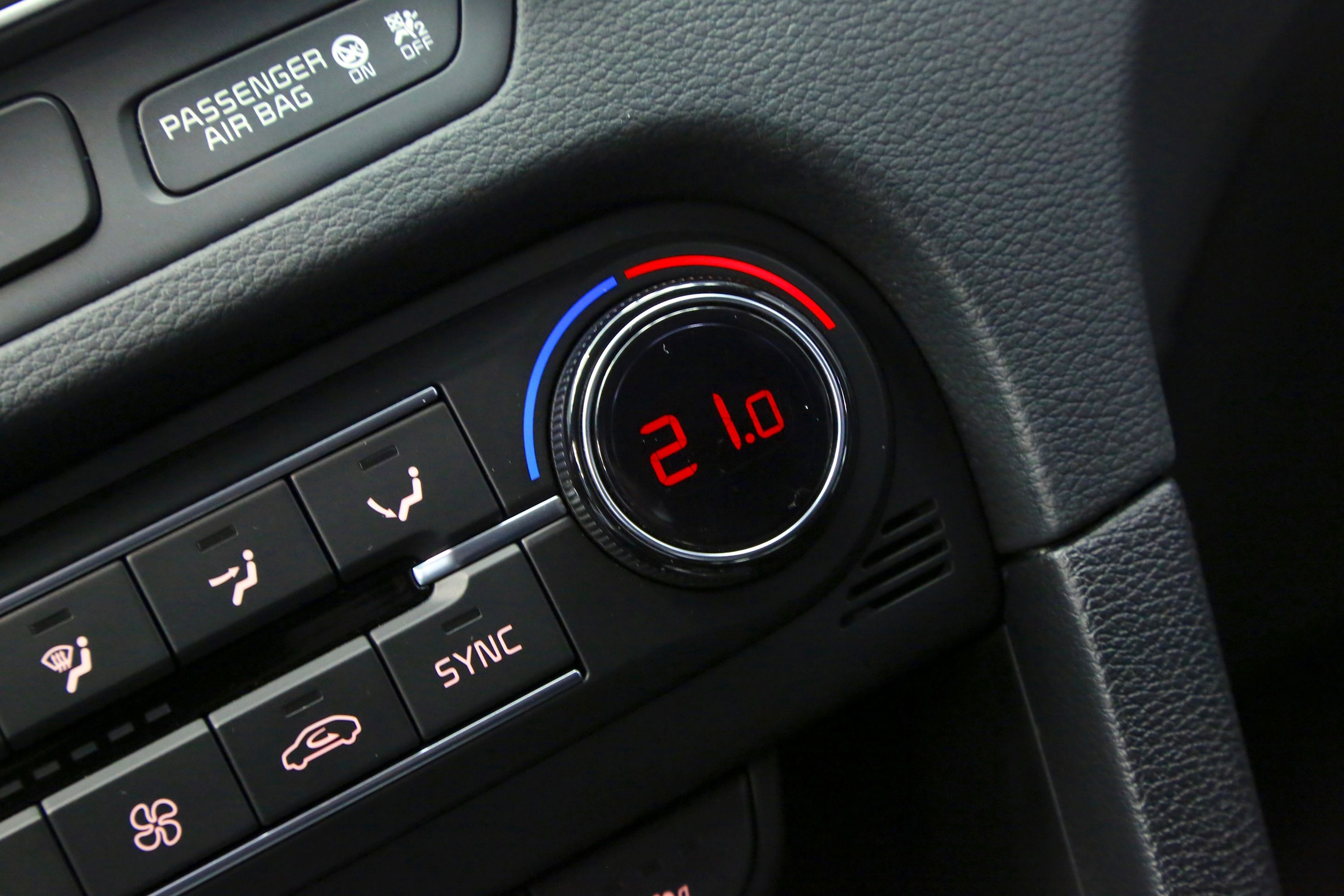
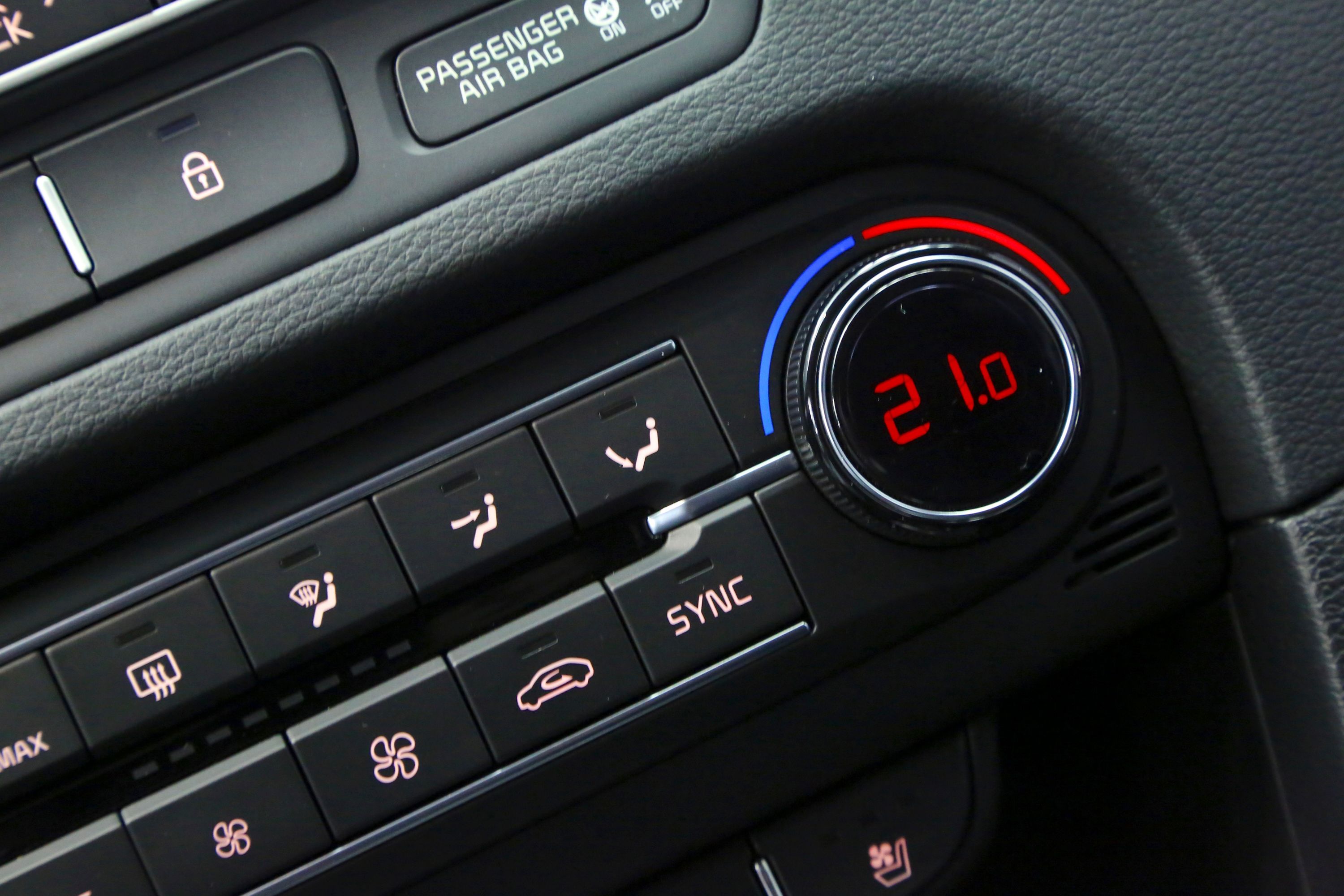
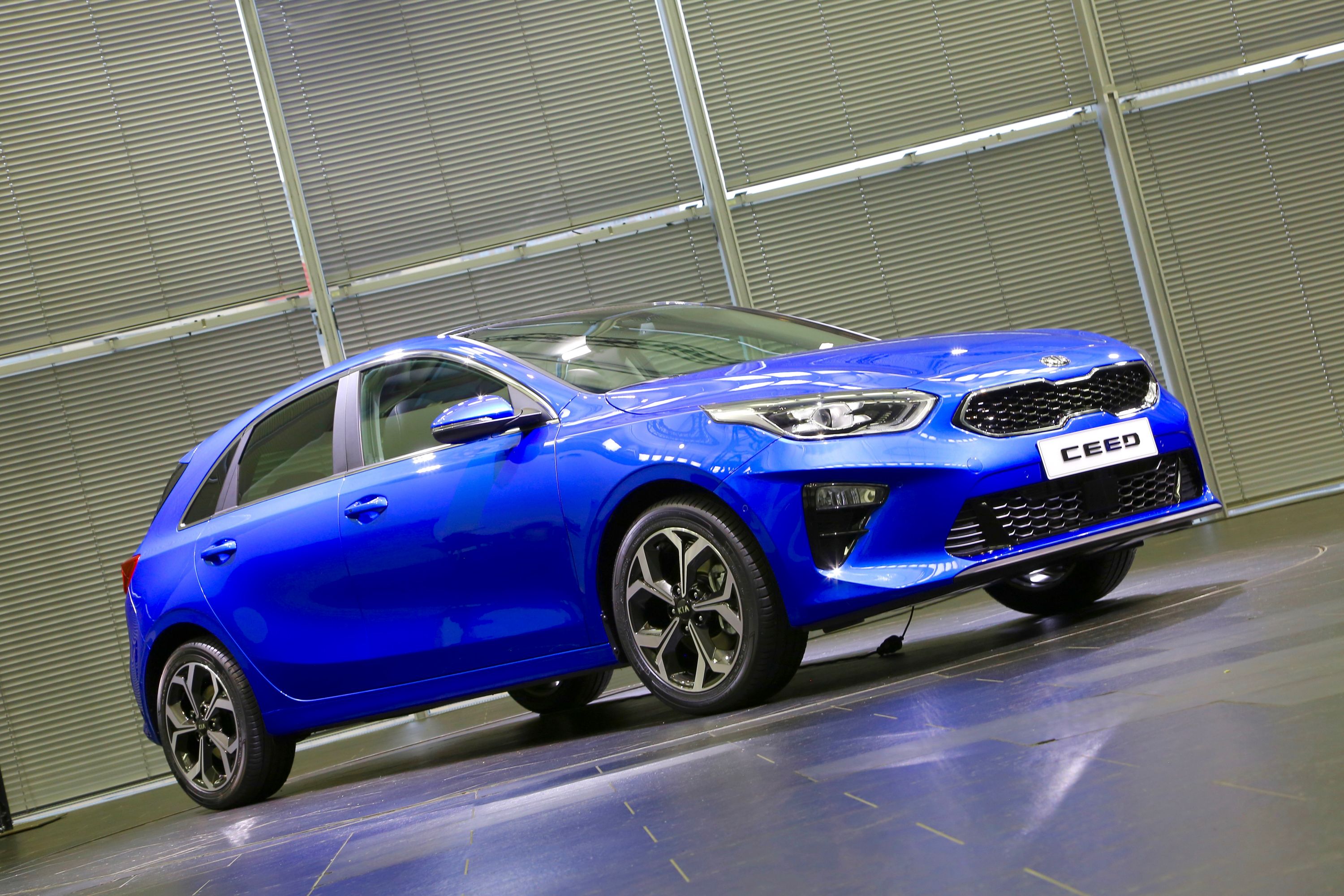
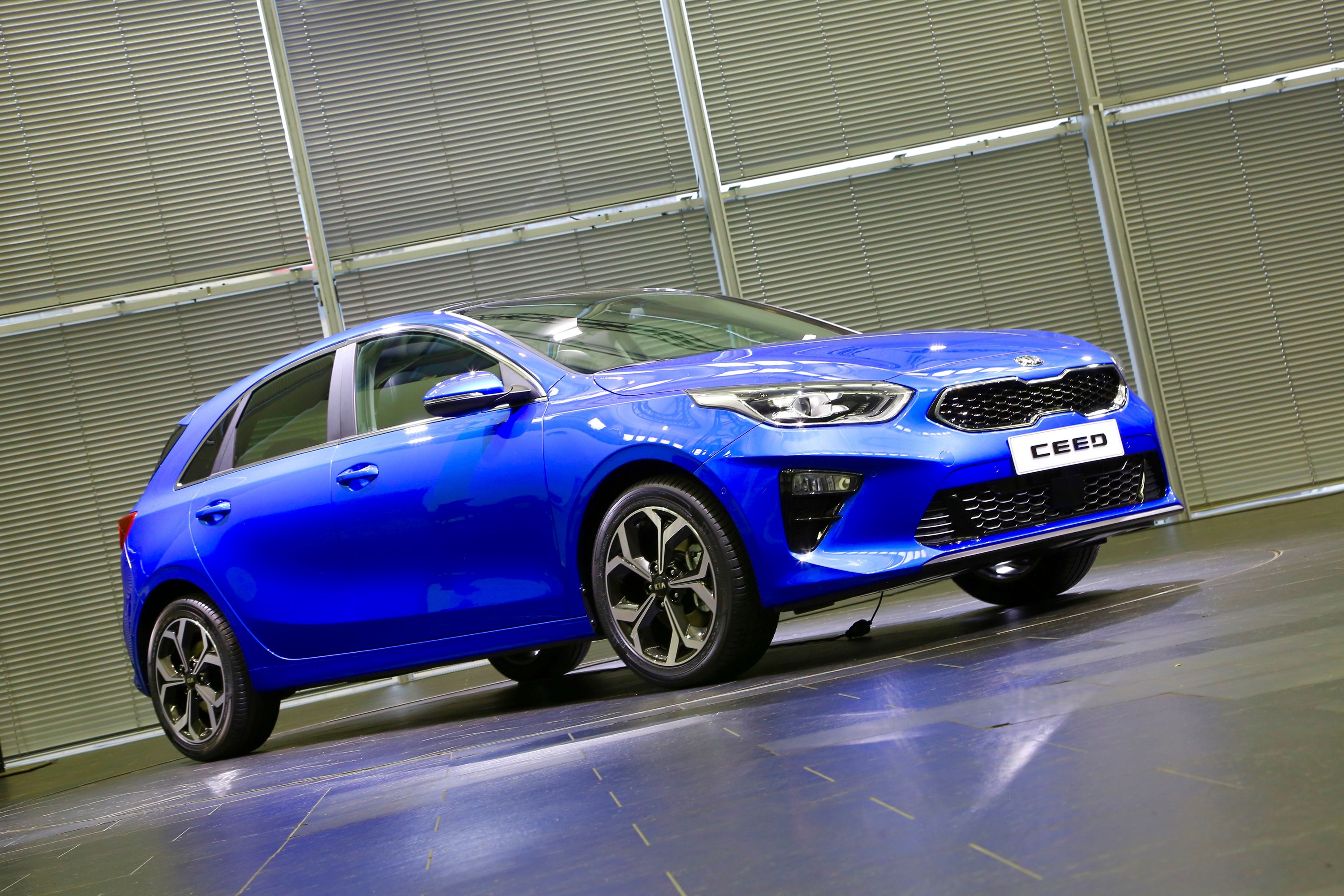
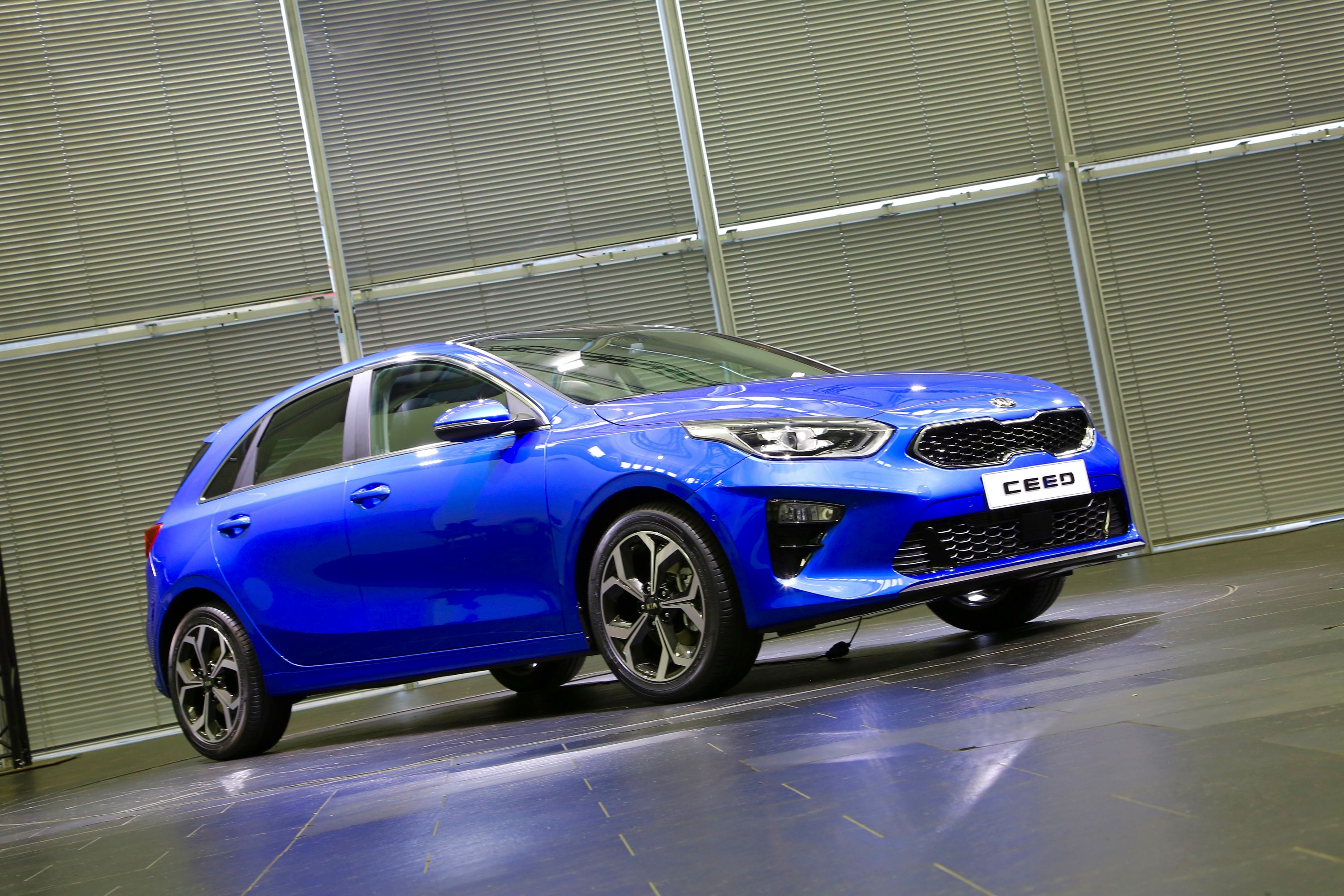
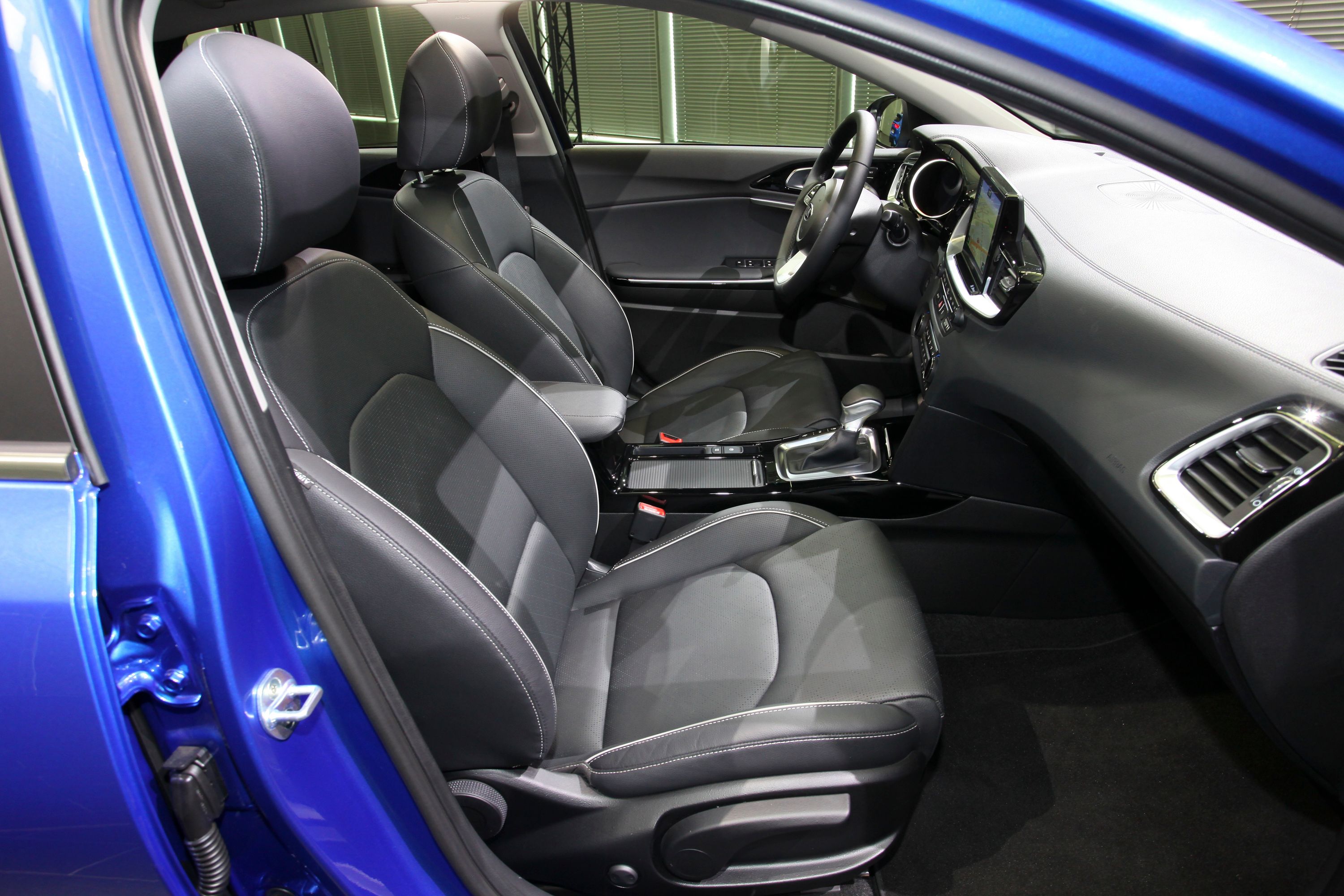
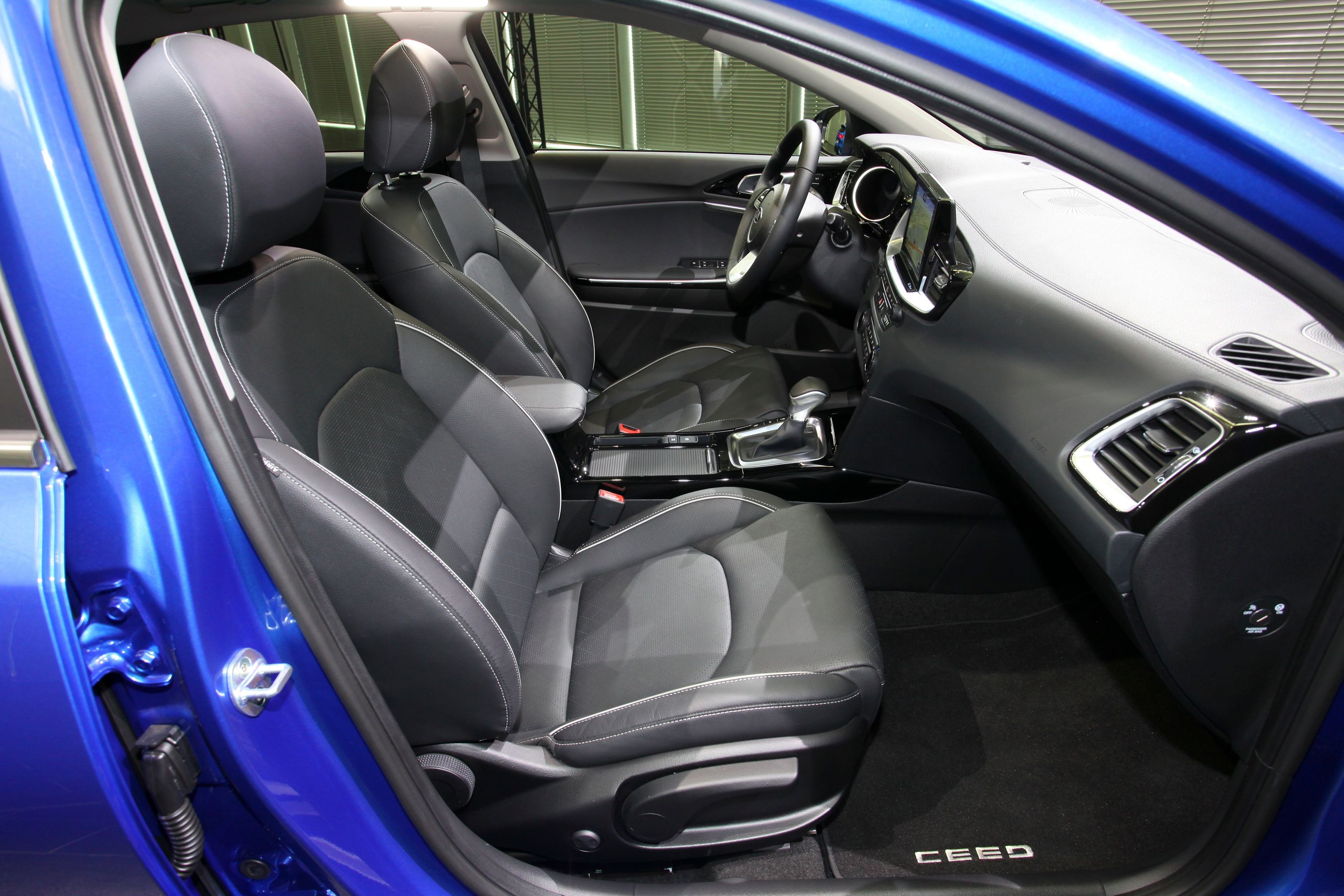
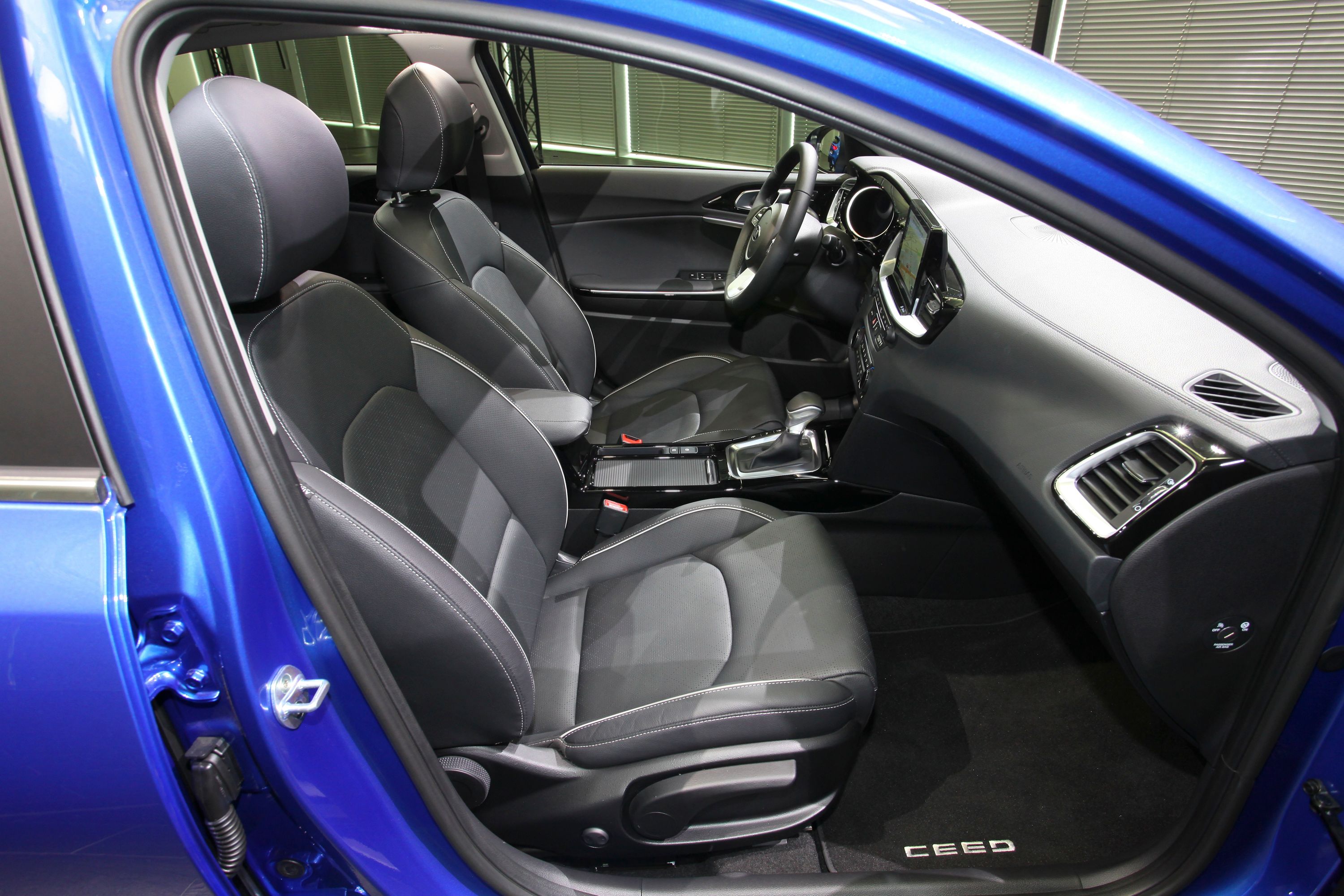
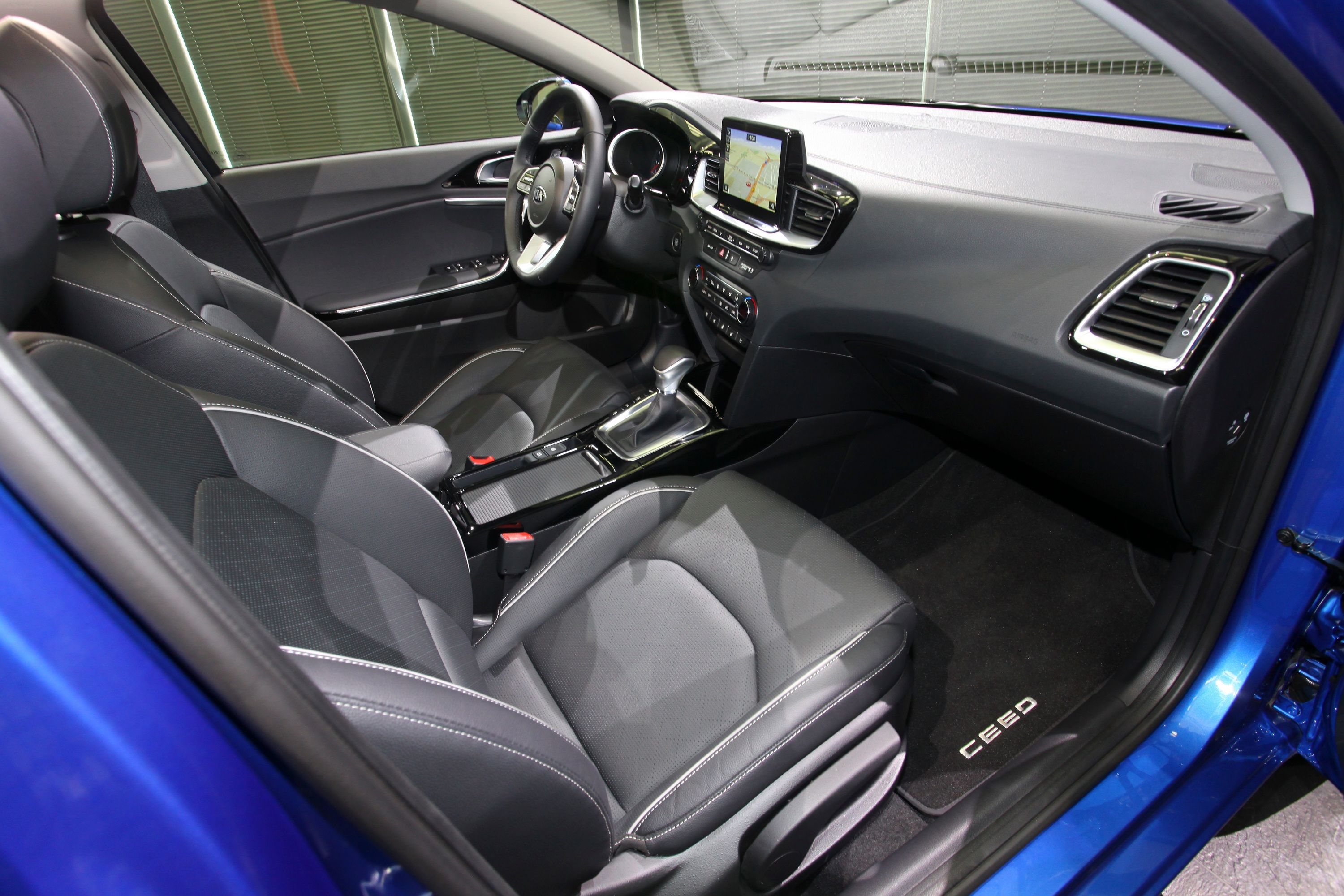
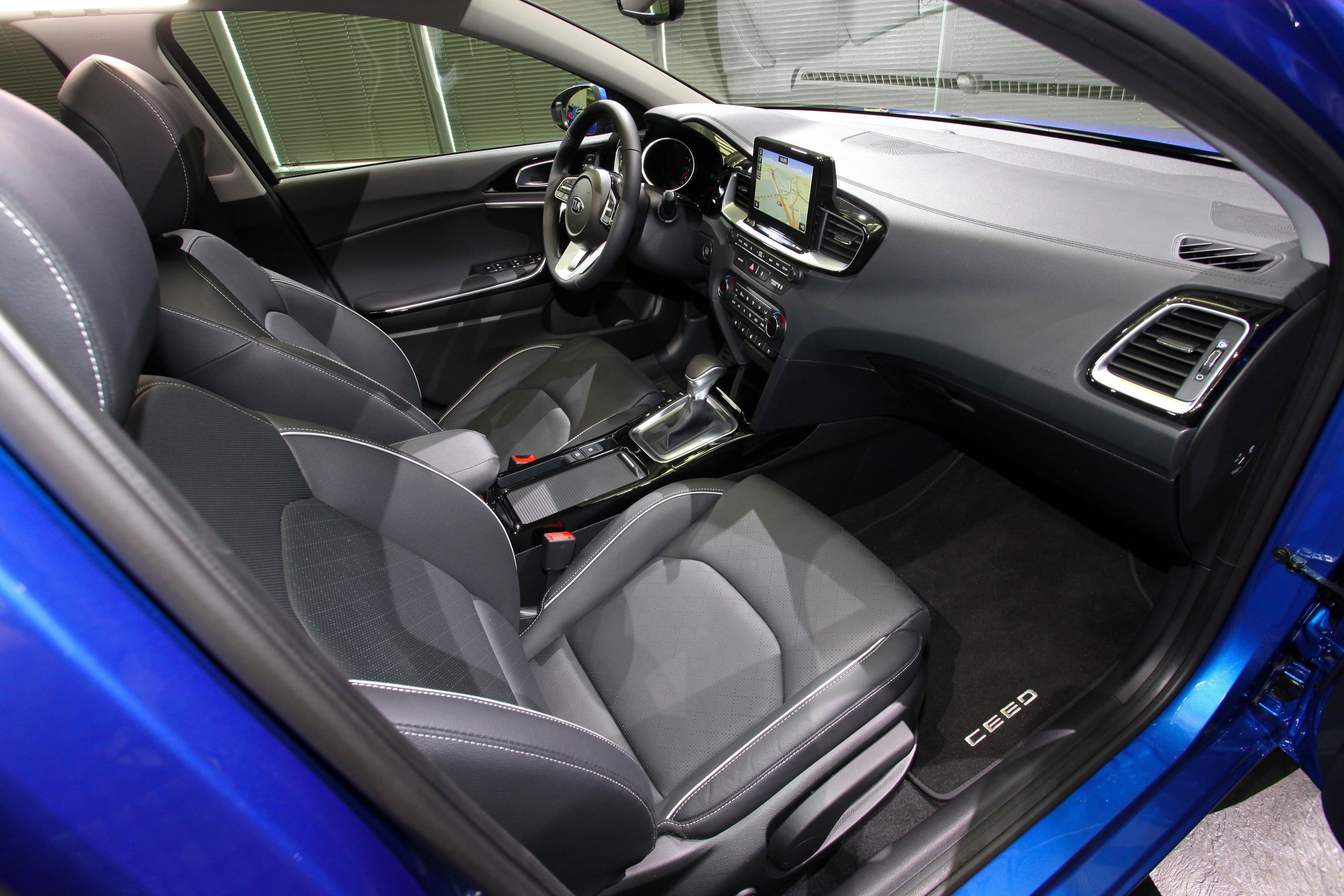
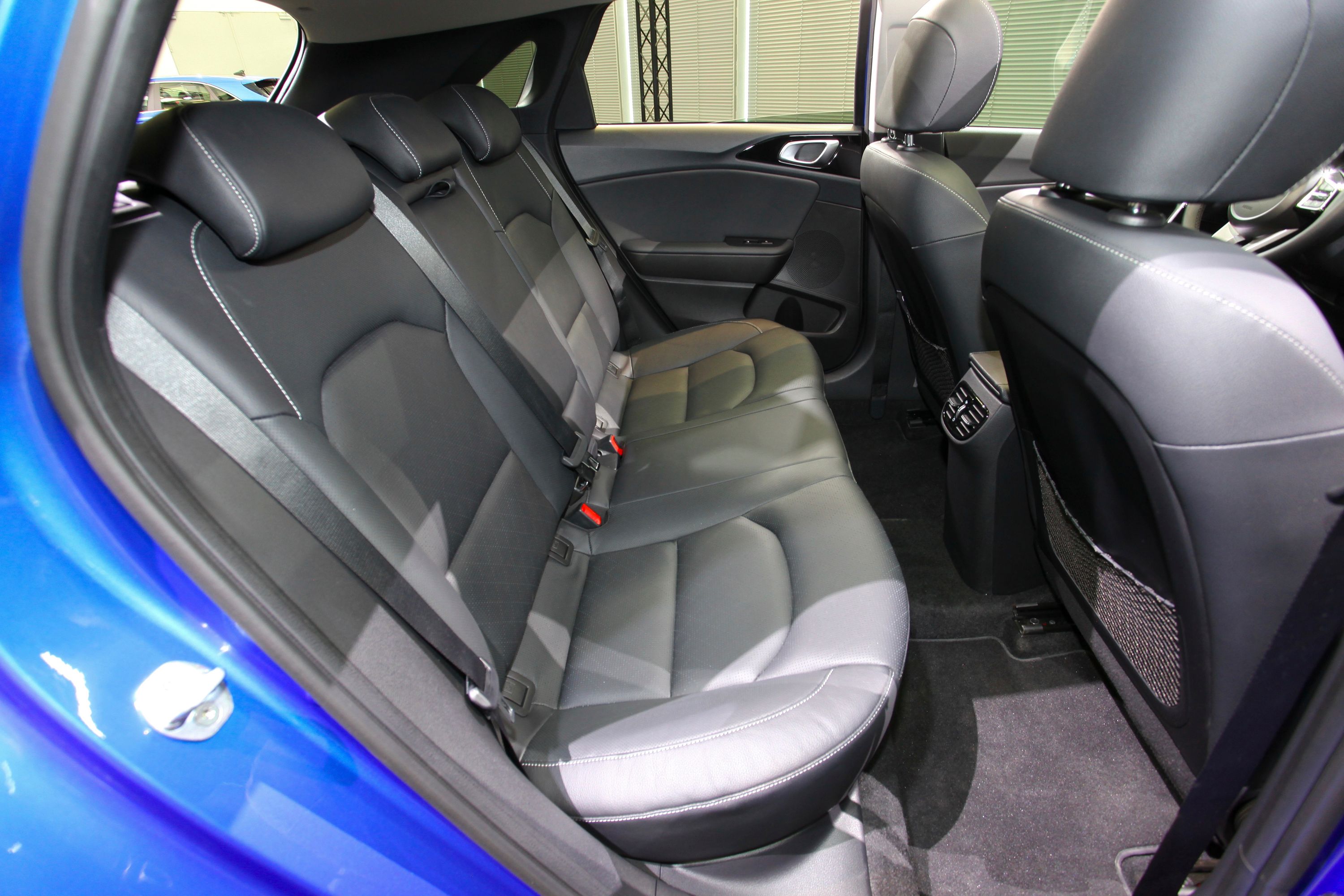
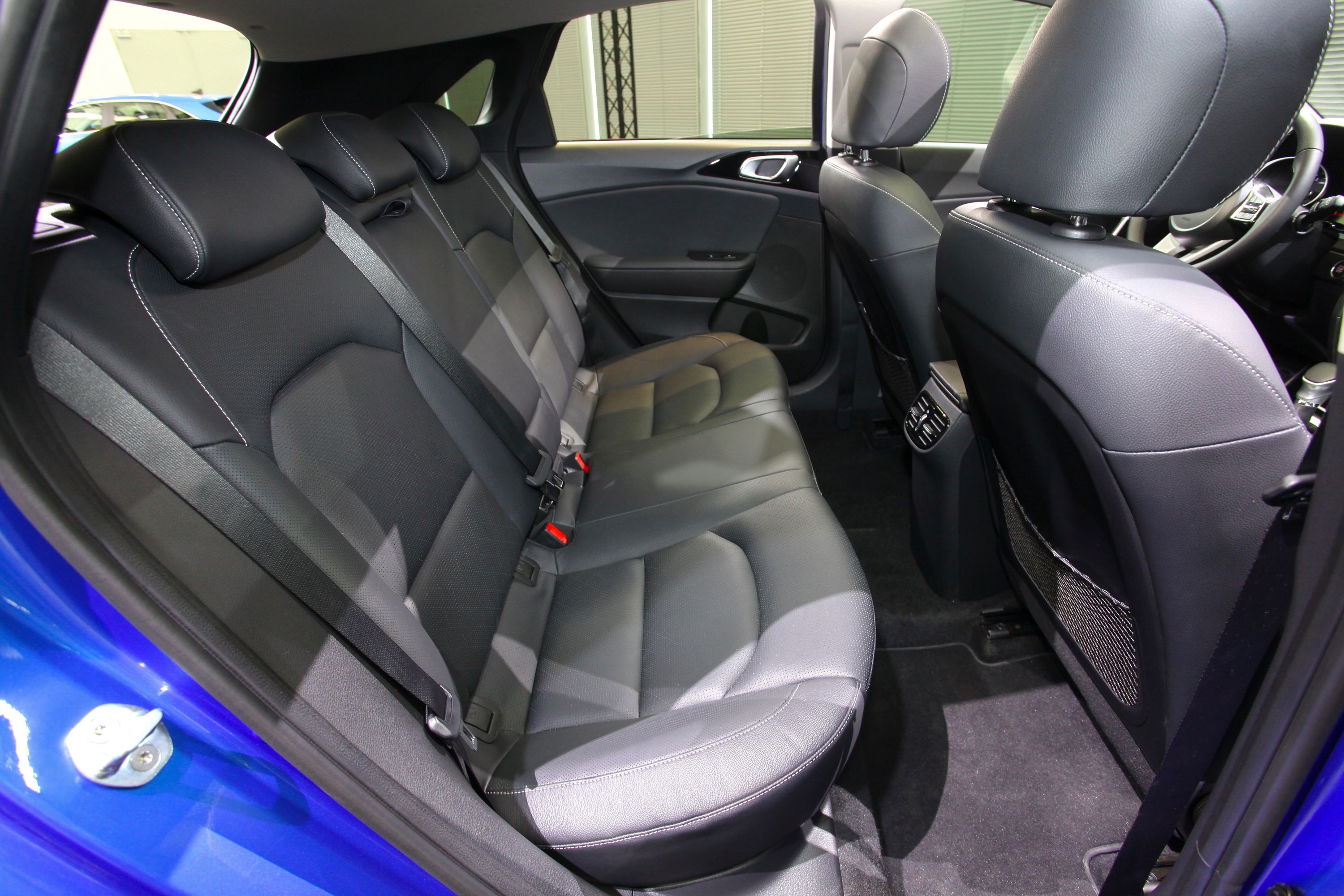
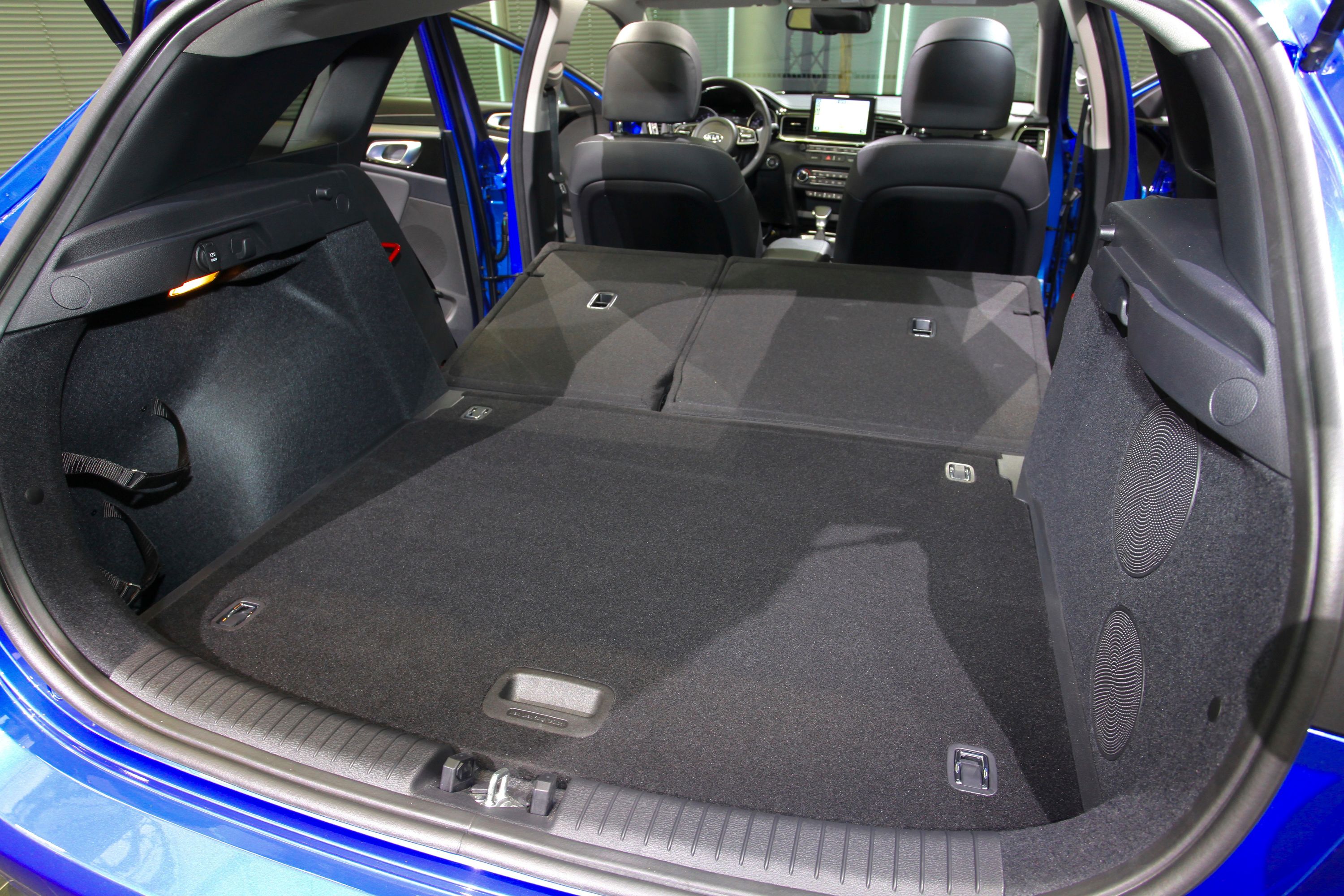
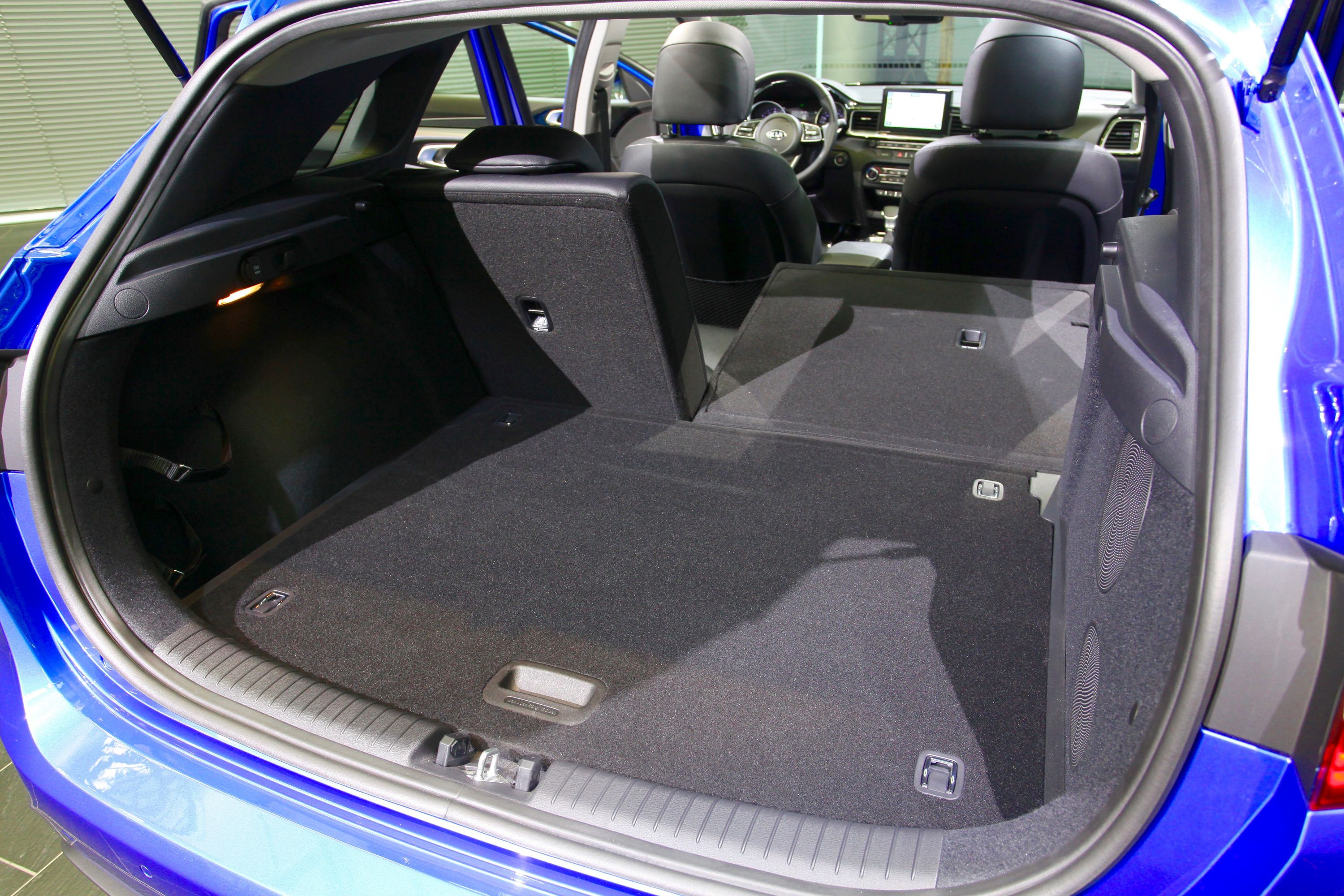
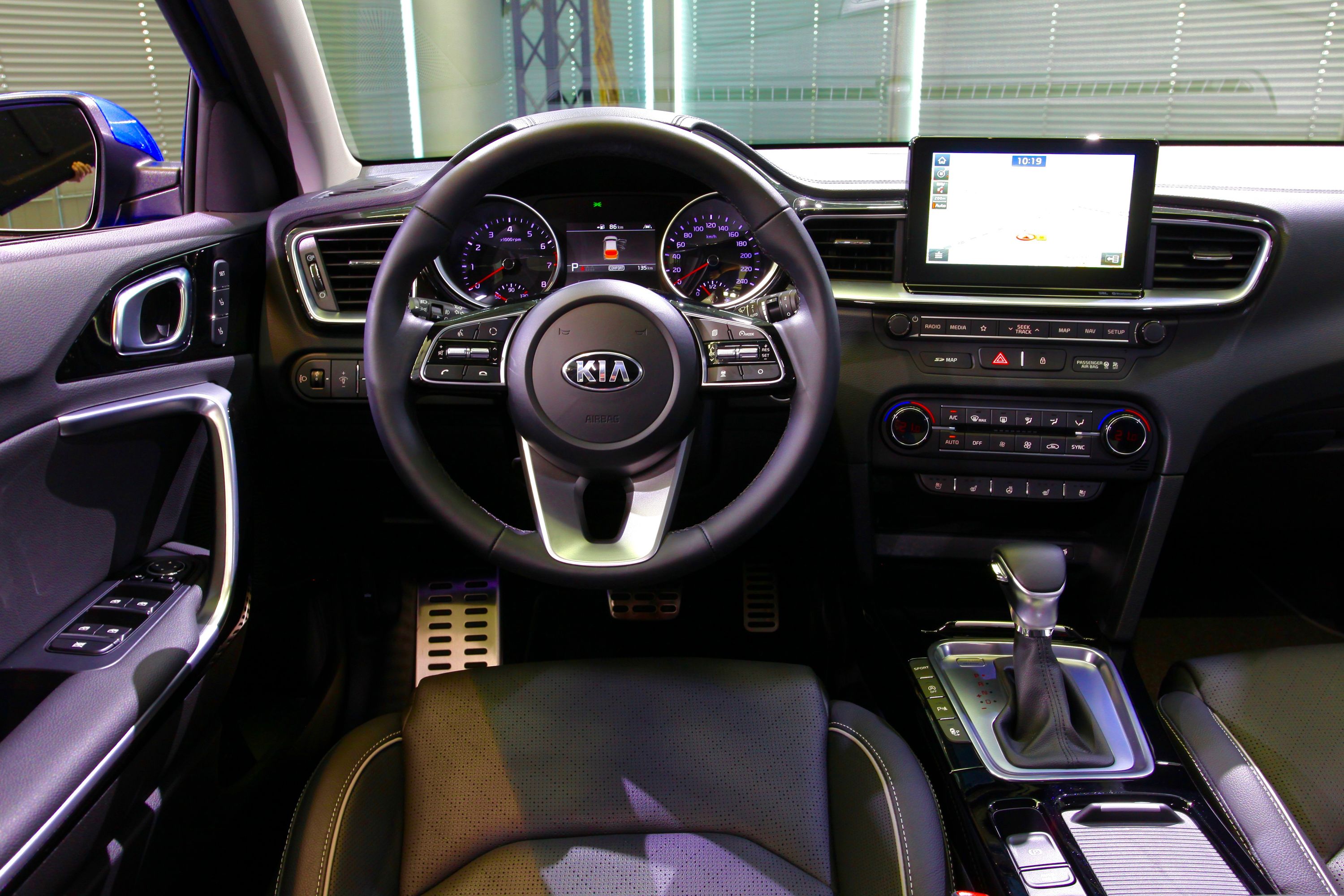
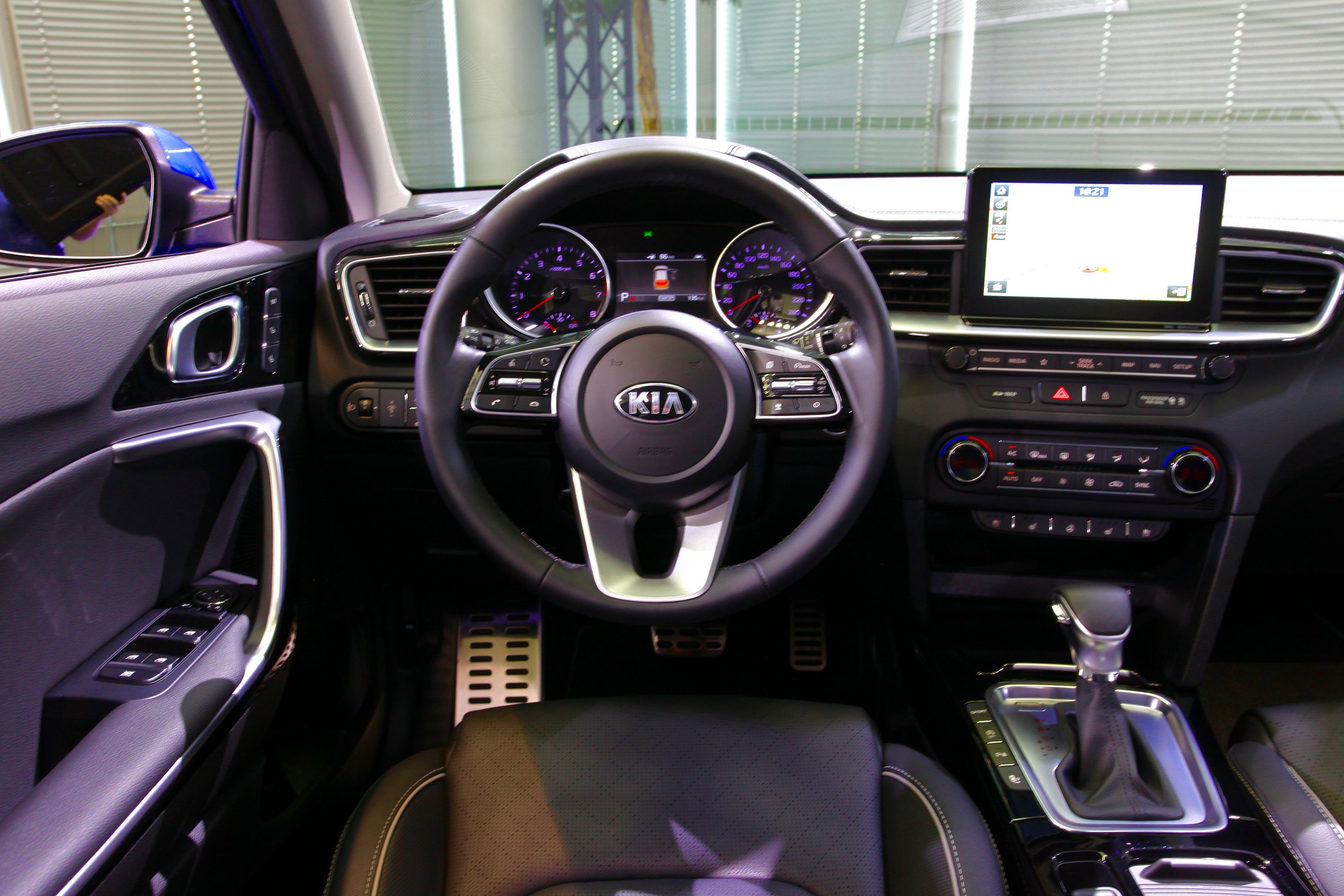
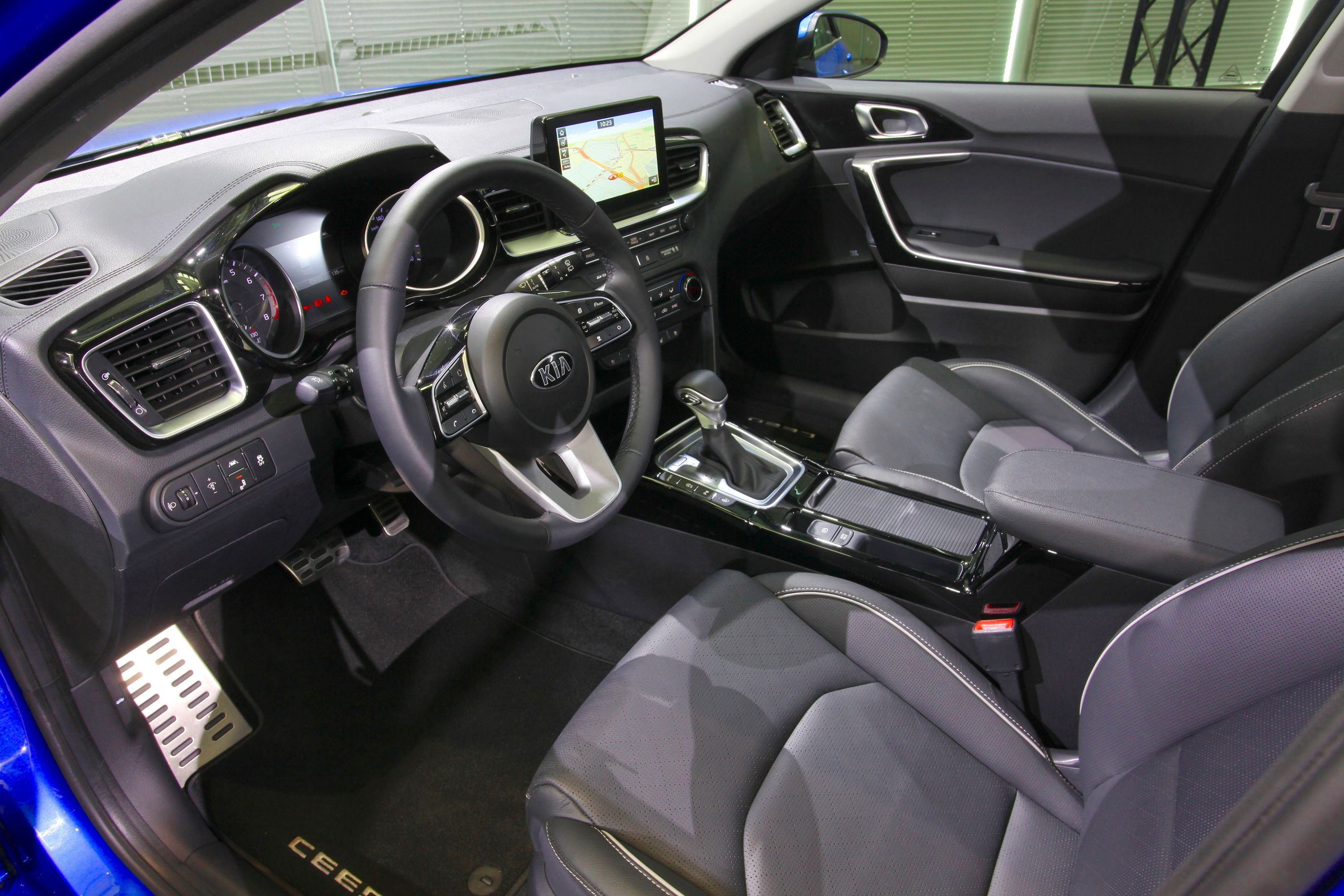
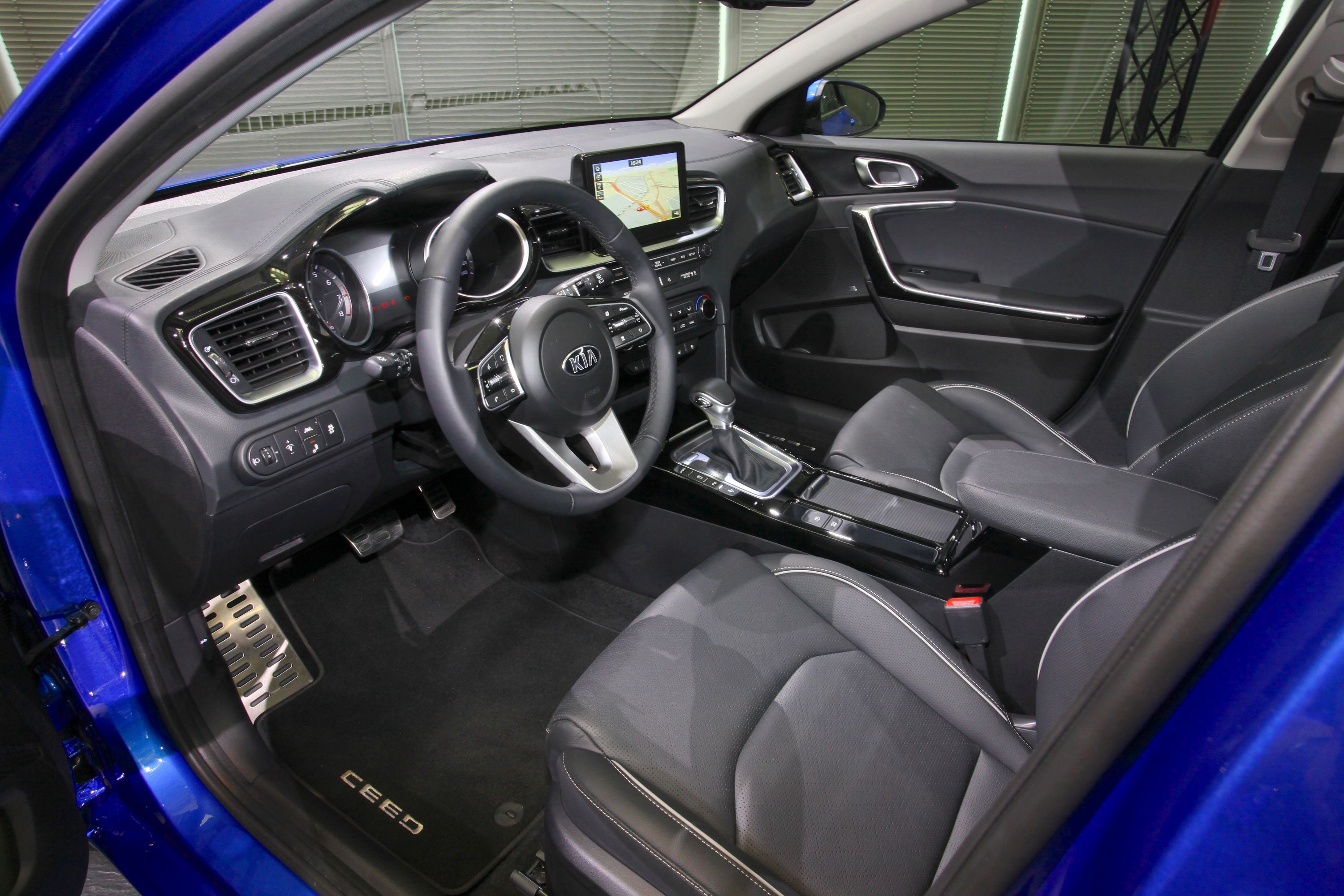
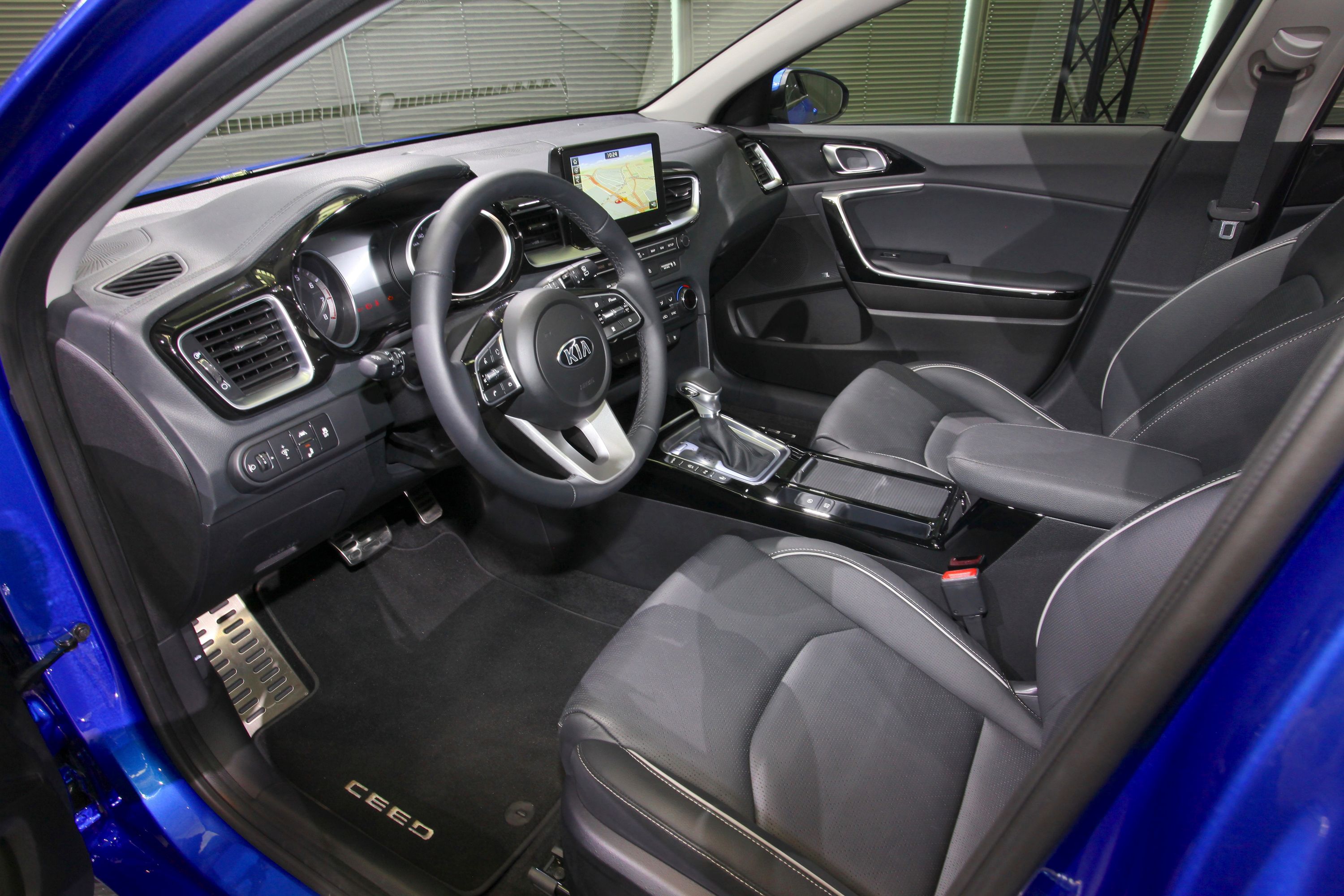
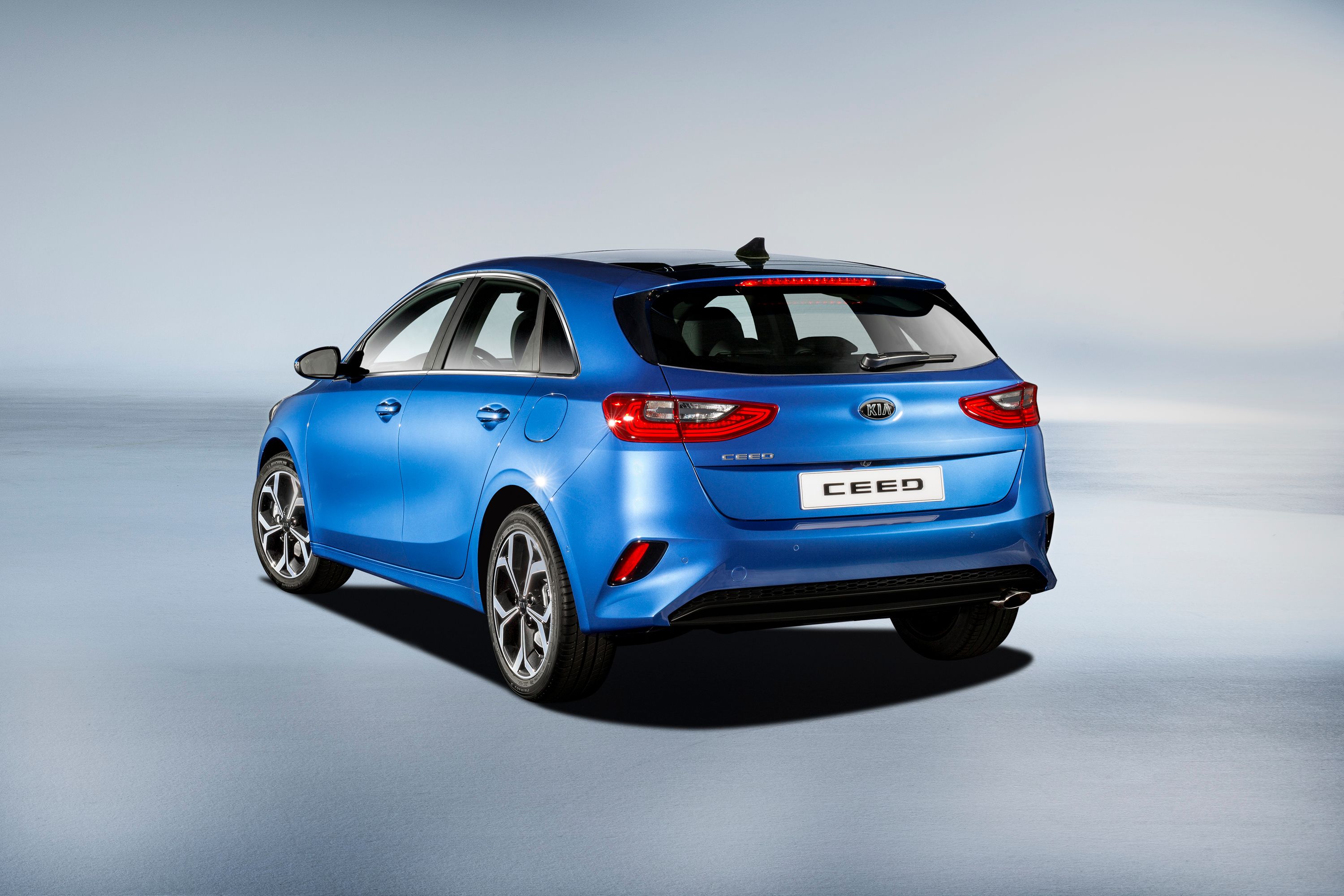
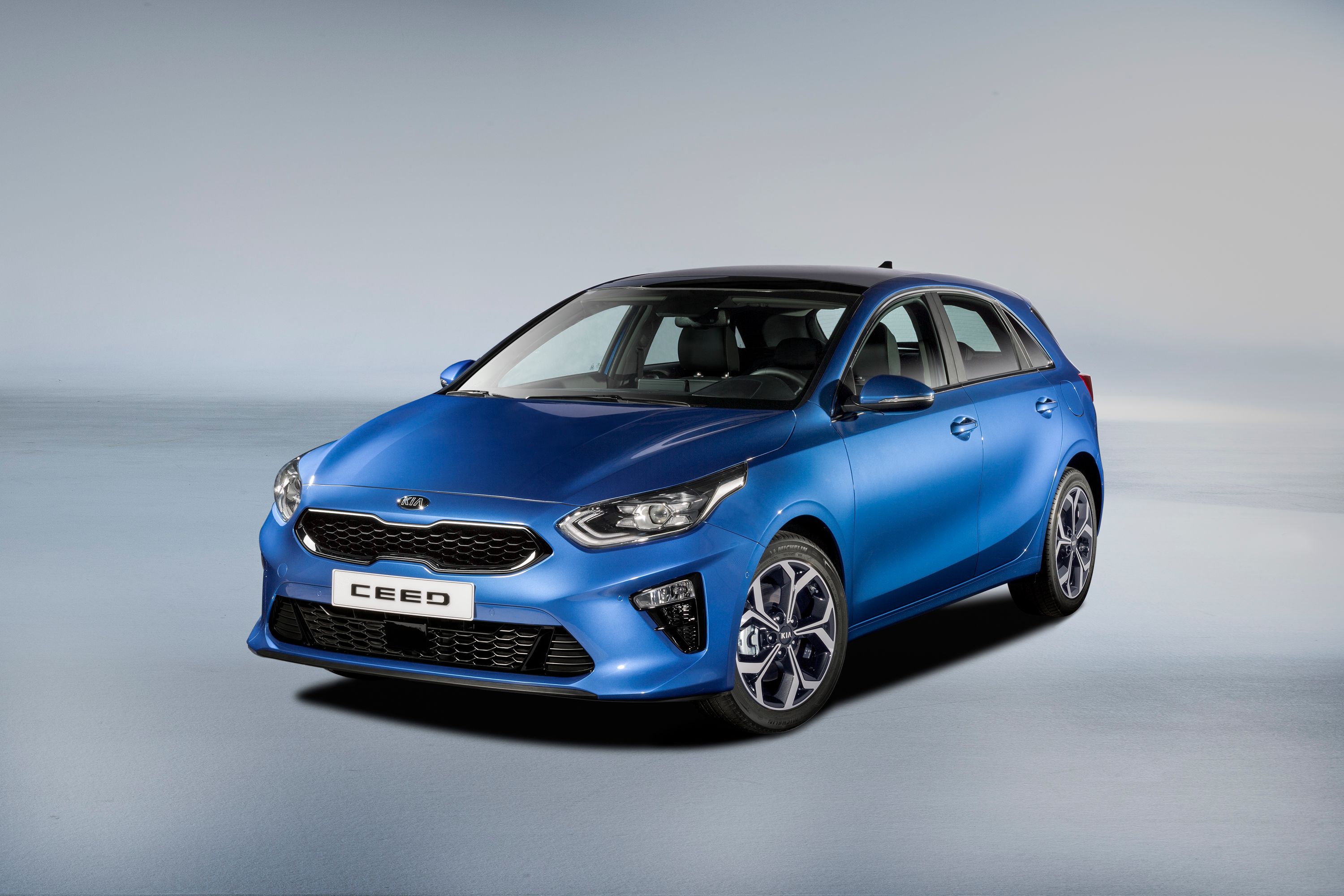
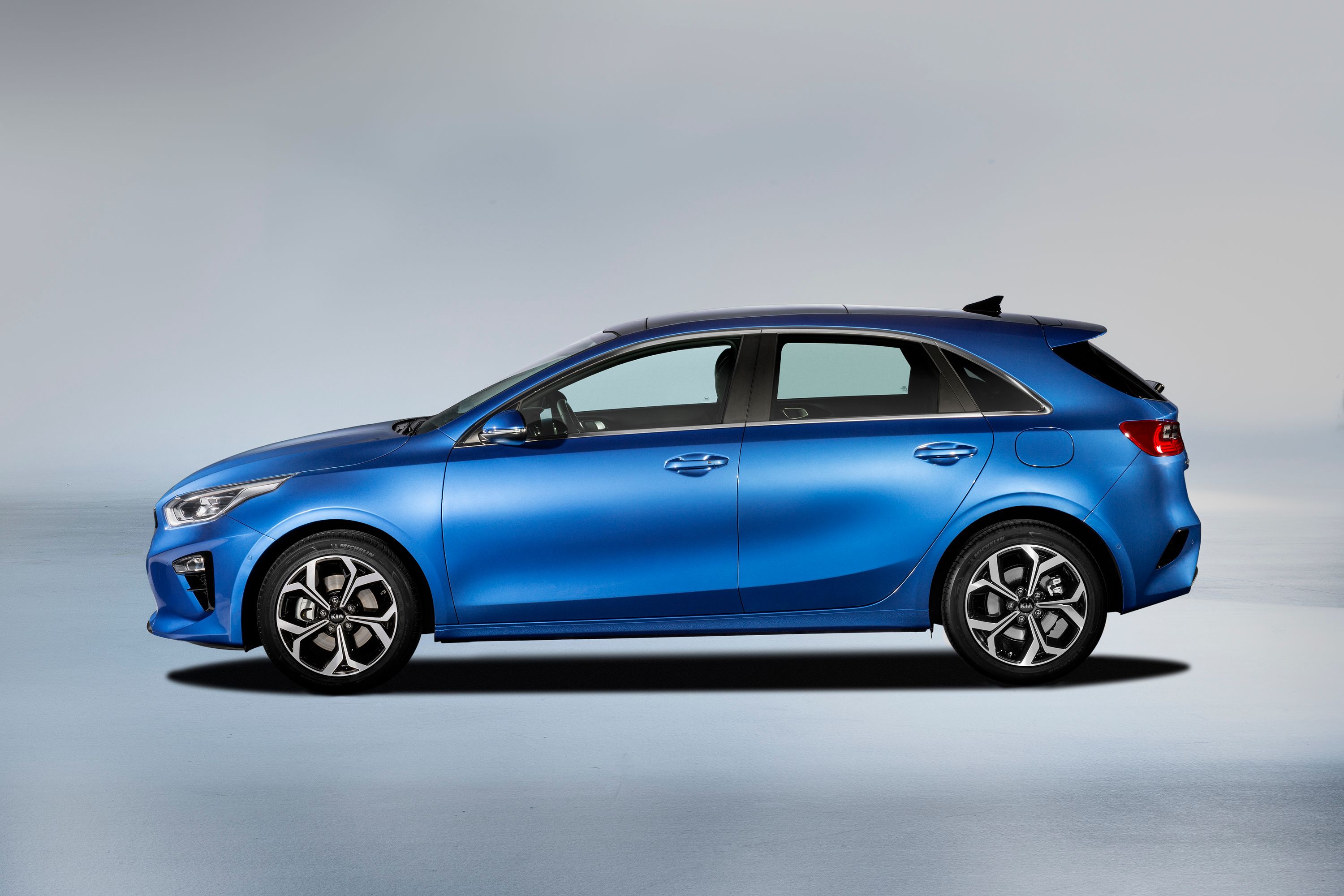
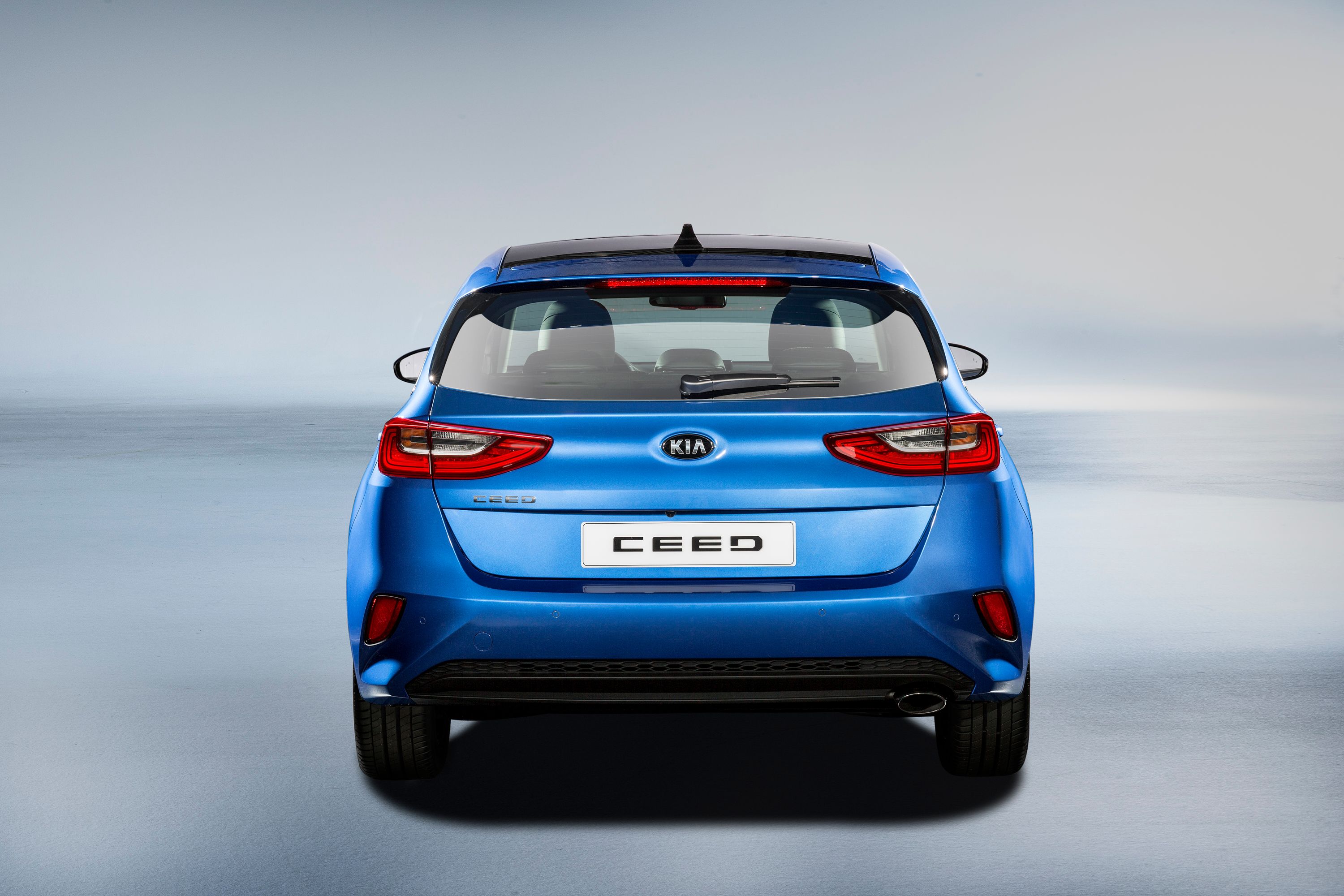
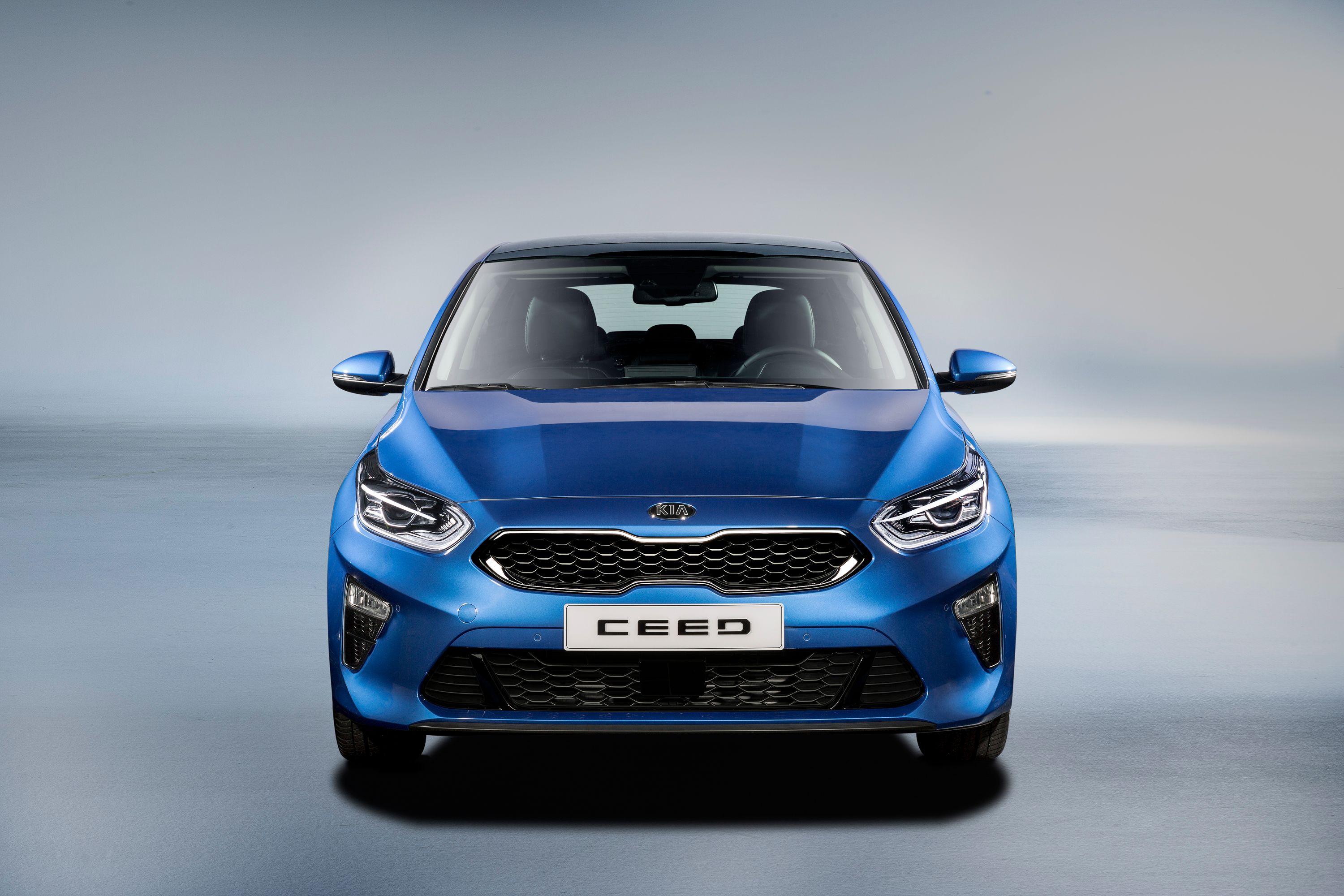
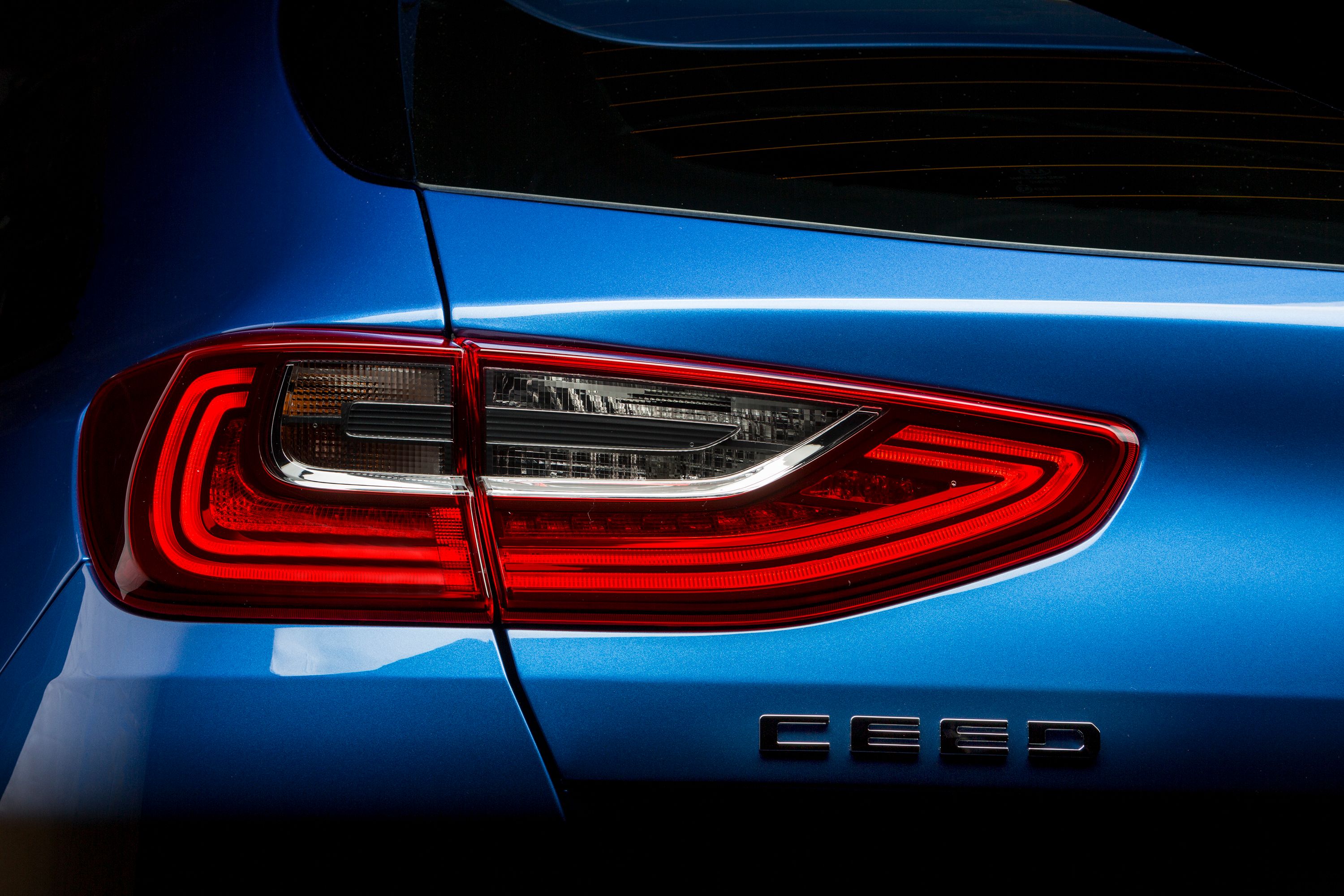
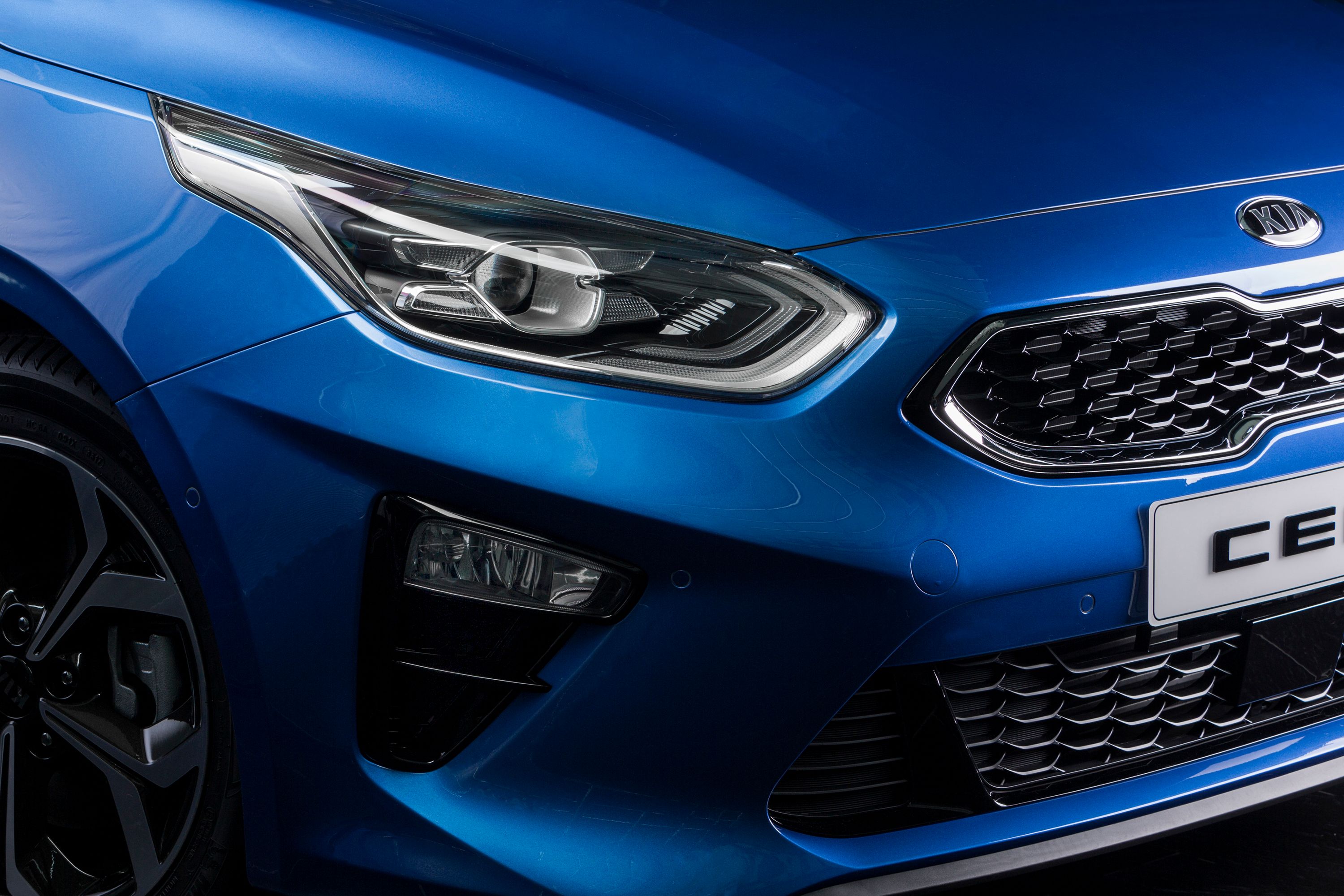
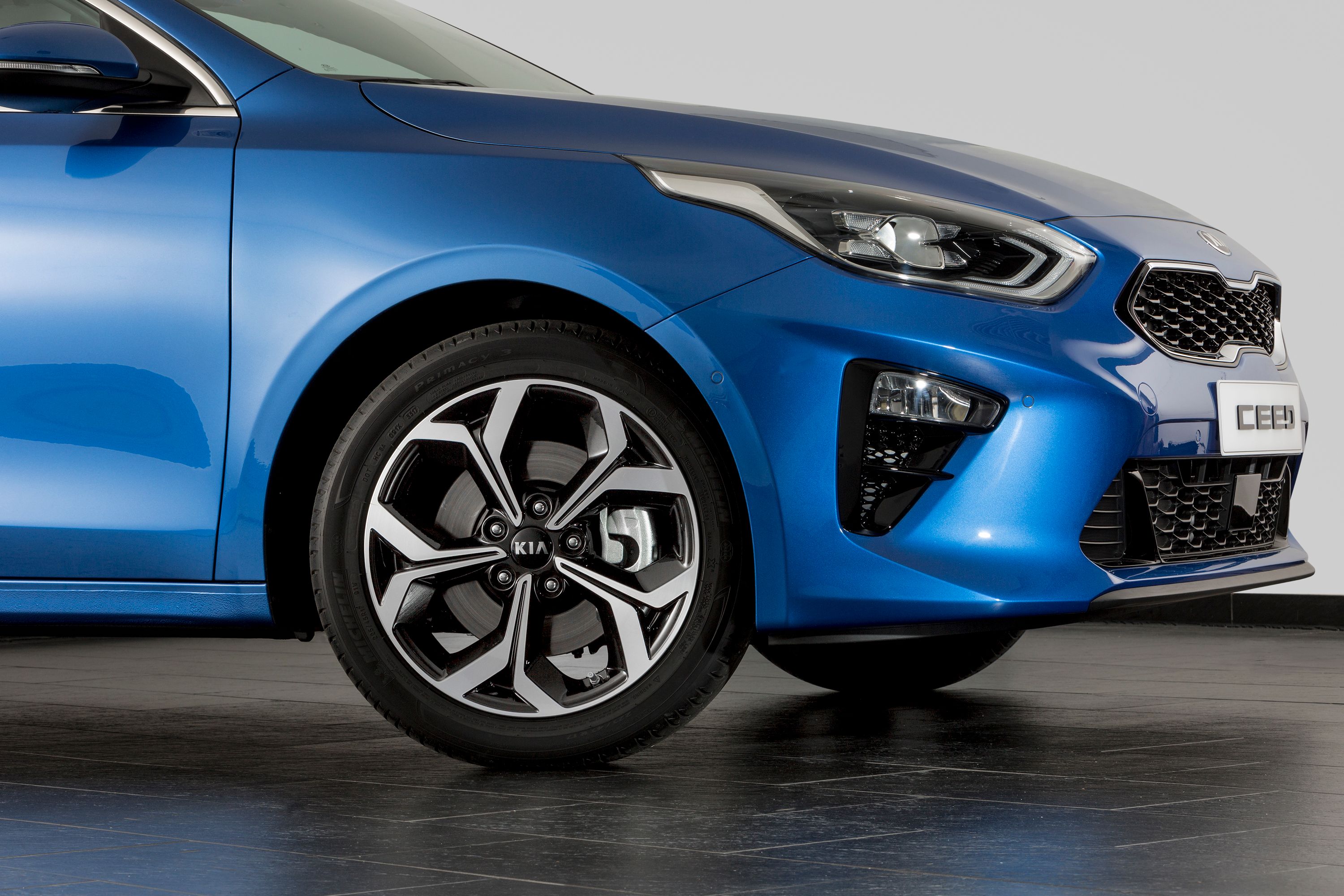
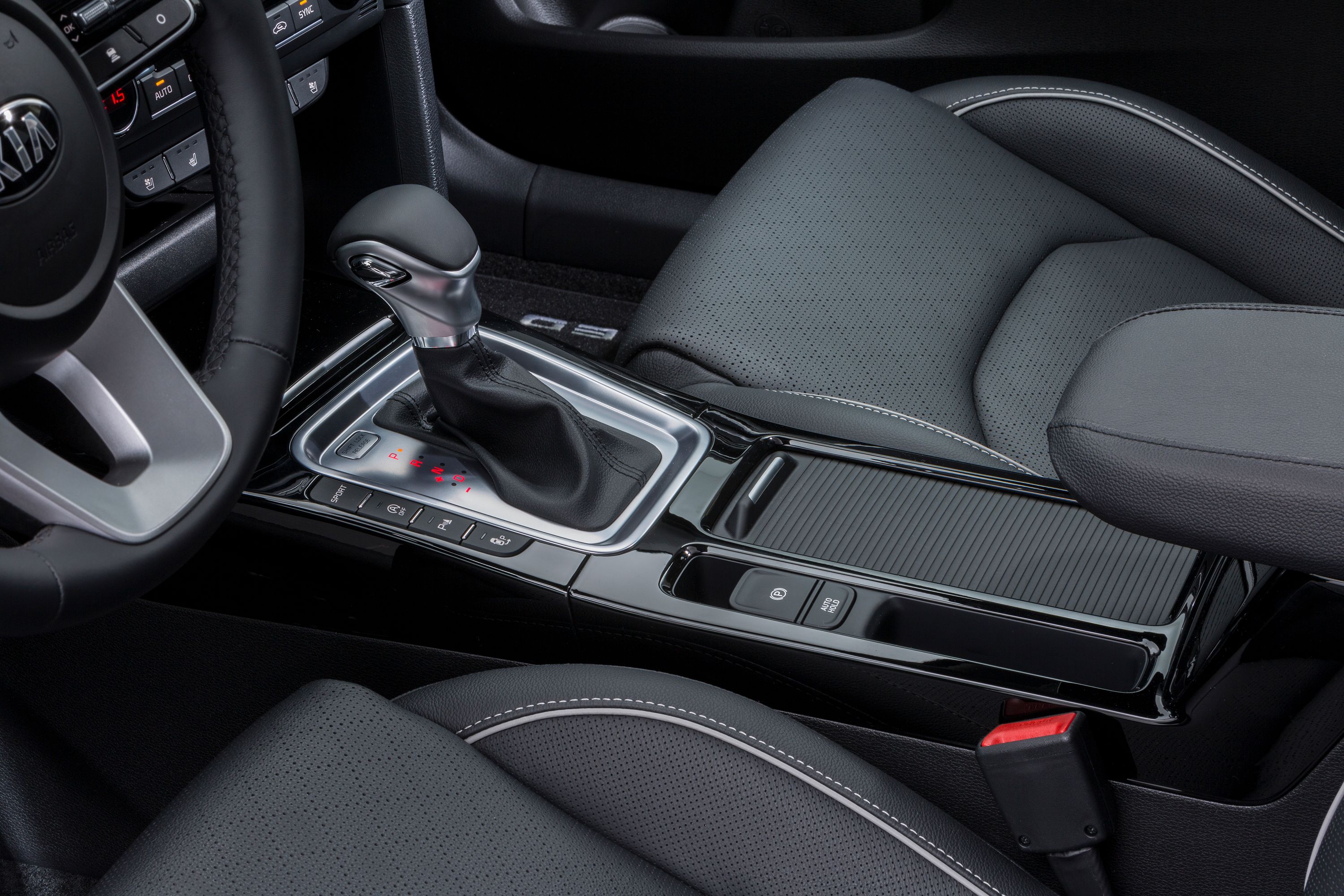
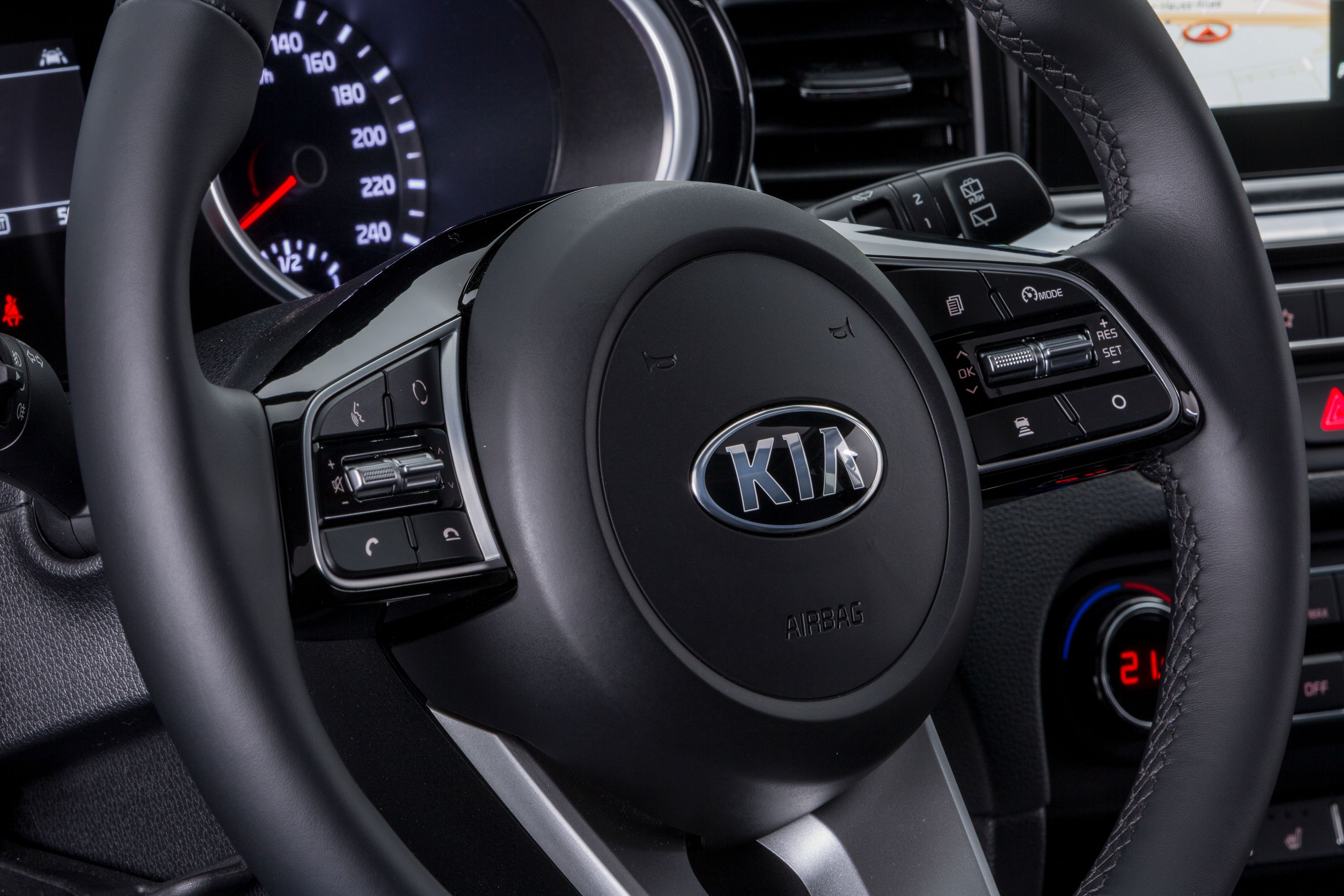
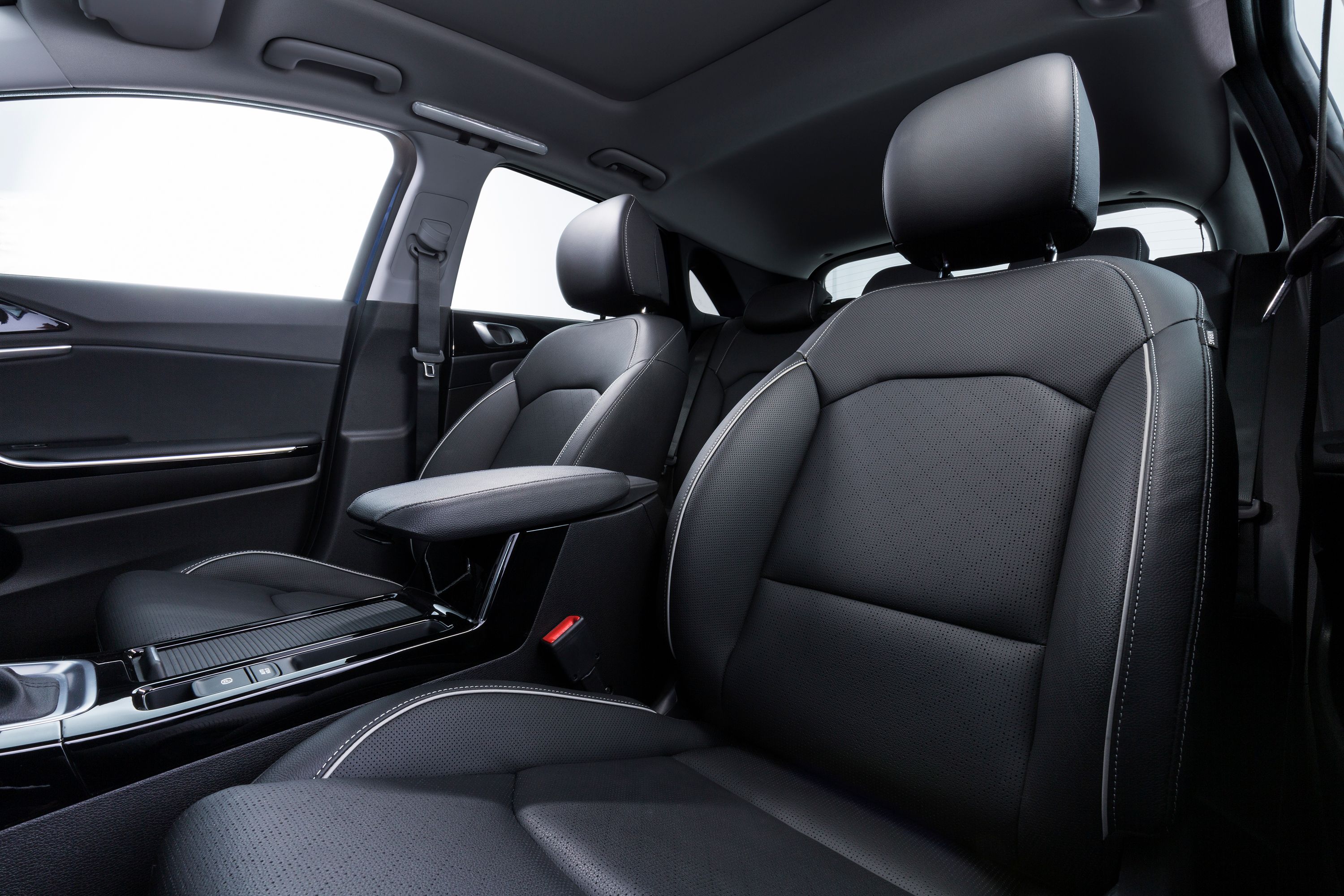
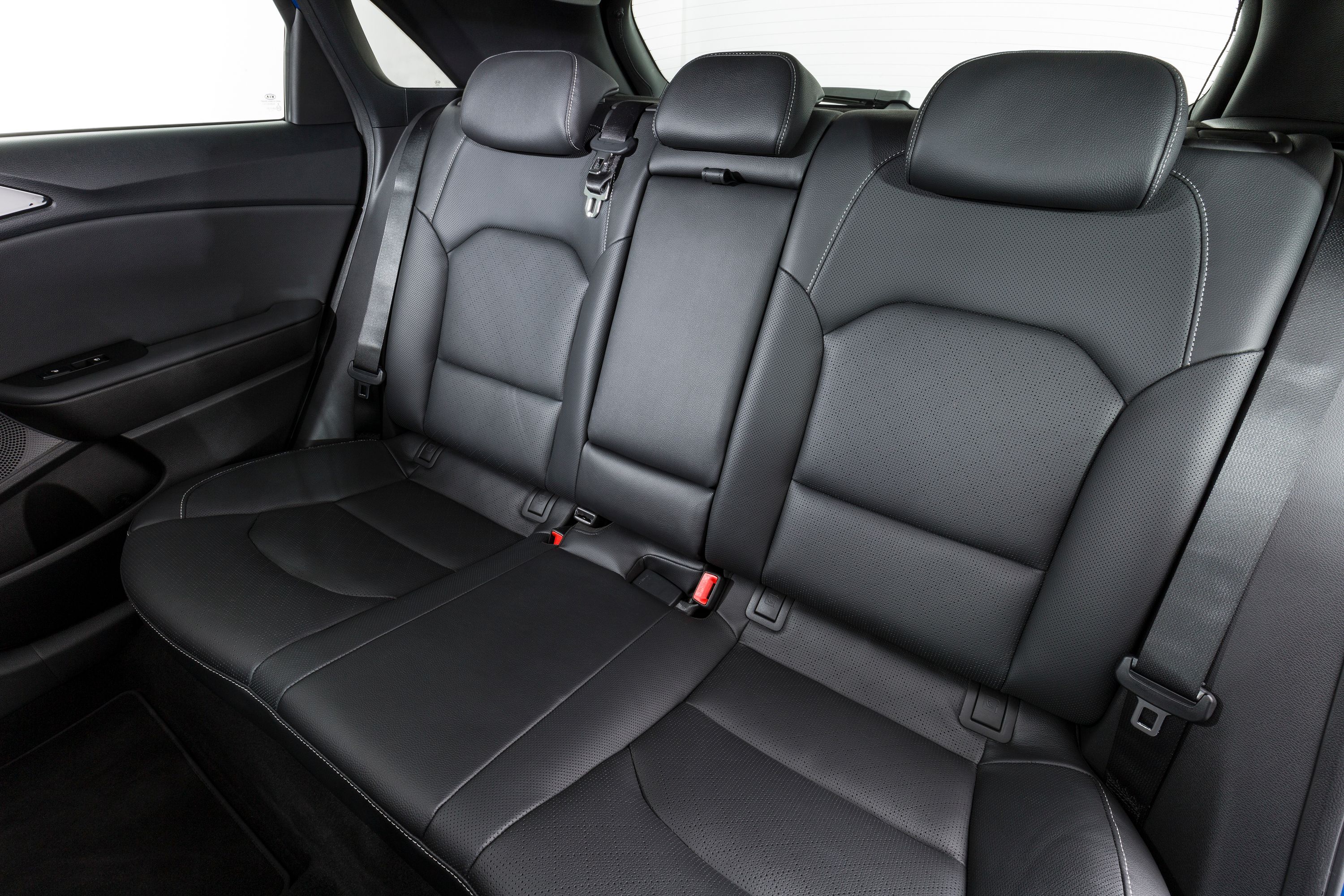
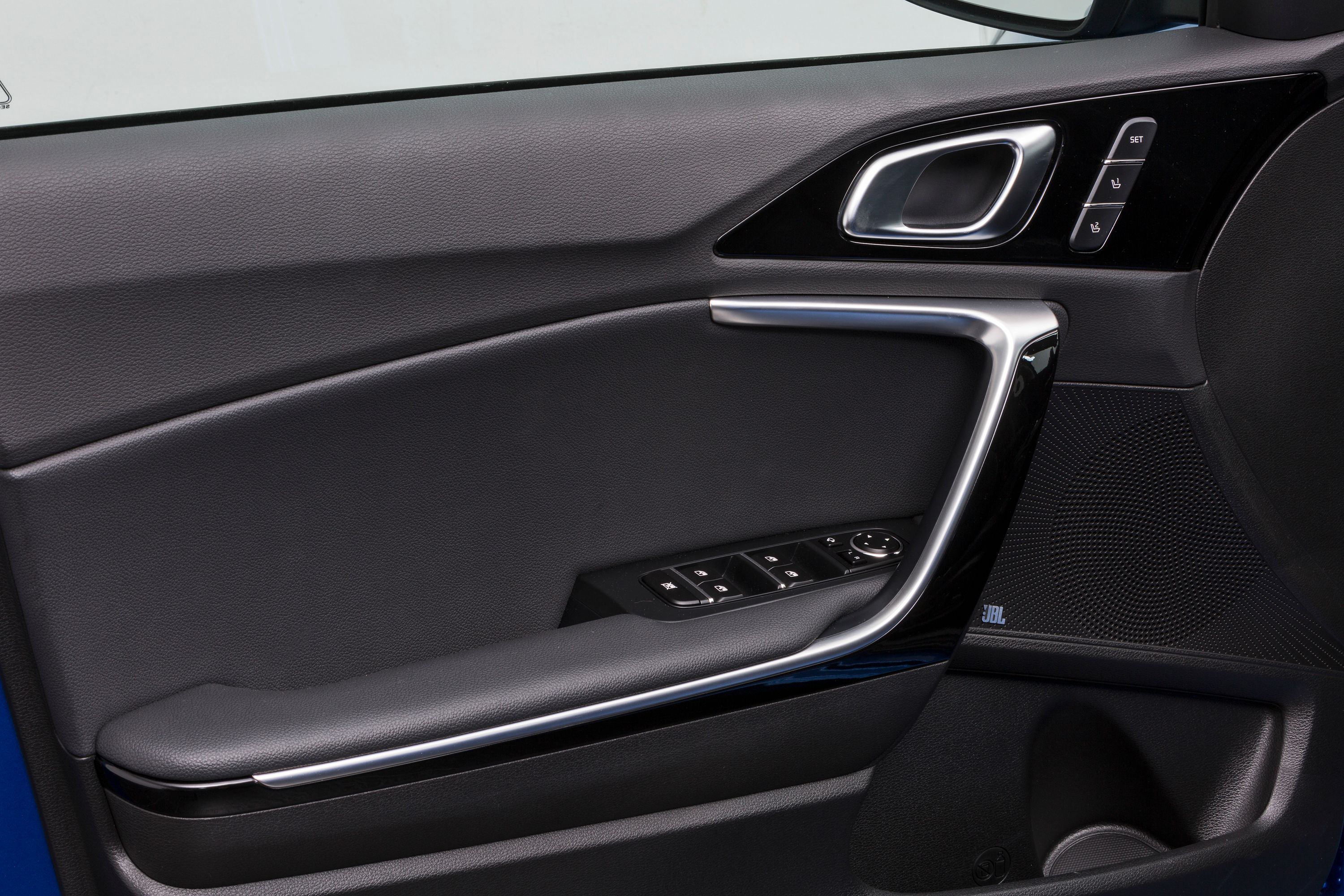
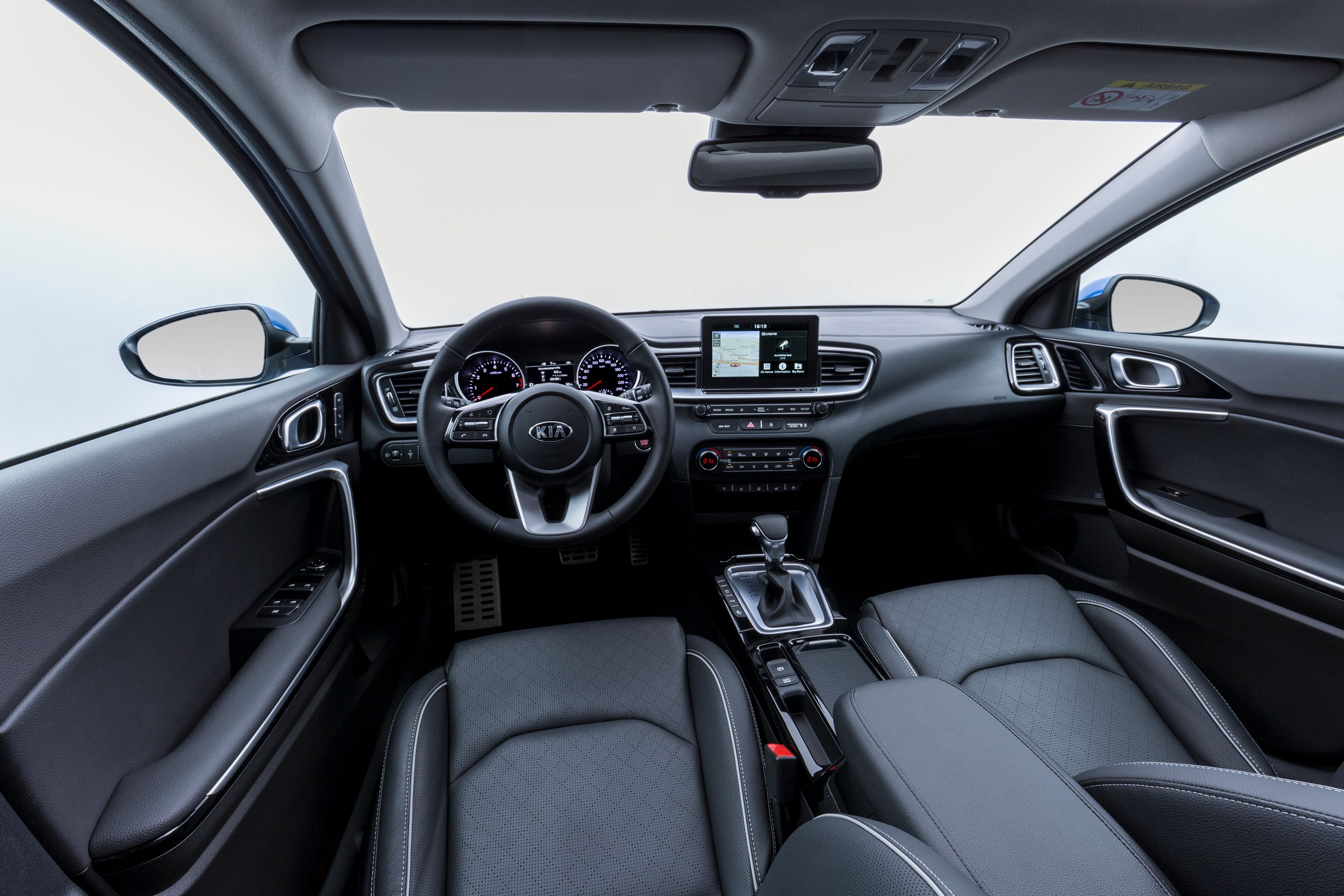
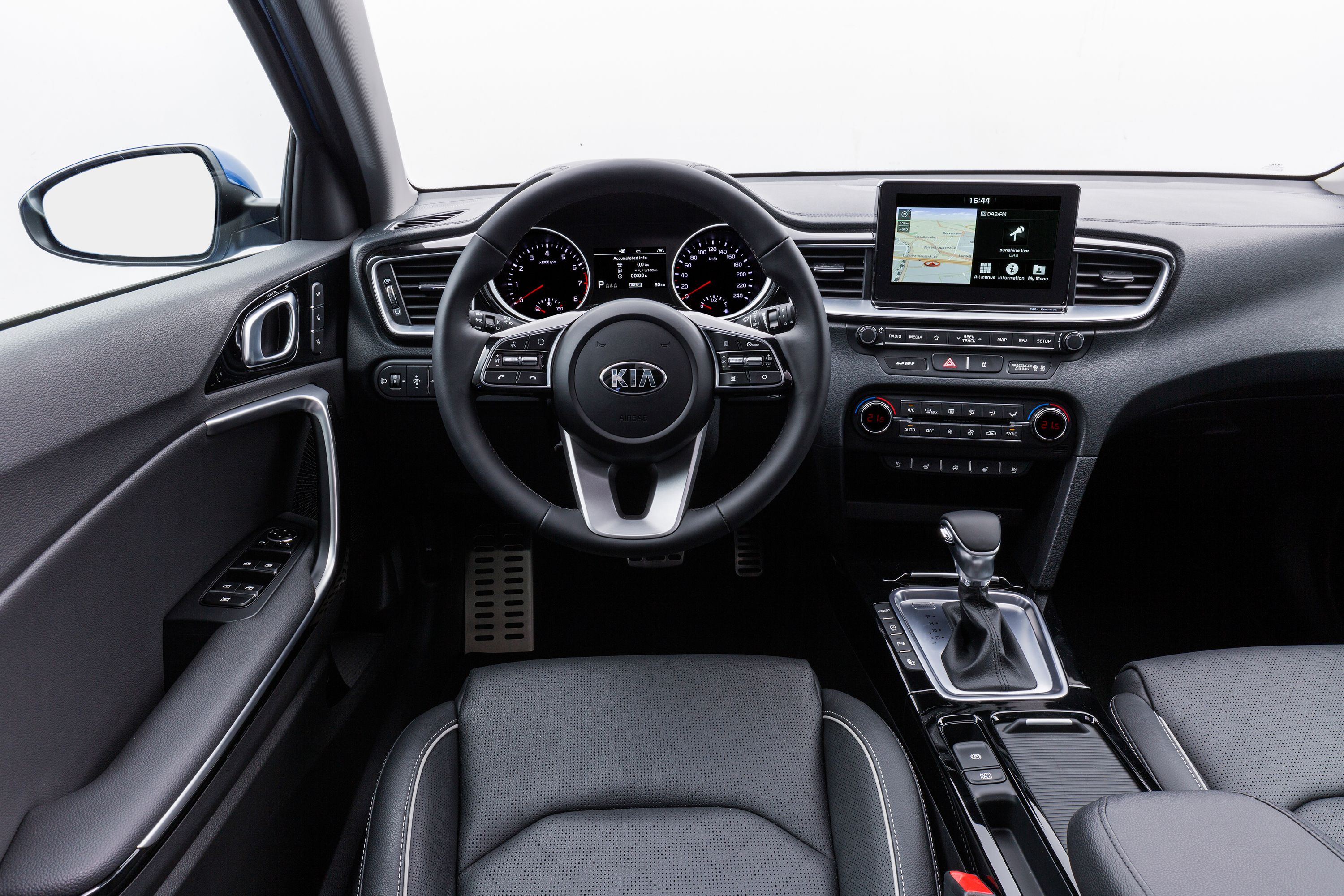
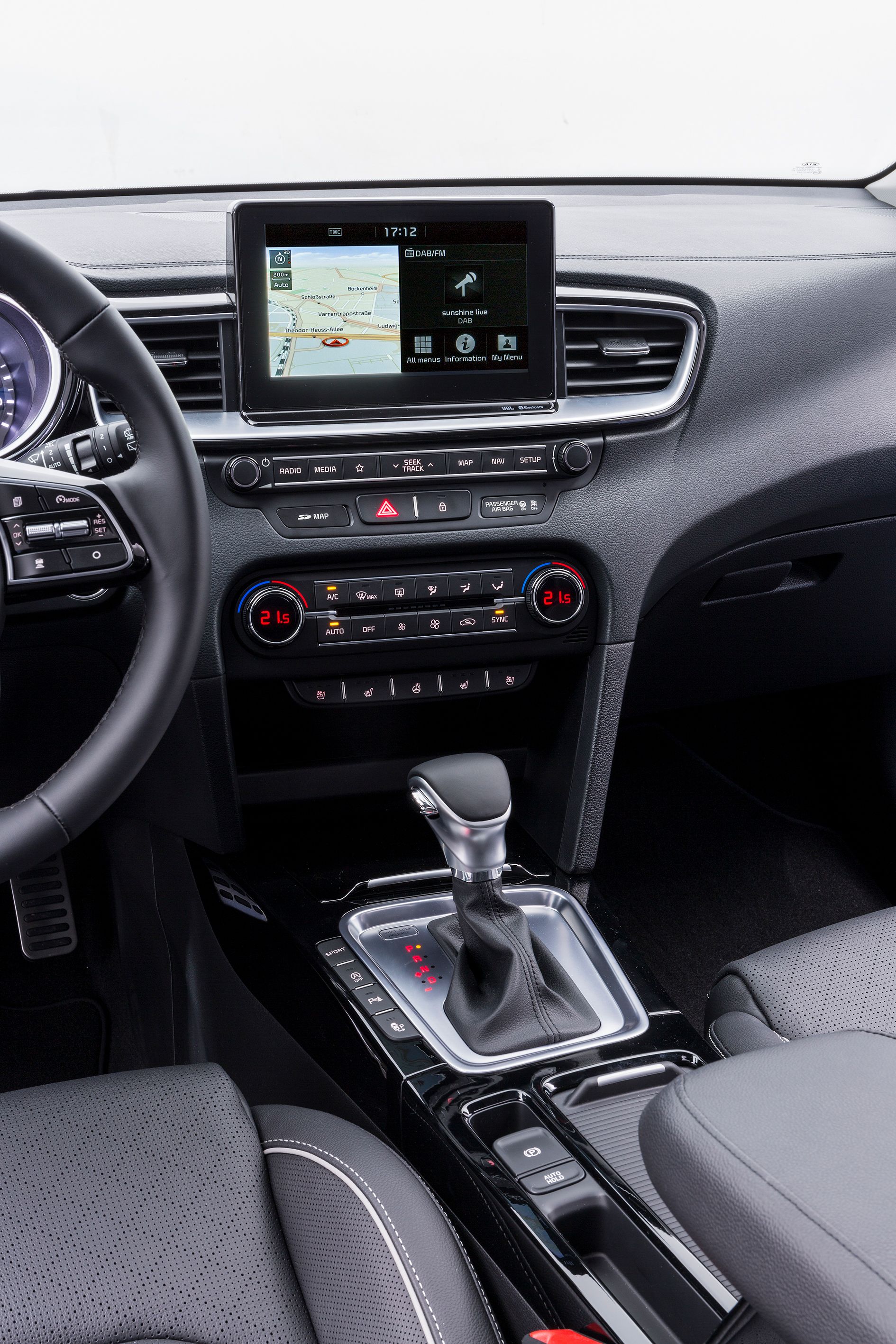
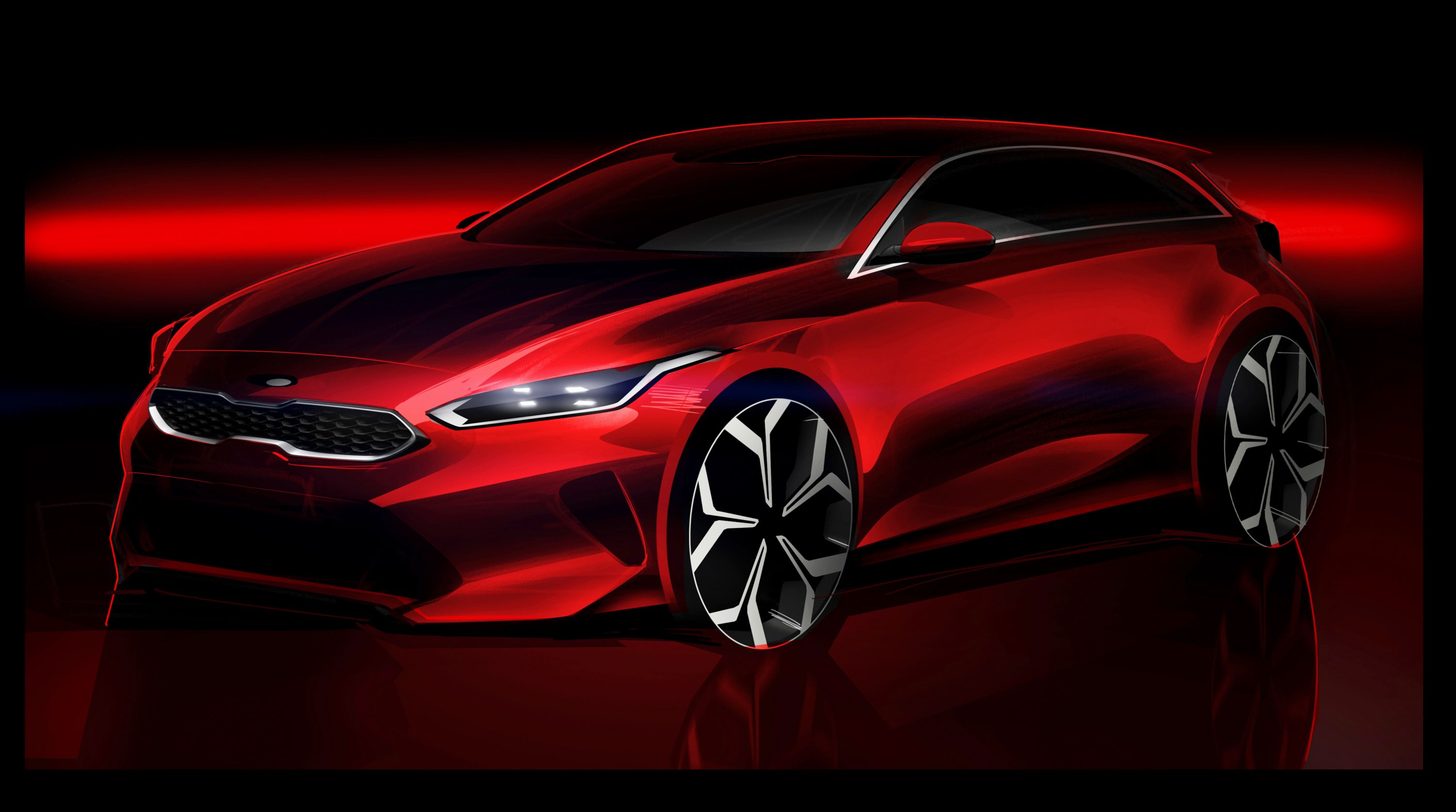
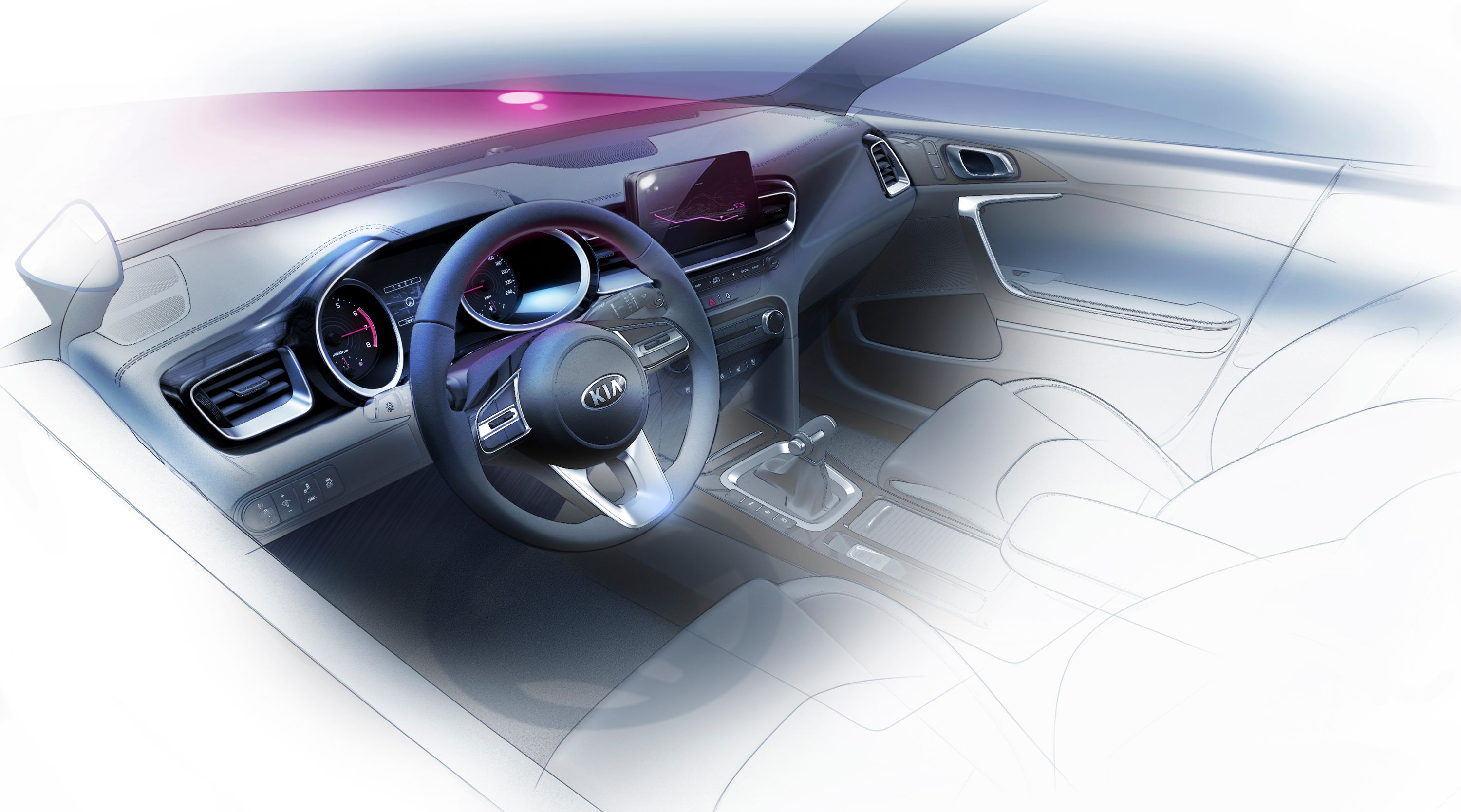
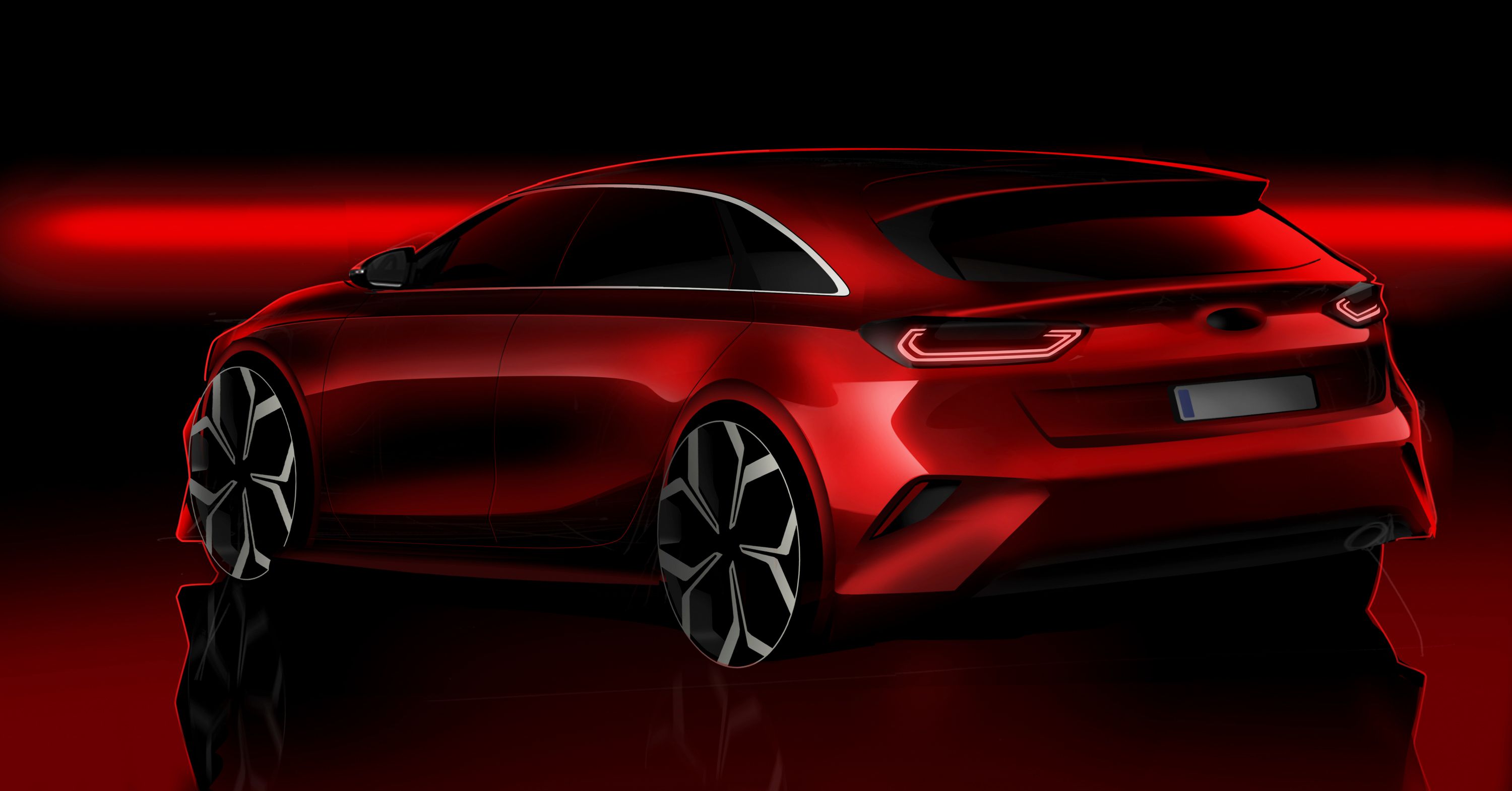
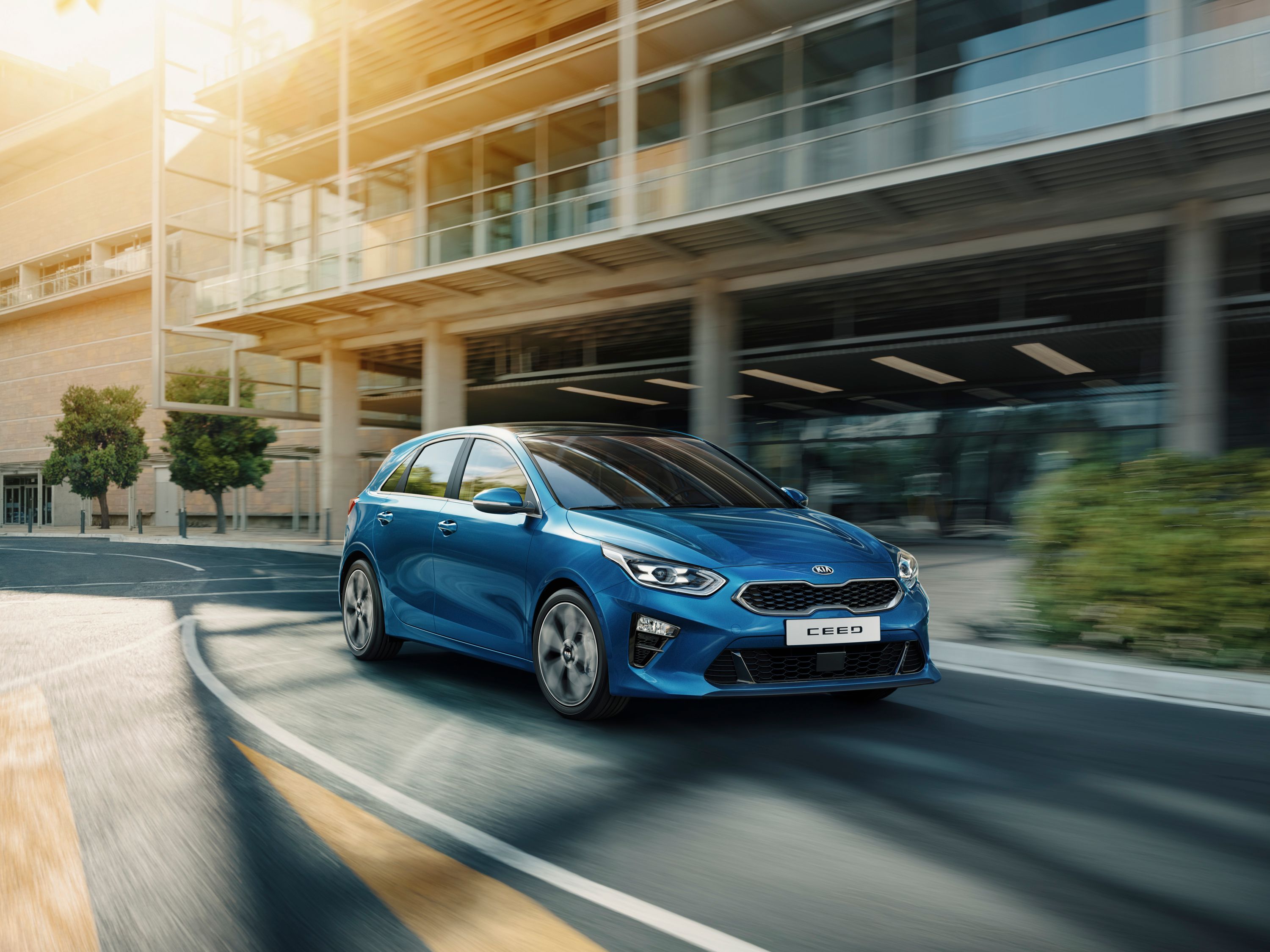
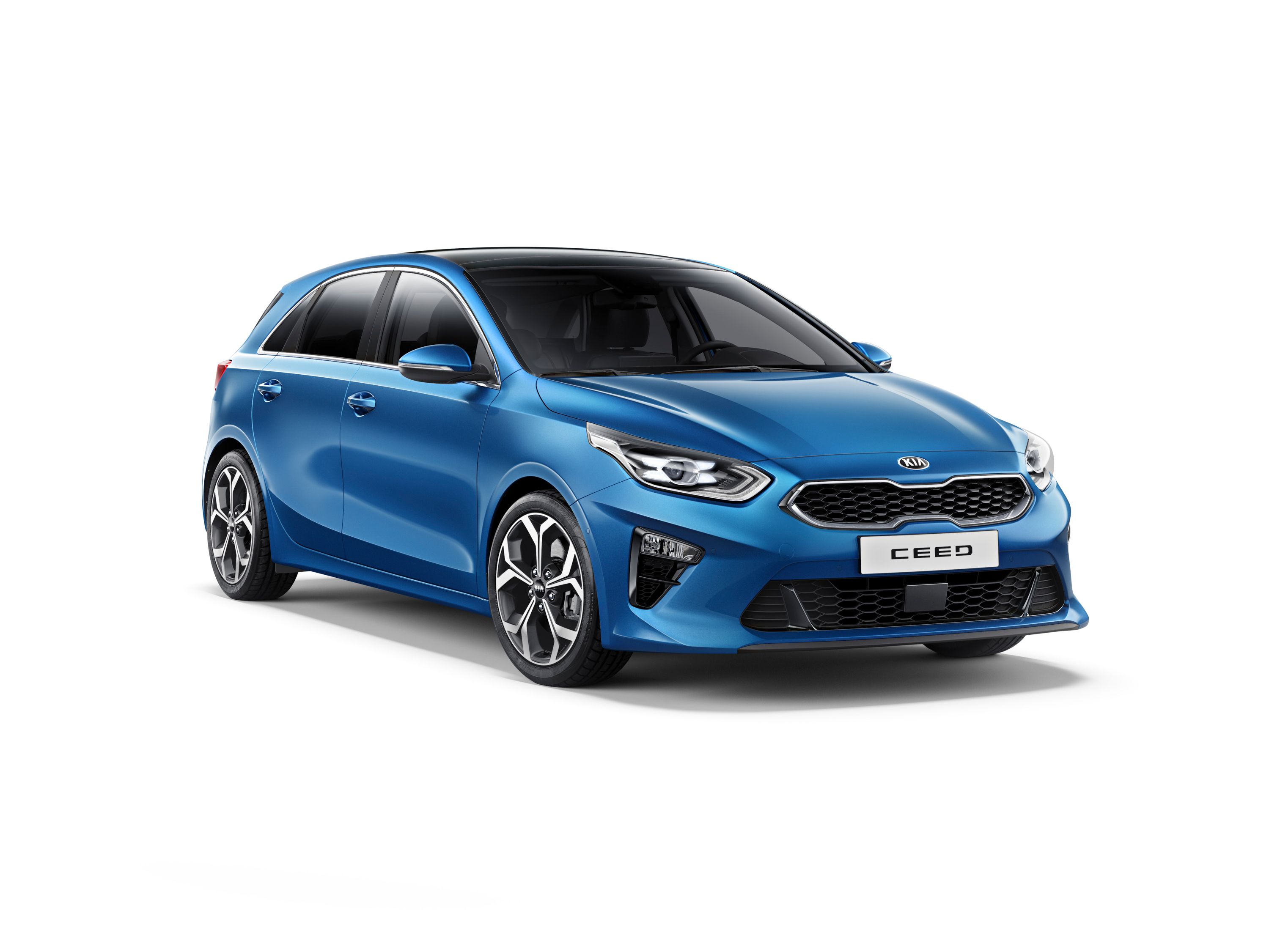
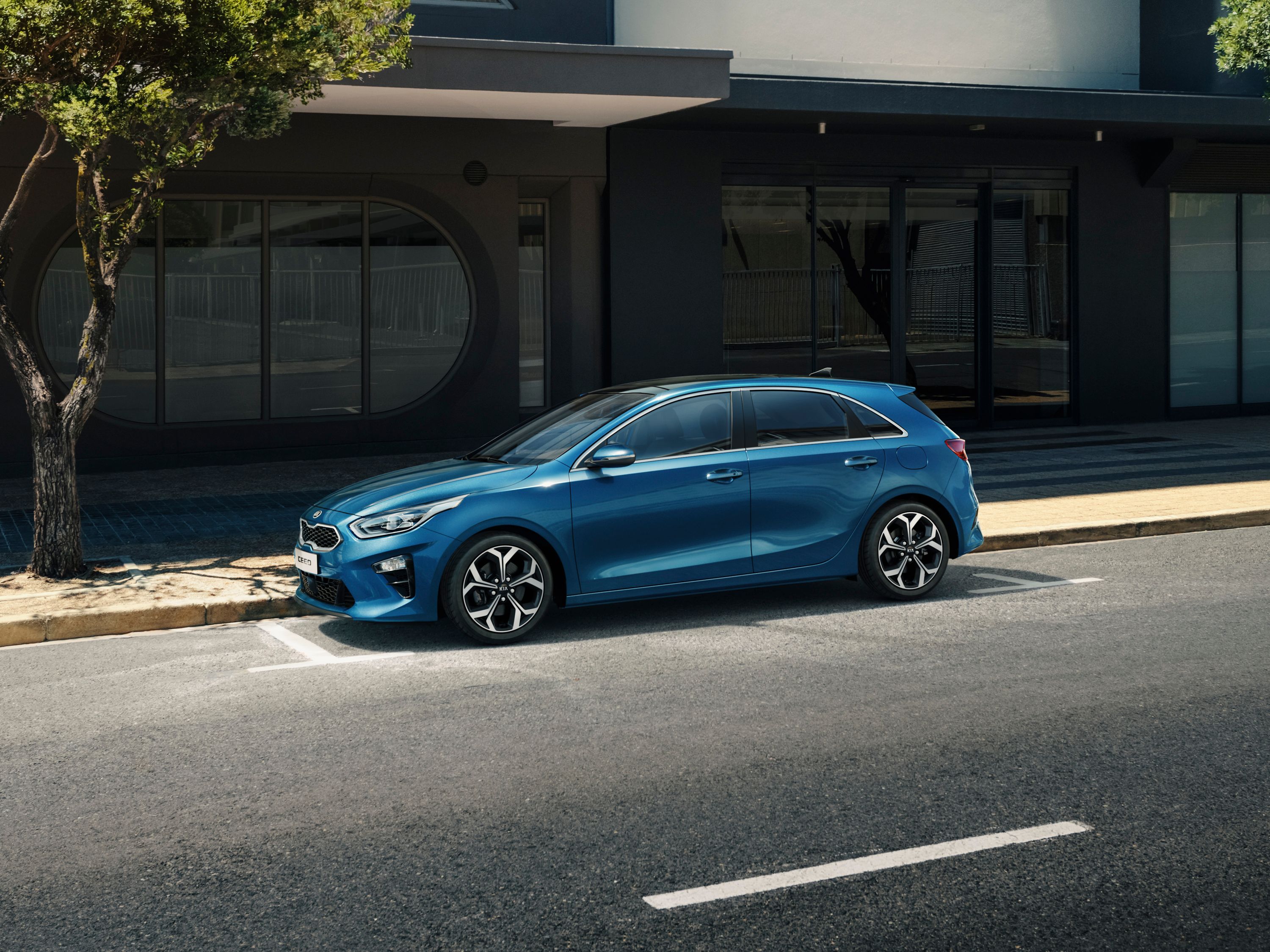
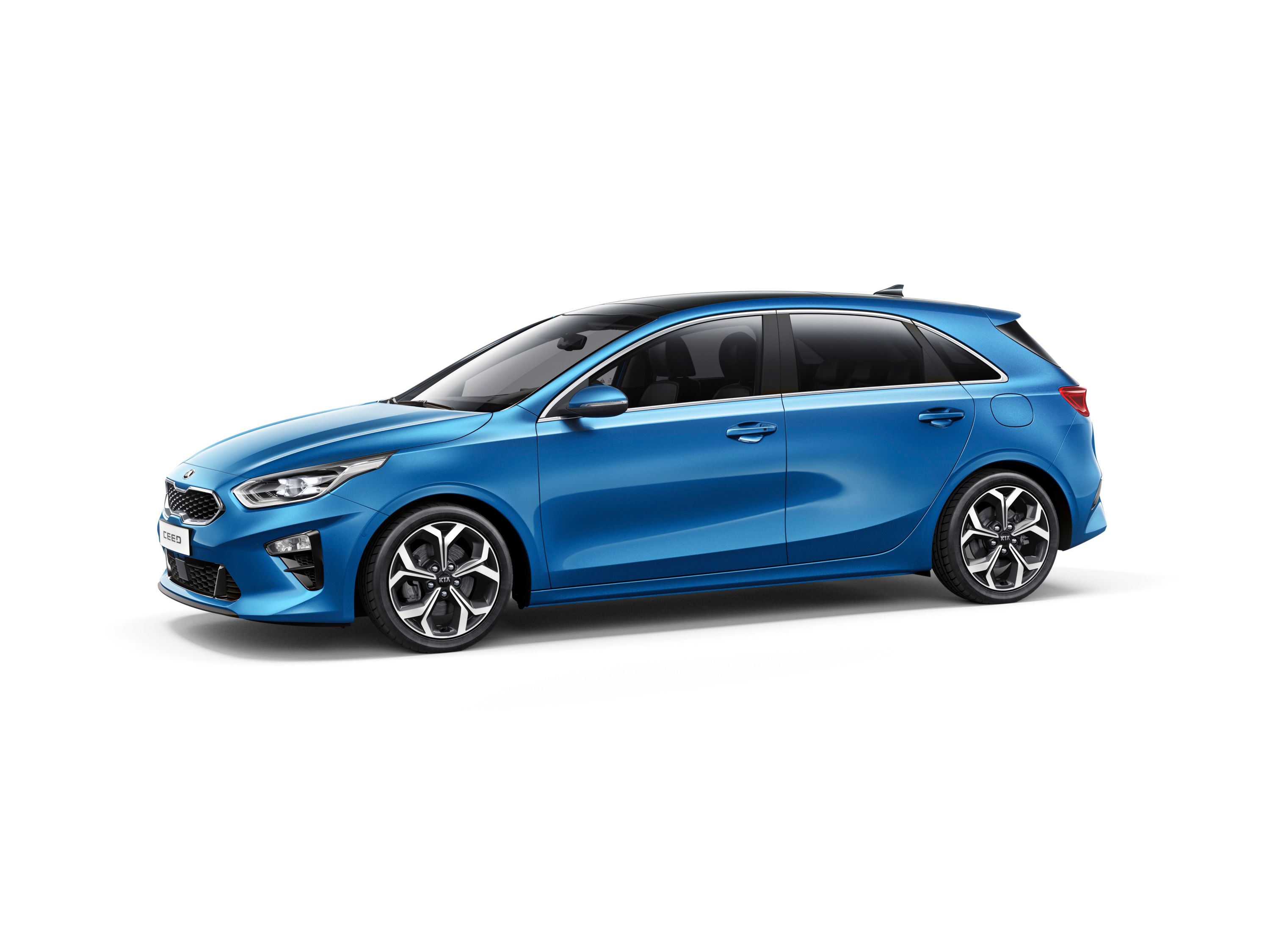
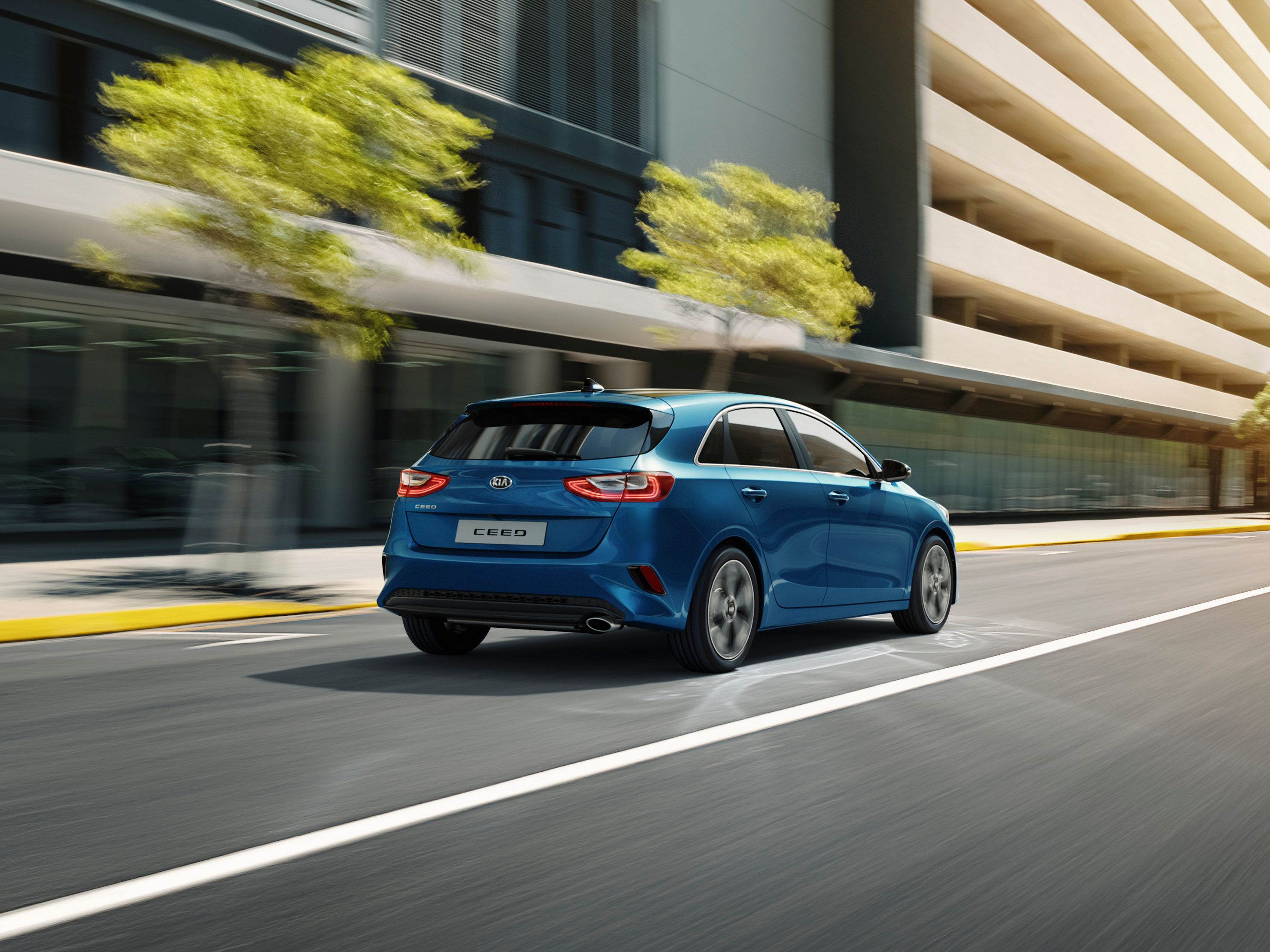
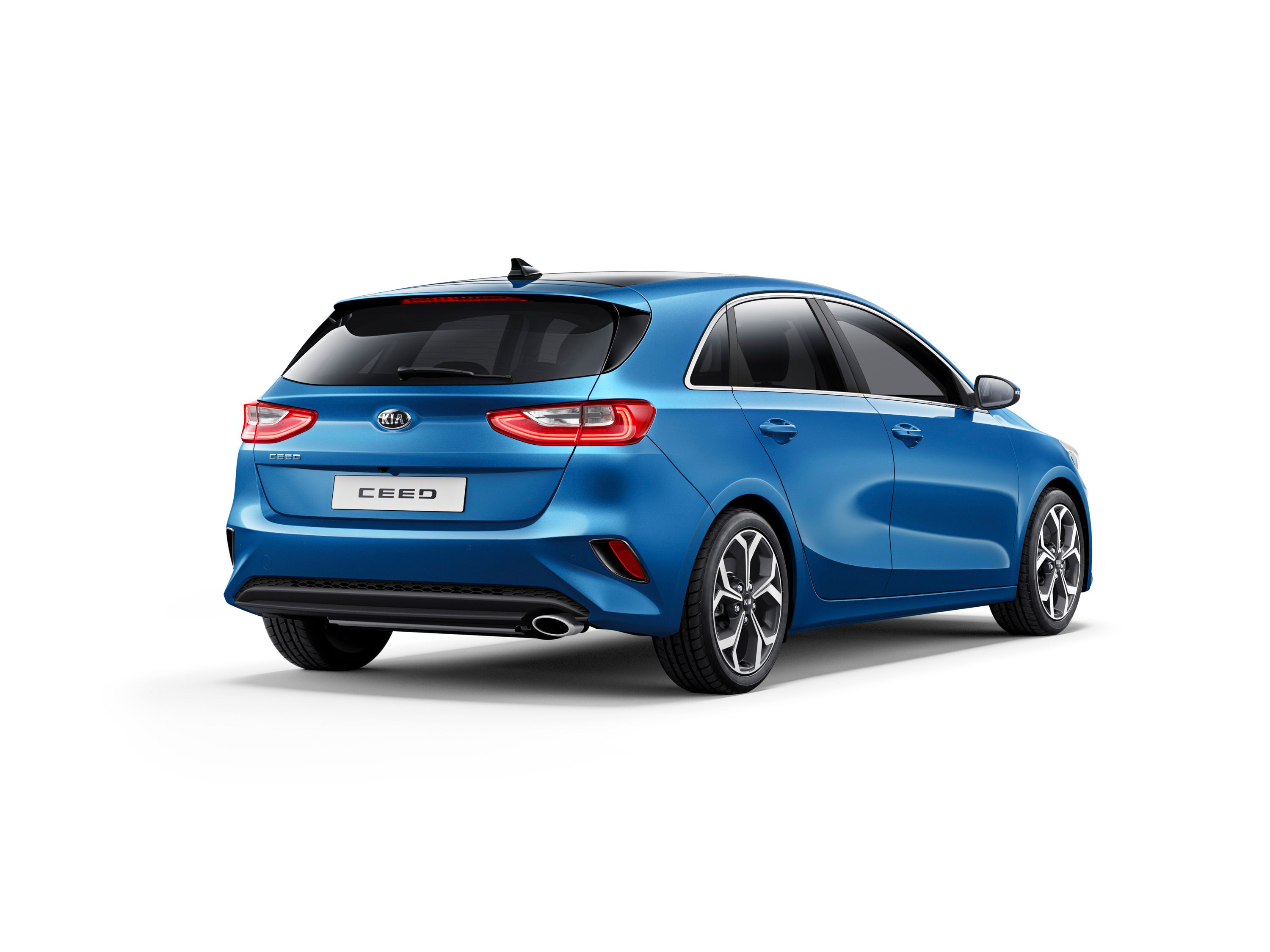
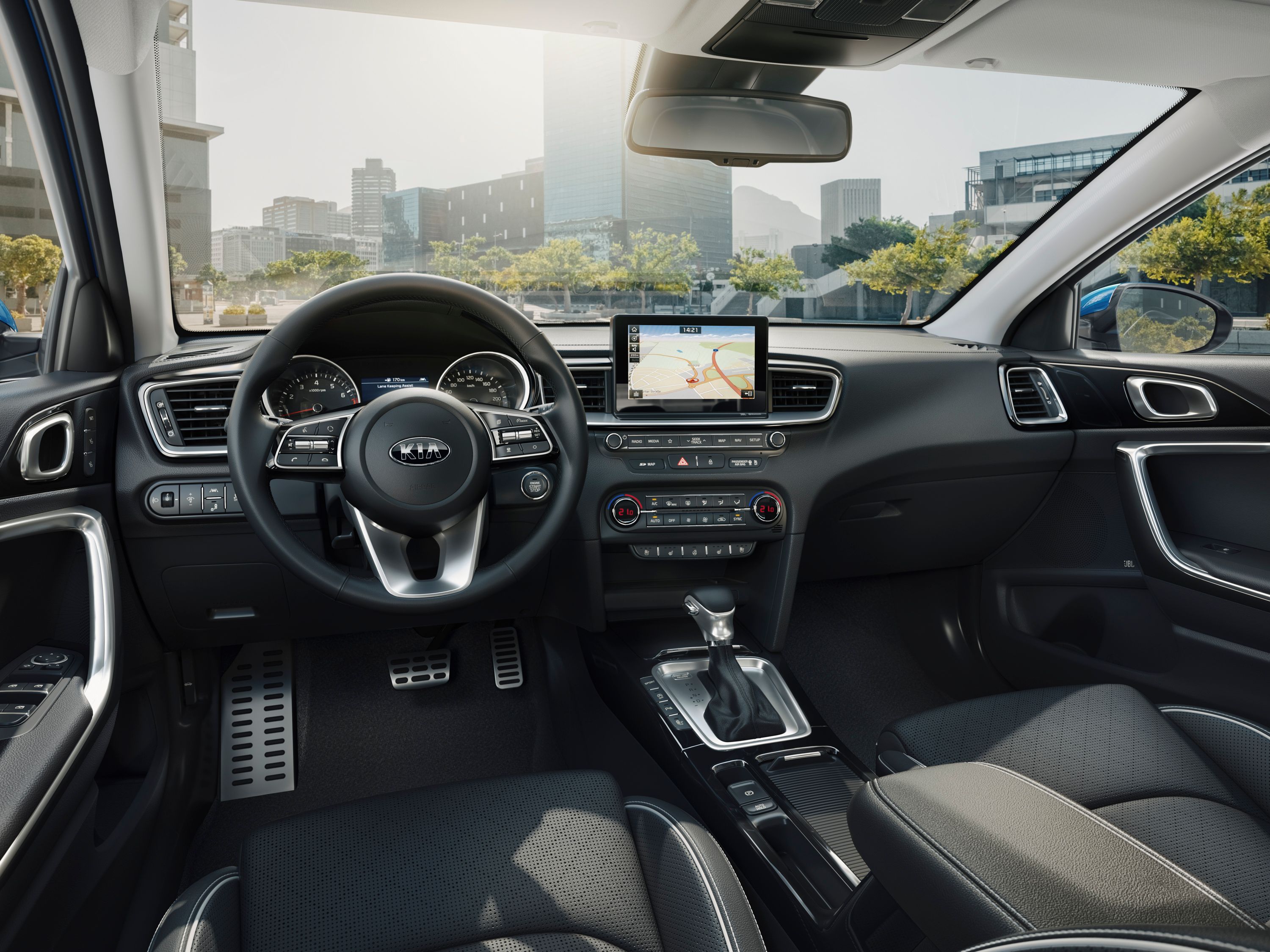
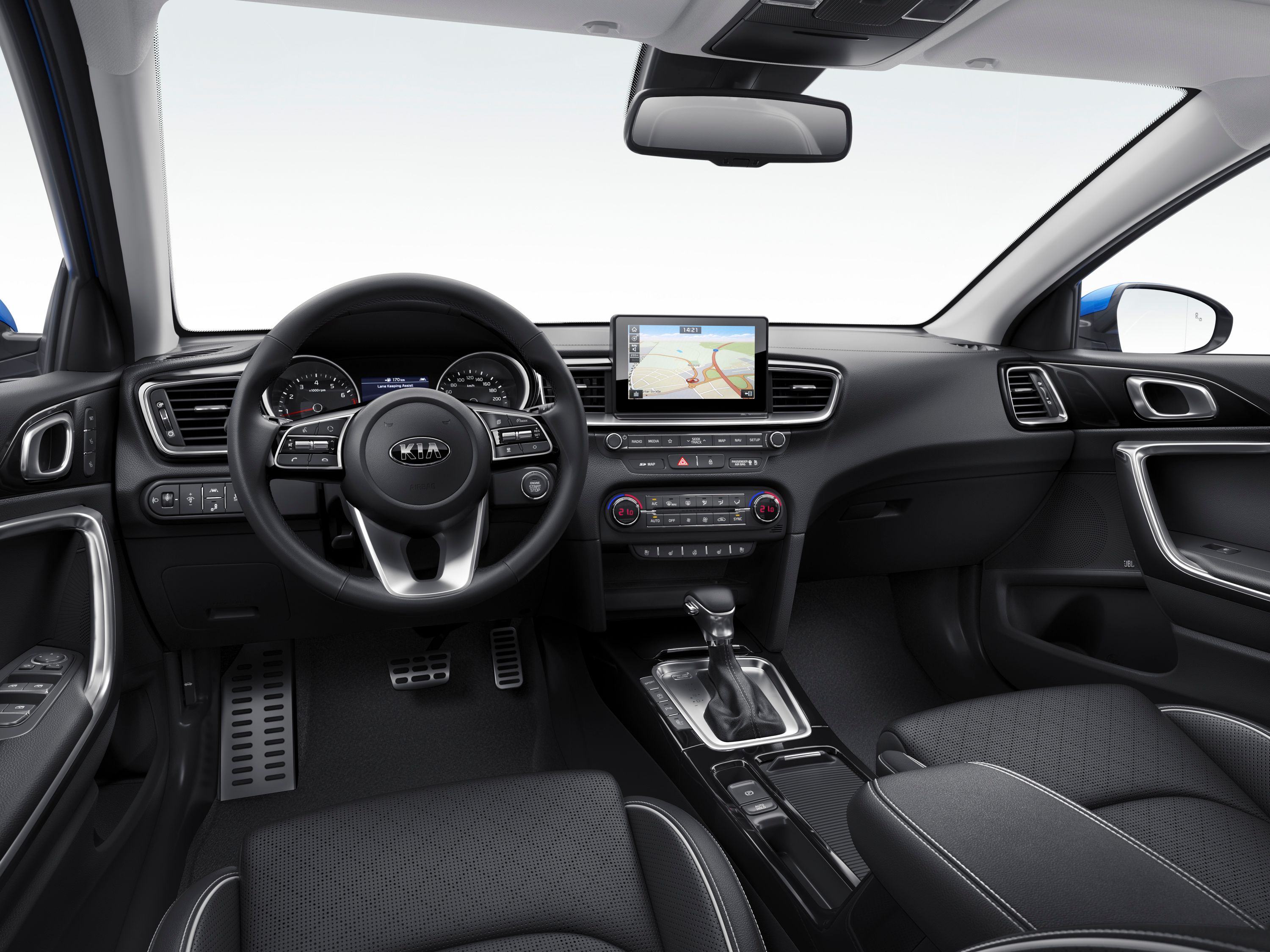
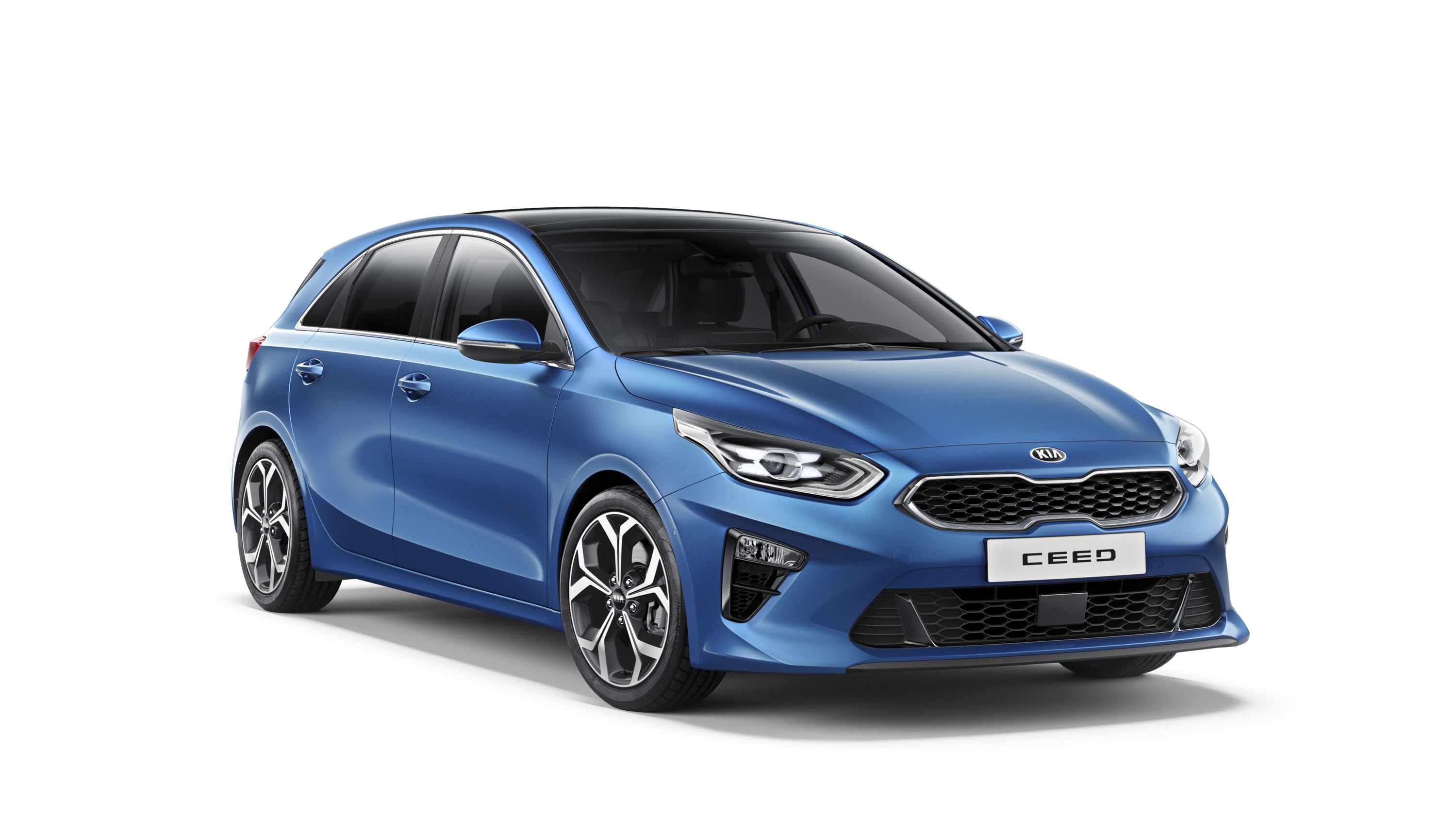
- Make: Array
- Model: 2018 Kia Ceed
- [do not use] Vehicle Model: Array
2018 Kia Ceed Exterior

Much like the Forte that was unveiled at the 2018 Detroit Auto Show, the new Ceed draws styling cues from the sporty and emotional Stinger. While the new "tigernose" grille is as big as the Stinger's, it's larger than the outgoing model and it's flanked by aggressive-looking, swept-back headlamps. These come with the "ice cube" four-unit LED daytime running lights on every trim, including the base model. Full LED headlamps are optional though.
Down below, we can spot more similarities with the Stinger, starting with the wide, trapezoidal intake. It even has a sporty splitter finished in black, and even though it's not as aggressive as the Stinger's, it adds to the hatchback's planted stance. The triangular vents on each side of the bumper have new fog lamps and a two-piece grille with a honeycomb design. The sculpted engine hood completes the sporty look of the front fascia.

Move onto the sides and you'll notice that the car is a bit longer. It also has a longer rear overhang, while the front seems longer too due to the straight, sharp lines that replaced the rounded-off edges of the previous model. The beltline is almost straight from the A-pillars to the rear, giving the profile a slightly elegant look compared to other hatchbacks in this segment. Luckily, the more organic character line just above the side skirts prevents the Ceed from being boring.
The rear end of the new car is a significant departure from the outgoing model. The sharper lines make a massive difference, but Kia also redesigned just about every detail here. The taillights are the first to catch the eye. Longer and almost rectangular, they are two-piece units with most of their surface on the tailgate. The rear glass is now larger, which provides better visibility.

The tailgate is also significantly wider at the bottom, so the loading area is bigger, meaning you can load big items easier. The license place was moved from the bumper on the tailgate for a modern look. The new bumper has a simpler design compared to the outgoing model, but it's far from boring. The center section is shaped just like the front grille, with vertical red lights on each side. A black insert at the bottom gives the impression that the Ceed uses an actual diffuser. The package is rounded off by a roof spoiler with integrated brake lights.
The hatchback is available with a choice of 12 paint finishes and several wheels designs. Buyers able to choose from 15-inch steel wheels, 16-inch steel or aluminium alloy rims, and 17-inch, two-tone, diamond cut aluminum alloy wheels.
2018 Kia Ceed Interior

The interior design is far from spectacular, but it looks modern enough and it's definitely not as cluttered as the outgoing model. It stands on its own in terms of layout, with very, very few features borrowed from other Kia cars. The dashboard makes a wraparound design with the door panels and has a flat top, a couple of features that are starting to catch on with nearly every automaker out there. It's also somewhat slim, creating a sense of openness, especially in the front passenger area.
The center console is as standard as they get, with controls for audio, heating, and ventilation systems. At the top, there are two A/C vents and a "floating" infotainment screen in the middle. The display is available in three sizes: the standard 5.0-inch unit, the optional 7.0-inch screen, or 8.0-inch unit with a navigation system. The center console is slightly angled toward the driver's seat for better ergonomic and a race car-inspired feel.

Like any new-generation model, the Ceed gets higher quality materials throughout the cabin. Surfaces are finished with metallic or satin chrome trim, with buyers able to choose from a range of cloth, synthetic leather or genuine leather upholstery. A leather-wrapped steering wheel and gear stick are available as options. As far as space goes, Kia says that shoulder room and headroom for rear passengers has been improved. The same goes for headroom for front passengers, mostly due to a lower driving position. The trunk is slightly bigger at 395 liters (around 14 cubic feet).
Moving over to tech, the Ceed comes with standard Bluetooth smartphone integration, automatic lights, keyless entry in base trim. Options include wireless charging, heated and ventilated front seats, heated rear seats, and a JBL Premium sound system with Clari-Fi music restoration technology. There's also an optional heated windshield. It has nearly imperceptible wires to heat the glass and melt away frost, ice, and windscreen mist at the push of button. The Ceed is the first Kia to use this technology.
2018 Kia Ceed Drivetrain

Several engine options are available for the new Ceed, starting with an updated version of the 1.0-liter T-GDi, which is now rated at 120 PS (118 horsepower). The old 1.6-liter GDI was dropped altogether and replaced by a brand-new, 1.4-liter T-GDI that generates 140 PS (138 horsepower). Compared to the outgoing 1.6-liter mill, it has a wider torque band, it's more responsive, and emits less carbon-dioxide. A 1.4-liter MPi unit with 100 PS (99 horsepower) will become available at a later date, but Kia didn't have much to say about it.
Being an Euro-spec car, the Ceed also gets a few diesel options. Specifically, it now uses the company's new "U3" oil burner, in the shape of a 1.6-liter CRDi powerplant. The new design uses Selective Catalytic Reduction (SCR) active emissions control technology to significantly emissions emissions. Kia expects carbon-dioxide emissions to fall below 110 g/km on the new Worldwide Harmonised Light Vehicle Test Procedure (WLTP), when converted to the New European Driving Cycle (NEDC). Output wise, it will be available with either 115 or 136 PS (113 or 134 horsepower) and 280 Nm (207 pound-feet) of torque.

Every engine will be paired with a six-speed manual transmission, while the new 1.4-litre T-GDi and 1.6-litre CRDi engines will also be available with Kia’s seven-speed double-clutch transmission.
The hatchback rides on a new, independent suspension, revised spring and damper rates, and a faster steering rack. Due to these improvements, the Ceed is now more agile and offers immediate handling response.
2018 Kia Ceed Safety

The Ceed comes with seven airbags as standard, but it also features the company's latest assistance technology, starting with the standard High Beam Assist, Driver Attention Warning, Lane Keeping Assist, and Forward Collision Warning with Forward Collision-Avoidance Assist. The Ceed is also available with Lane Following Assist, making it the first Euro-spec Kia to use it.
A "Level Two" autonomous driving technology, it tracks vehicles in front and identifies appropriate spaces in other lanes to move in to in order to gain more ground in heavy traffic. It also detects road markings to keep the car in its lane and controls acceleration, braking, and steering depending on the traffic ahead. The system uses external sensors to maintain a safe distance from the vehicle in front at up to 81 mph.
Additional optional active safety features include Smart Cruise Control with Stop & Go, Blind Spot Collision Warning, Rear Cross-Traffic Collision Warning, Smart Parking Assist, and pedestrian recognition with haptic steering wheel warnings for the Forward Collision-Avoidance Assist system. The new-generation hatchback also uses Vehicle Stability Management (VSM) for enhanced stability when braking and cornering.
2018 Kia Ceed Prices

Pricing information is not yet available, but it new Ceed shouldn't cost significantly more than the outgoing Cee'd. The latter retails from £15,365, so it's safe to say that the new-generation hatchback will come in at around £16,000 before options. Expect pricing for the diesel model to jump from £17,305 to around £18,000.
2018 Kia Ceed Competitors
Volkswagen Golf
Now in its seventh generation (in production since 2012 in Europe), the Volkswagen Golf continues to be the leader of the compact hatchback segment on the Old Continent. The German hatchback is sold with a wide choice of engines, ranging from 1.0-liter three-cylinder units to 2.0-liter four-pots, with output ranging between 85 to 150 PS. The 2.0-liter mills are of course restricted to the performance-oriented GTI and R models, both of which benefit from more than 200 horsepower. Moving over to diesels, there are 1.6- and 2.0-liter four-bangers generating between 115 PS to 184 PS and 280 pound-feet in the GTD model. U.K. prices start from £18,230 (about $23,470) and go all the way up to £27,500 for the GTI and £32,850 for the R.
Read our full review of the 2018 Volkswagen Golf.
Ford Focus
Currently, in its third generation, the Ford Focus is yet another popular choice in Europe. Although far from new, having been launched back in 2010, the current Focus received a comprehensive facelift in 2015, when Ford also added a high-performance RS version. Drivetrains aren’t as varied as the Golf’s, but the Euro-spec Focus can be had with both gasoline and diesel engines. Options include 100 PS and a 125 PS 1.0-liter EcoBoost units, a 150 PS 1.5-liter EcoBoost on the gasoline front. Diesel options include 95 PS and 120 PS versions of the 1.5-liter TDCi and a 2.0-liter TDCi rated at 150 PS. Unlike the Ceed, the Focus can be had with higher revving engines in ST and RS trim. The Focus retails from £20,135 in the U.K., making it the most expensive of the bunch.
Read our full story on the 2018 Ford Focus.
Hyundai i30
The i30 is a much newer nameplate, having been launched in 2007, but Hyundai's vehicles have evolved so much in recent years that it deserves a place on this list. What's more, the i30 is closely related to the Ceed, as the two have been sharing underpinnings since the beginning. Redesigned for 2017, the i30 is as fresh as it gets and its design boasts Hyundai's latest design cues. The interior not only looks modern, but it's well equipped too, including a standard dynamic rear-view camera, Bluetooth, USB, and a wireless inductive charging pad. The optional eight-inch navigation system comes with TomTom LIVE, 3D maps, Apple CarPlay and Android Auto. Four drivetrains are available, starting with a 1.4-liter unit rated at 100 PS. A turbo 1.0-liter ranks out 120 PS, while the turbo 1.4-liter sends 140 PS to the front wheels. A 1.6-liter turbodiesel is available in three flavors, with 95, 110, and 133 PS. Pricing starts at £16,995.
Read our full review of the 2017 Hyundai i30.
Conclusion

With more than 1.28 million units built in Europe since its introduction in December 2006, the Kia Cee'd is definitely among the most popular hatchbacks in the compact niche. Sure, it might not be as iconic as the Volkswagen Golf and Ford Focus, which go way back, but the Cee'd has become increasingly popular in emerging markets from Central and Eastern Europe, but also in the United Kingdom. The growth is likely to continue now that Kia has access to better technology and better designers, so the third-generation Ceed will probably become the nameplate's best embodiment yet. We should find out more at the Geneva Motor Show, so make sure you stay tuned for details.
References
Kia Ceed
Read our full review on the 2017 Kia C'eed.

Kia Shows off the All-New Kia Ceed Prior to its Geneva Debut
Read more Kia news.
Read more Geneva Motor Show news.

